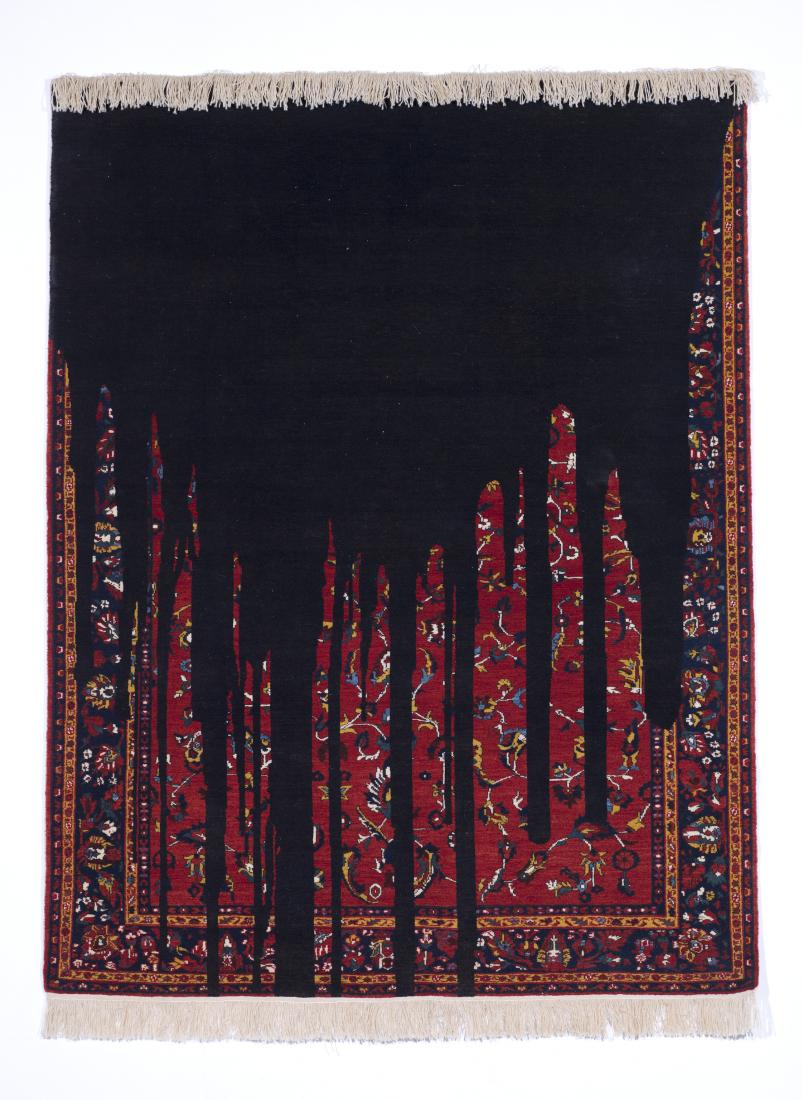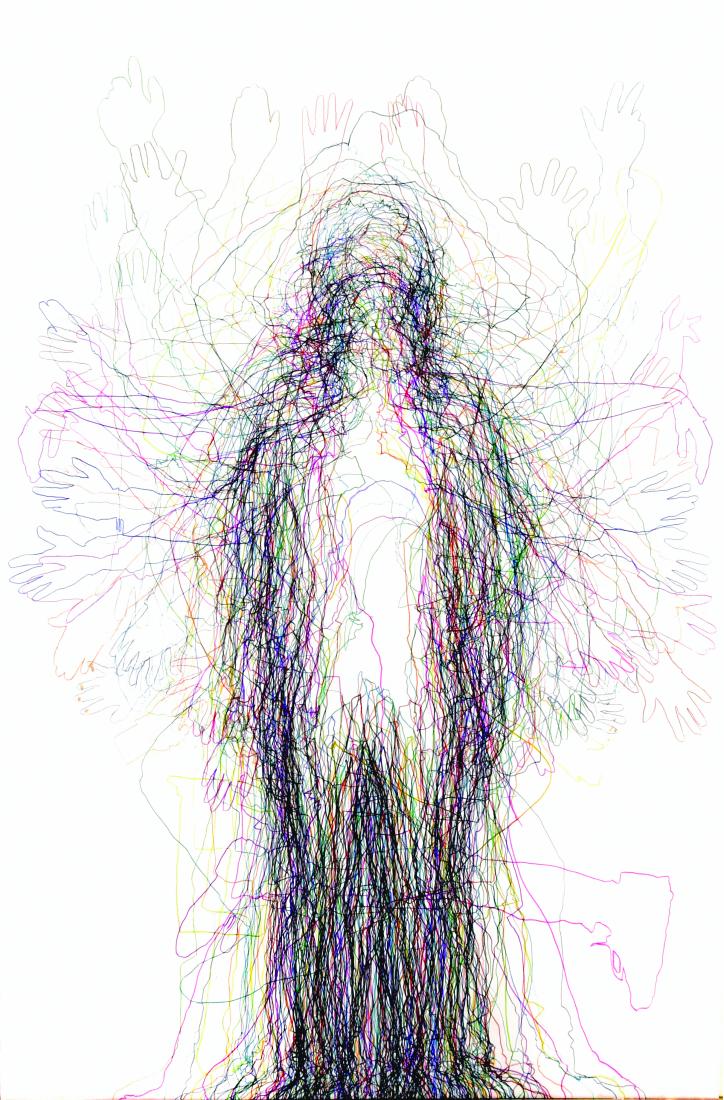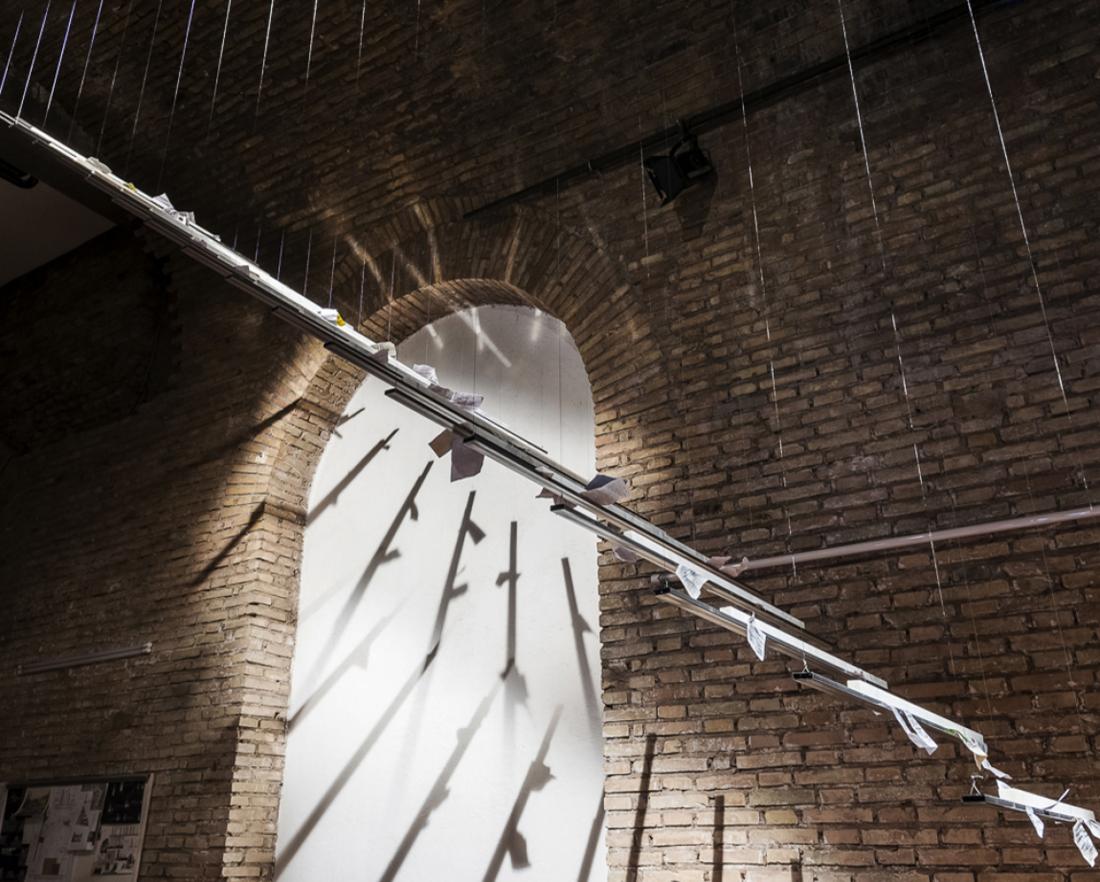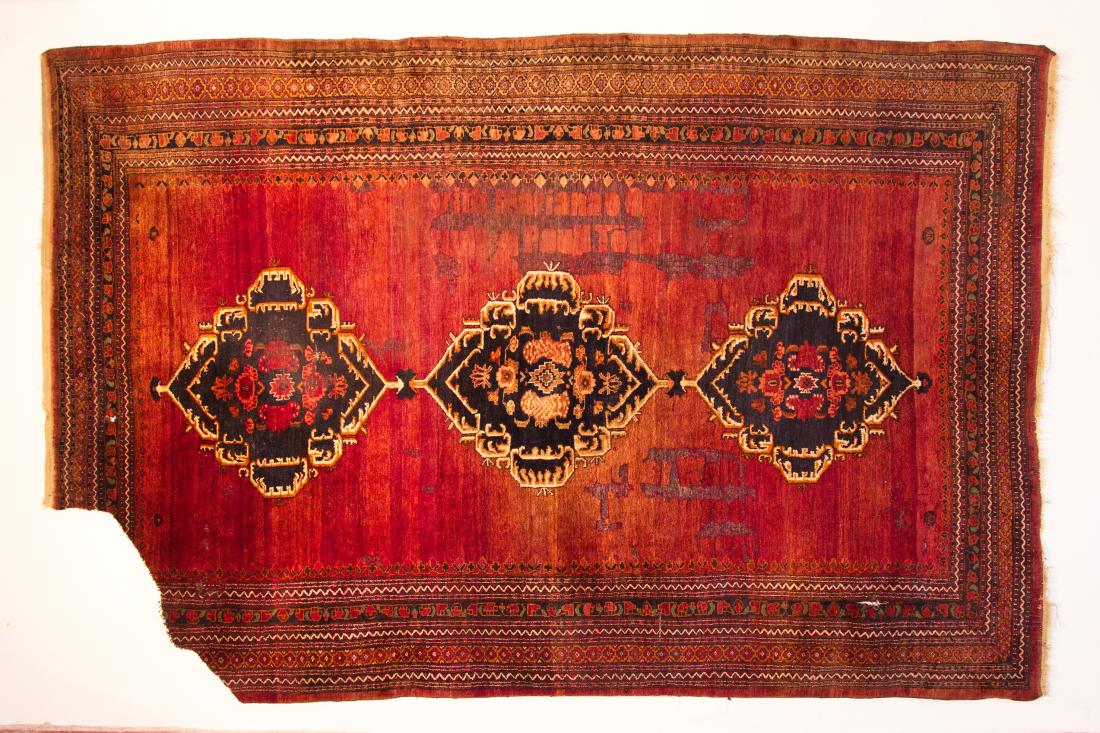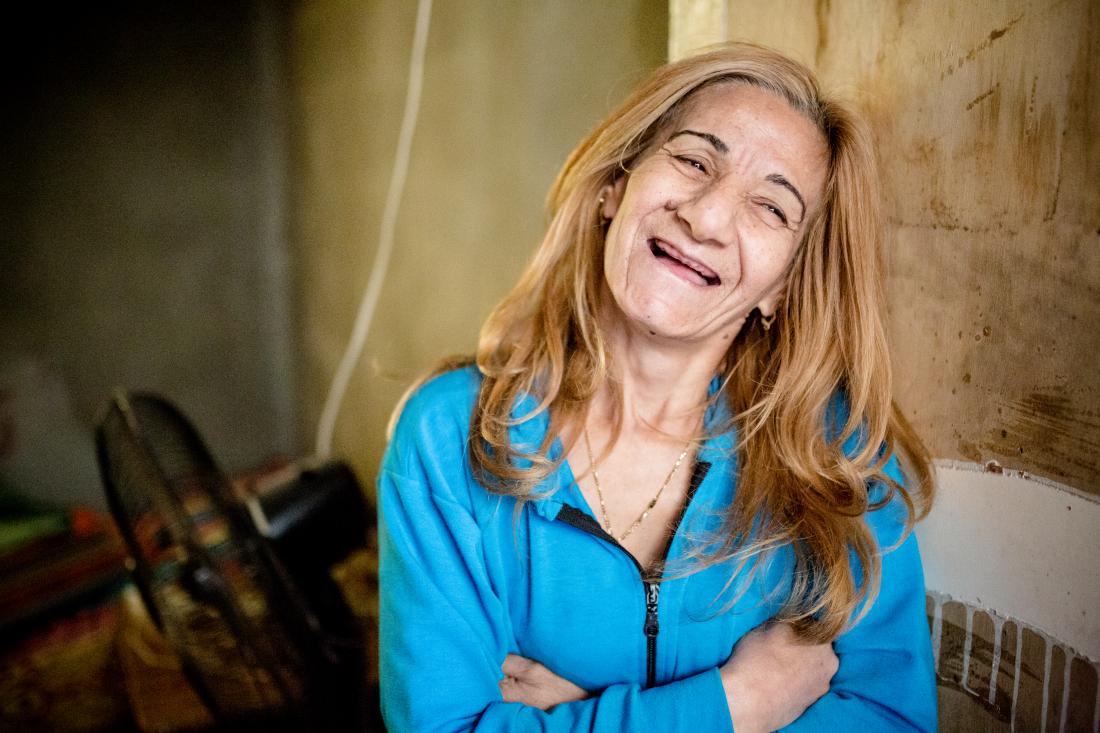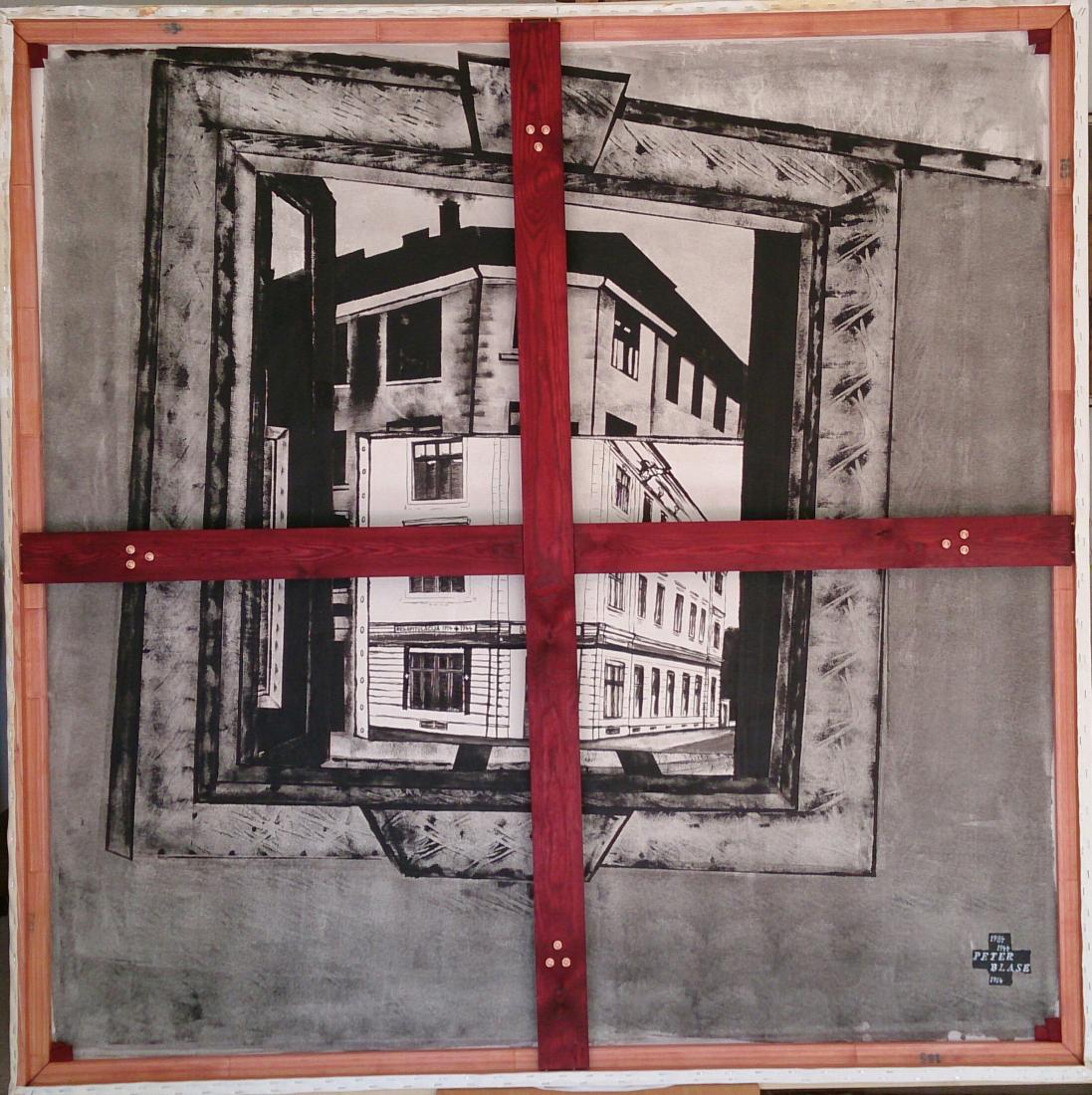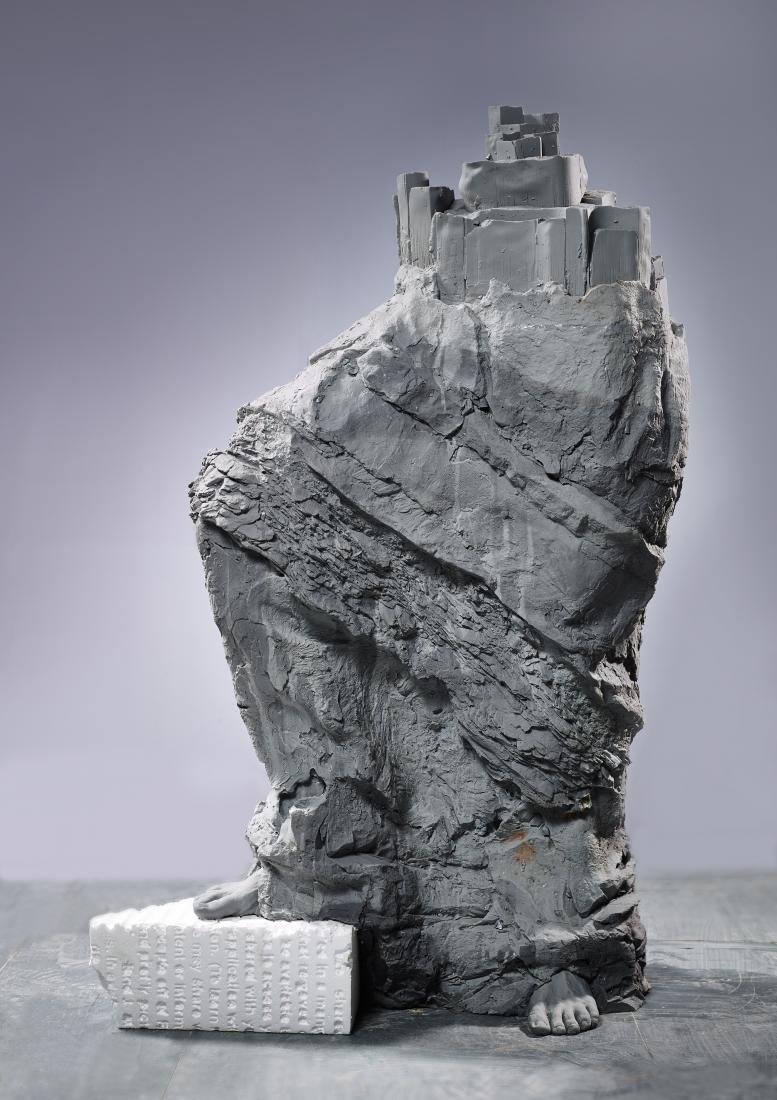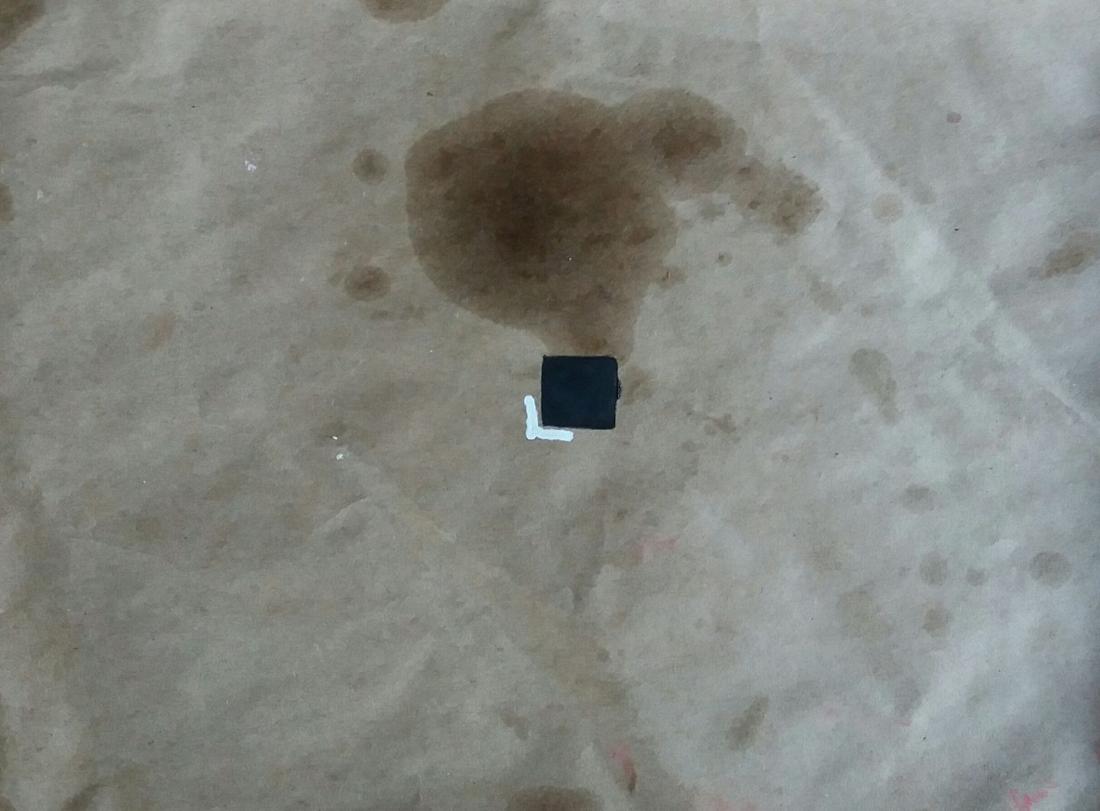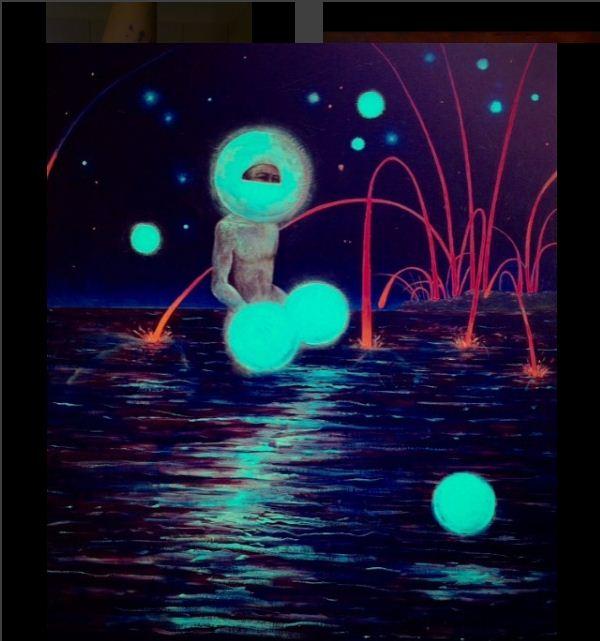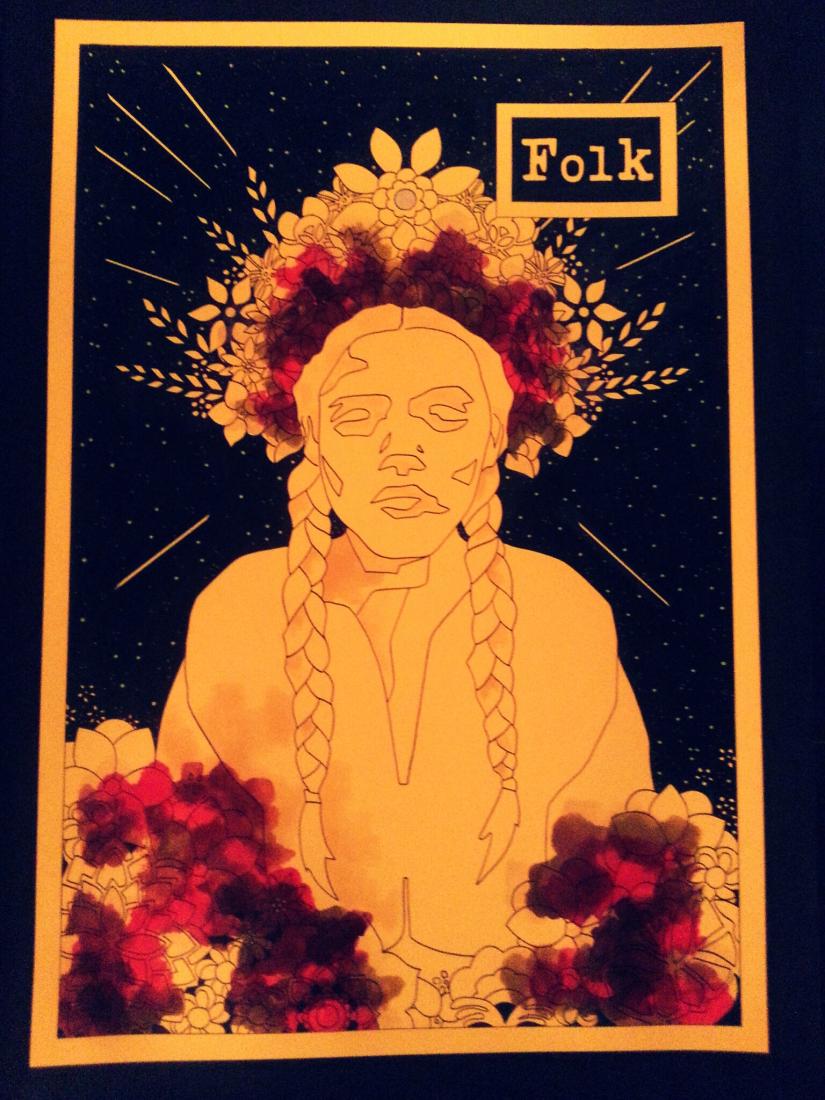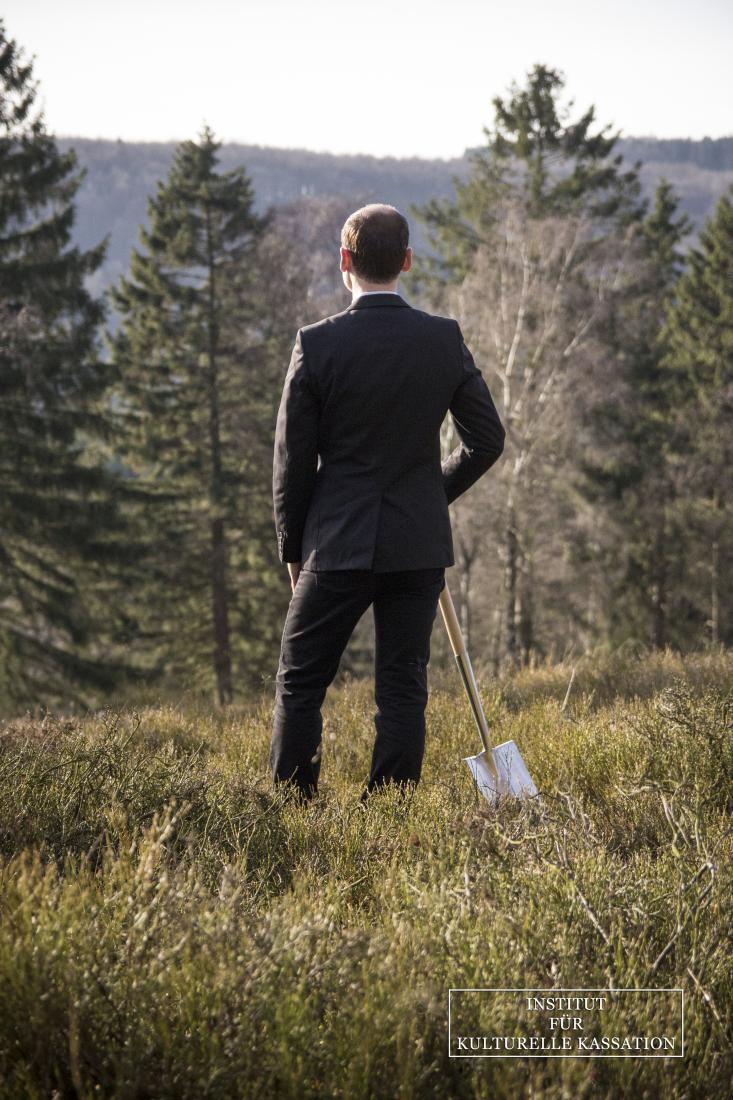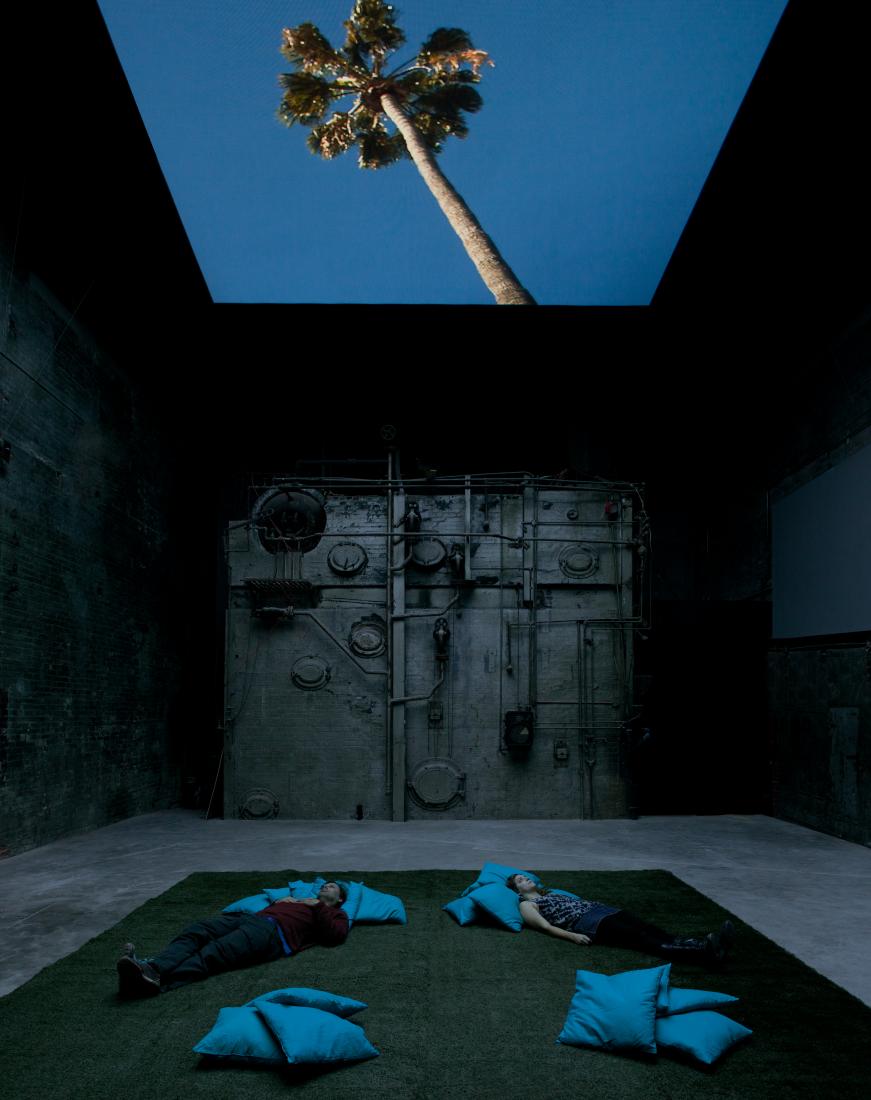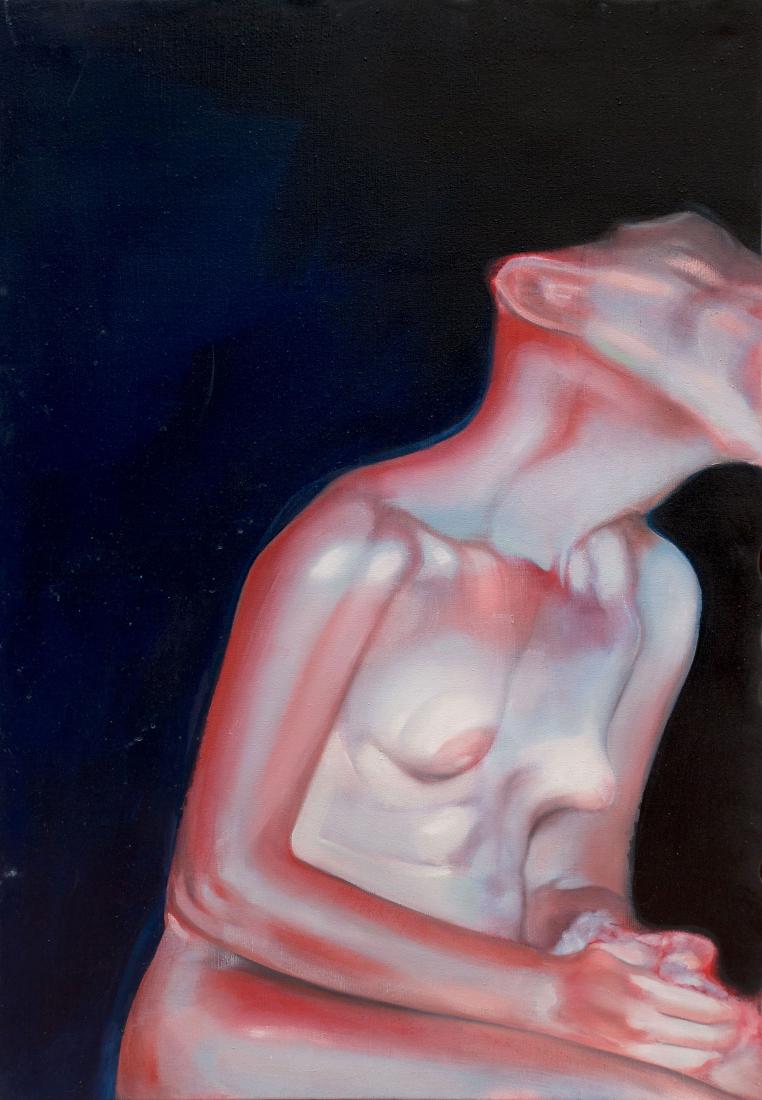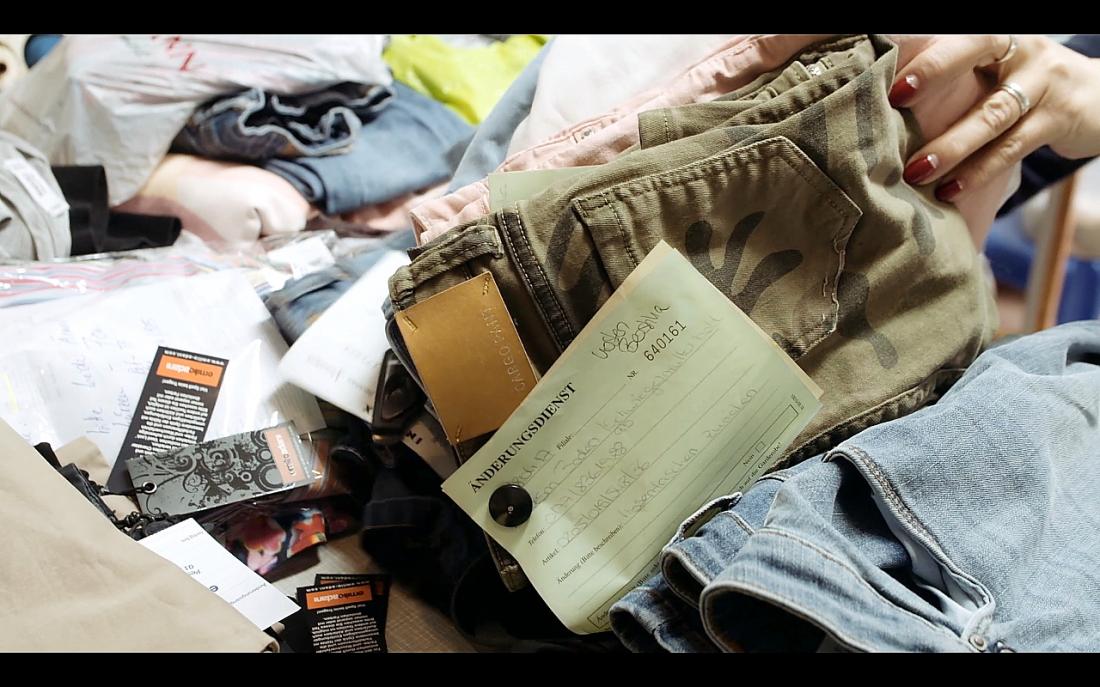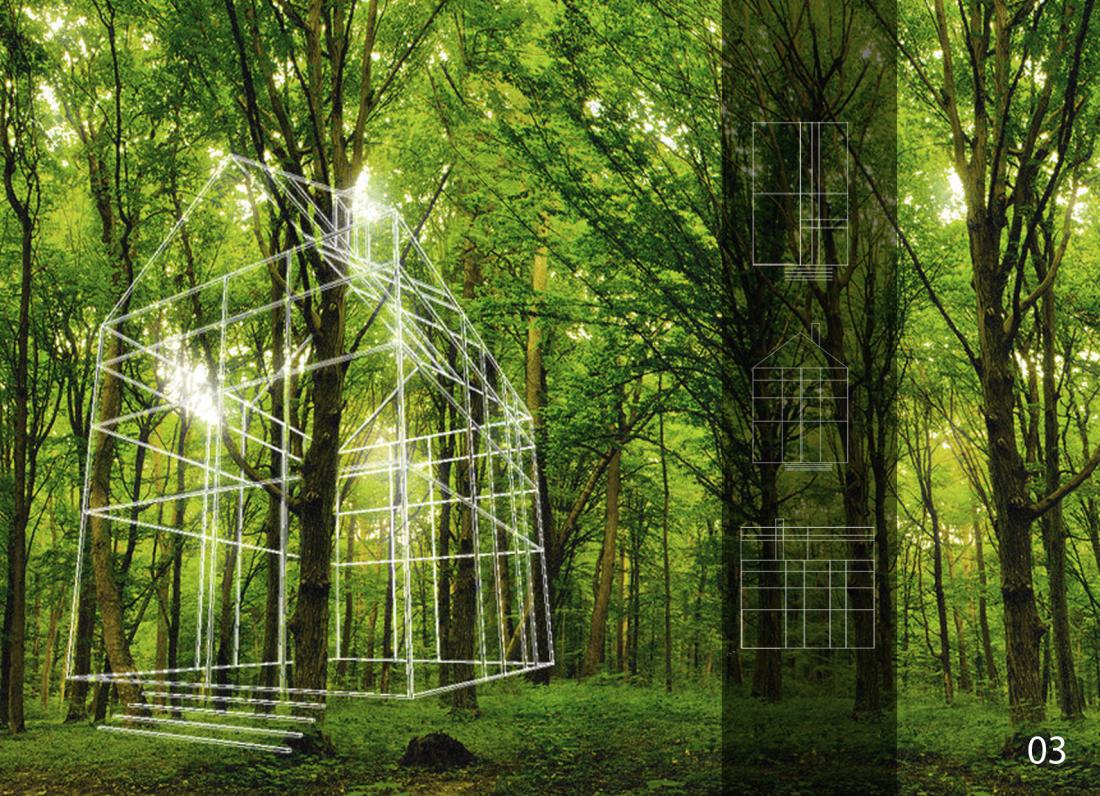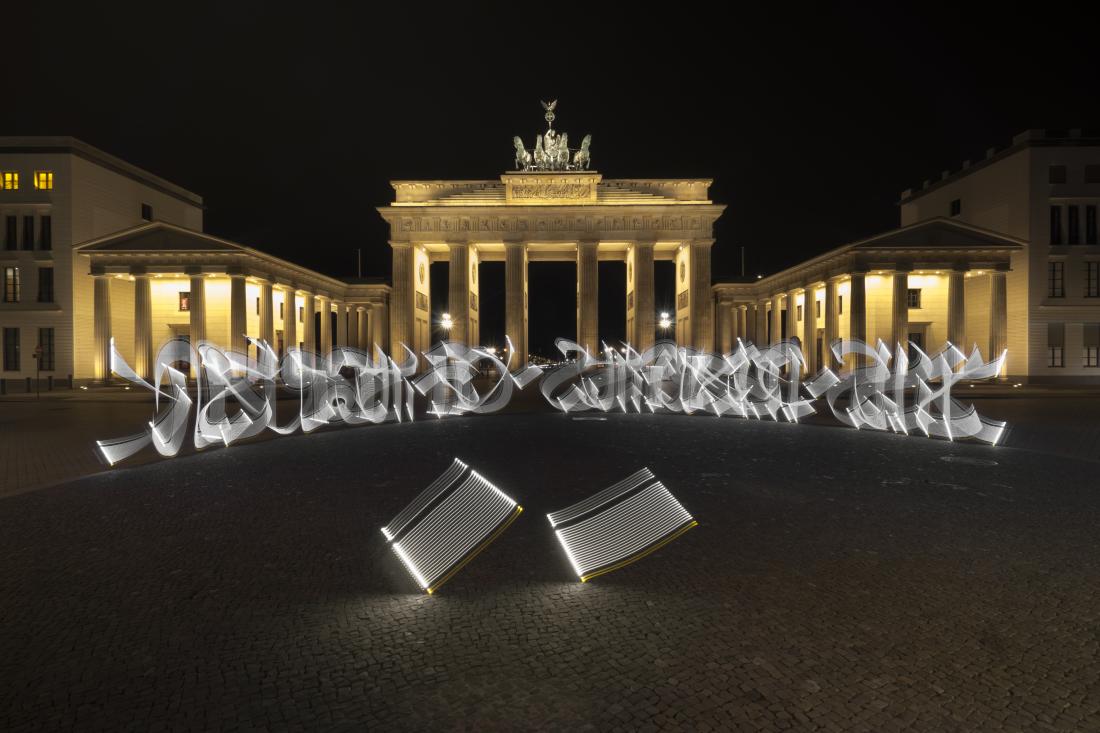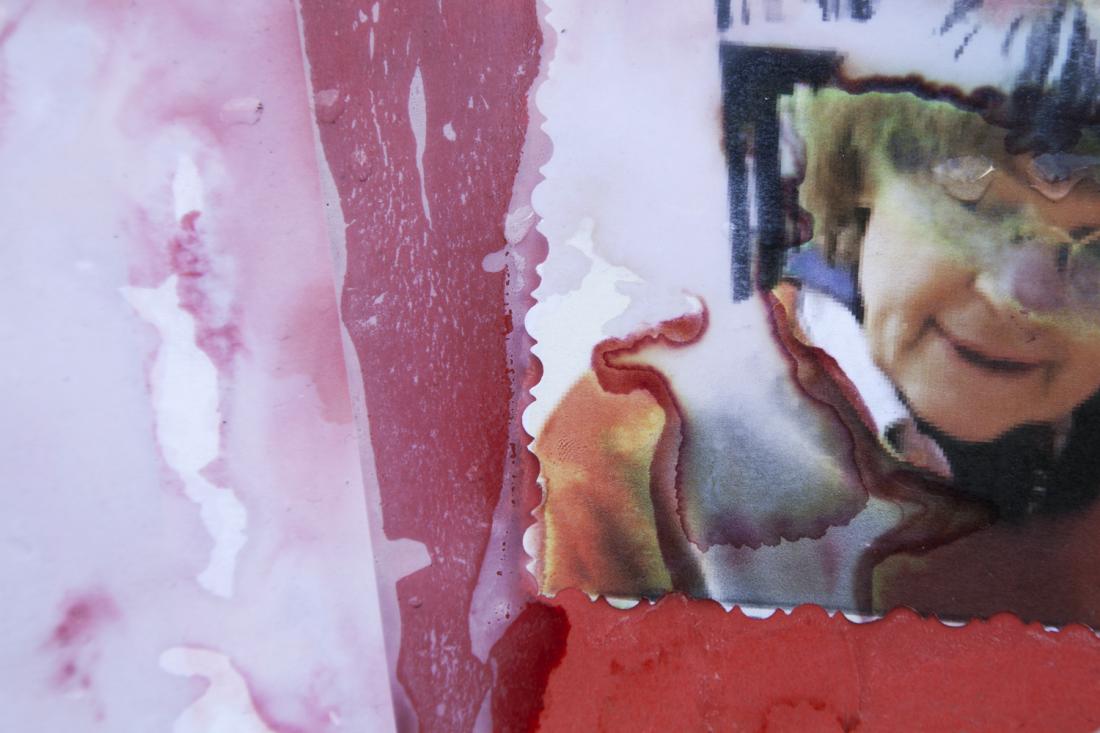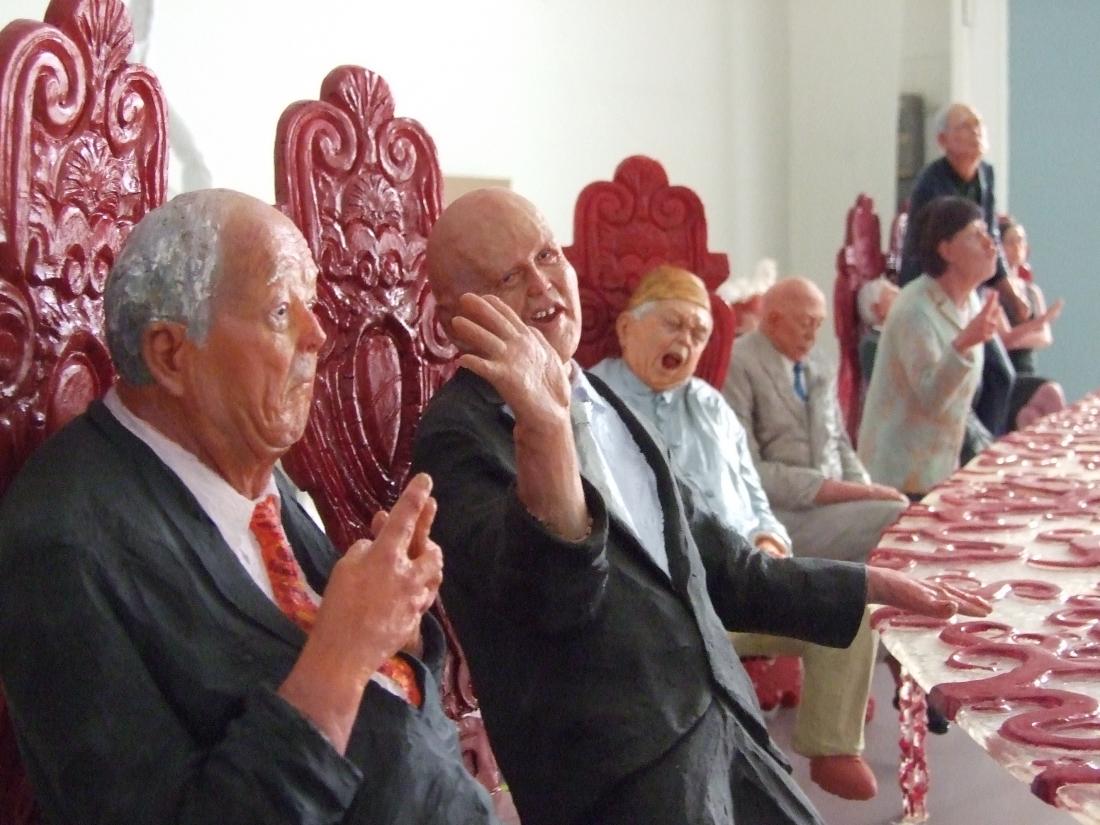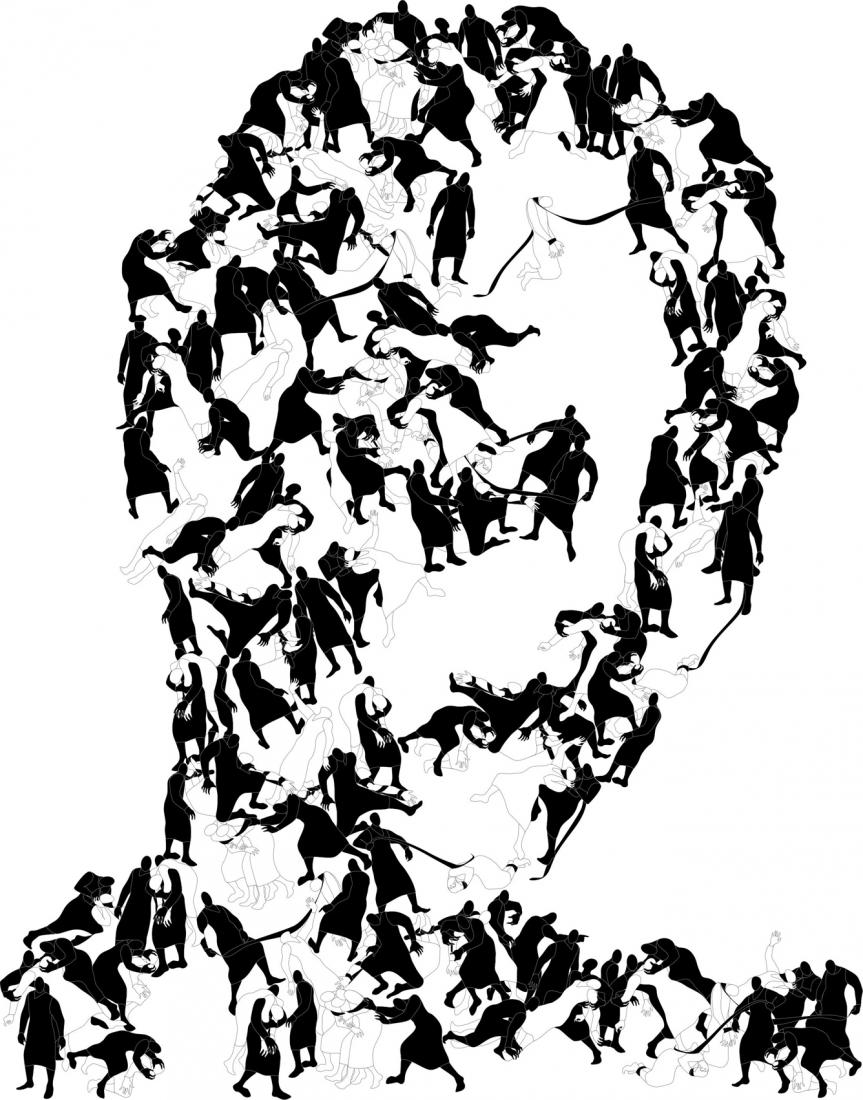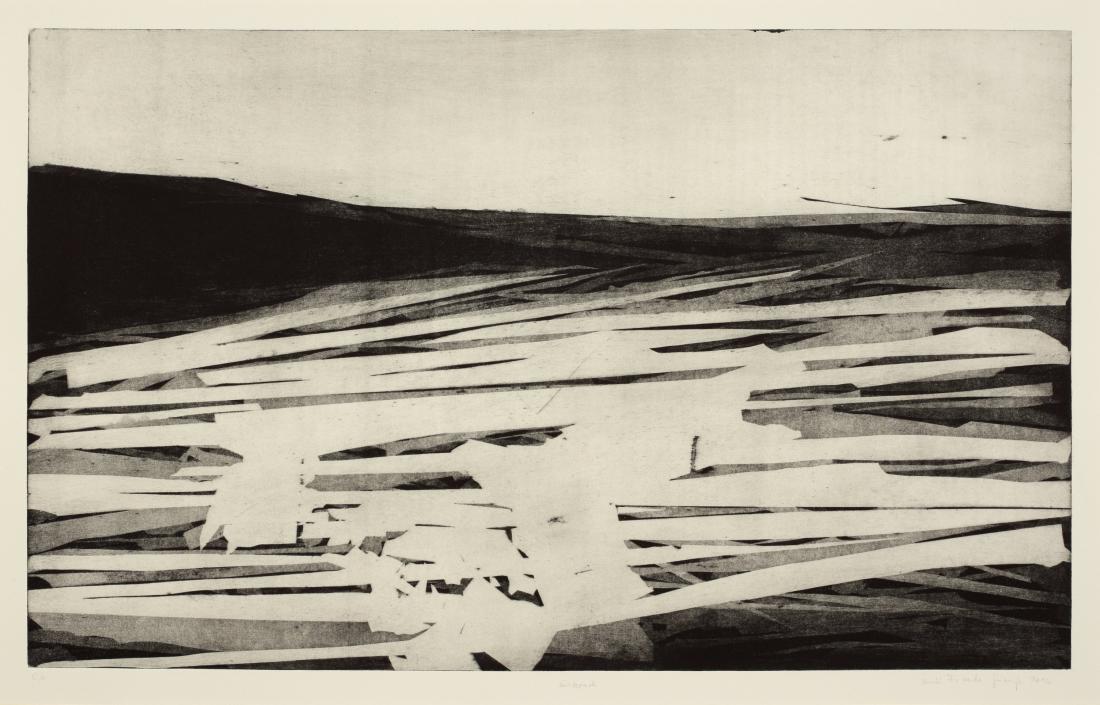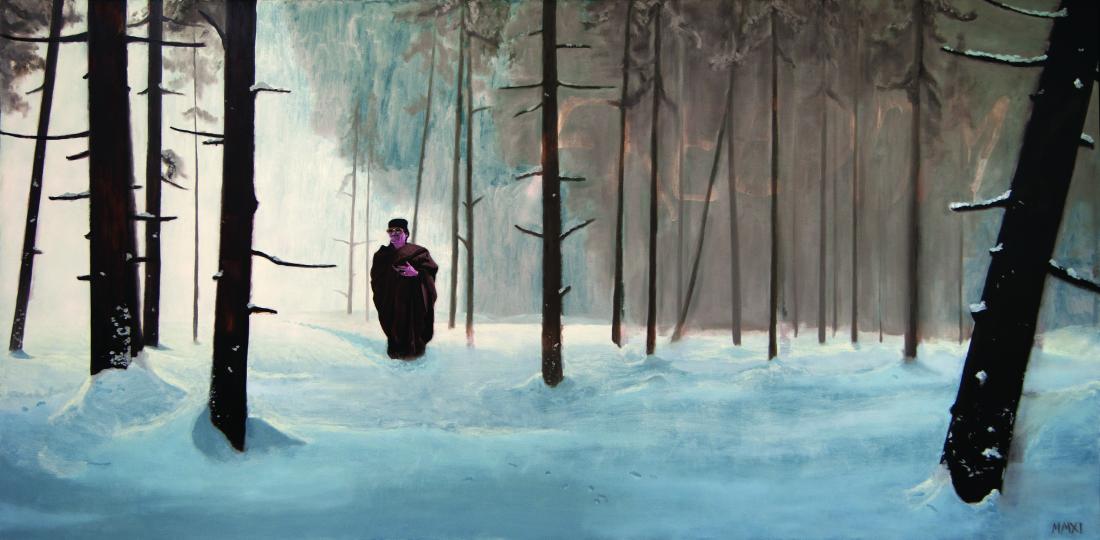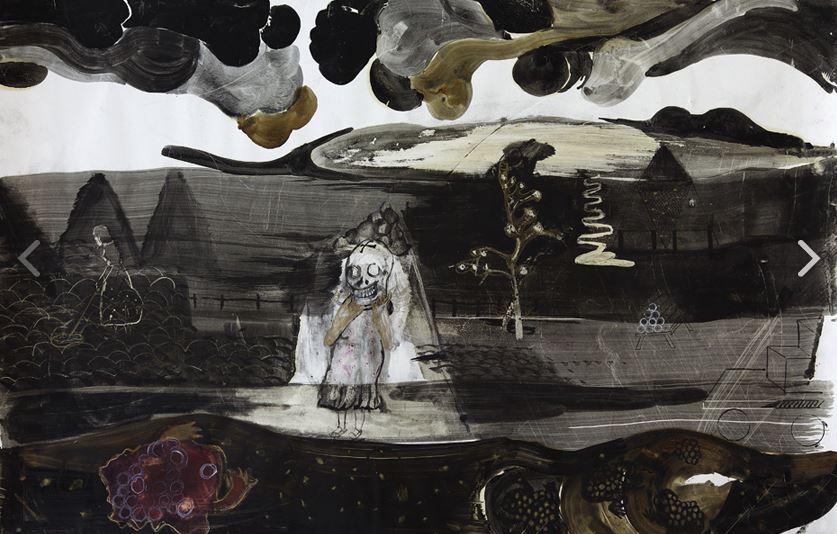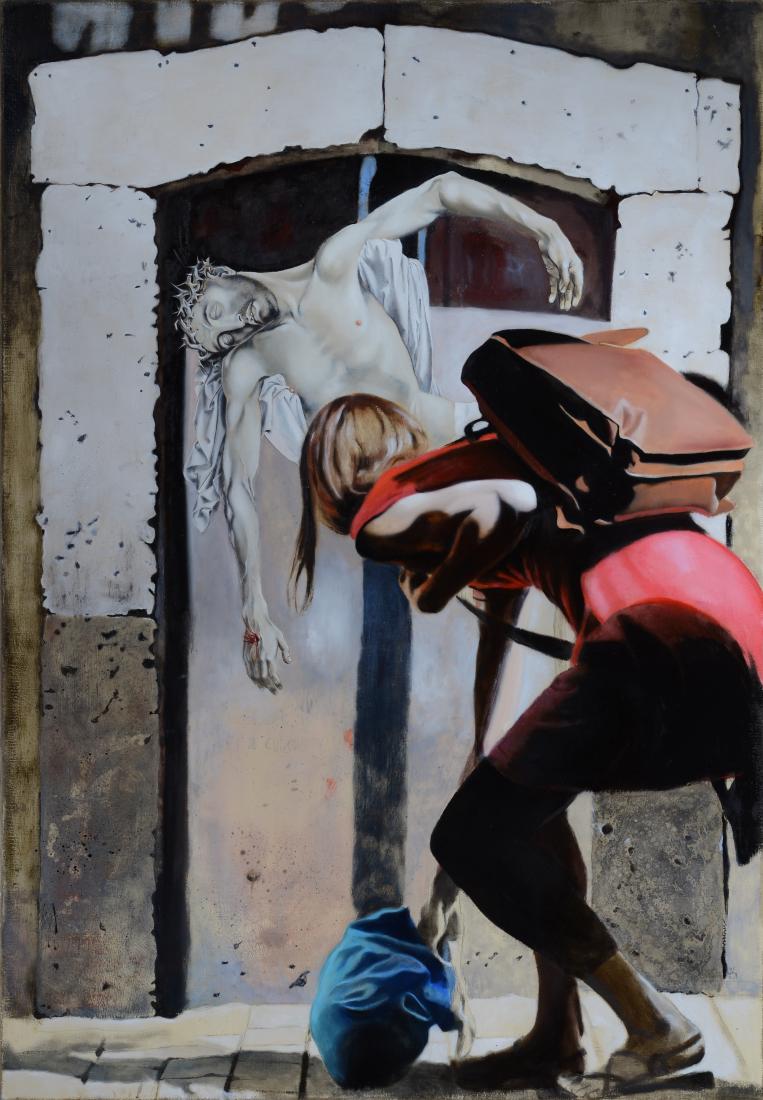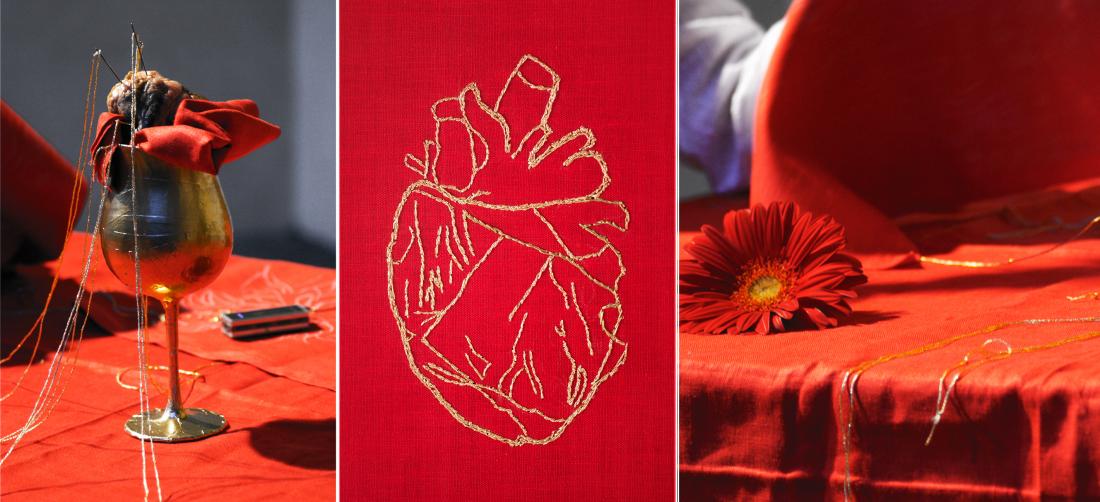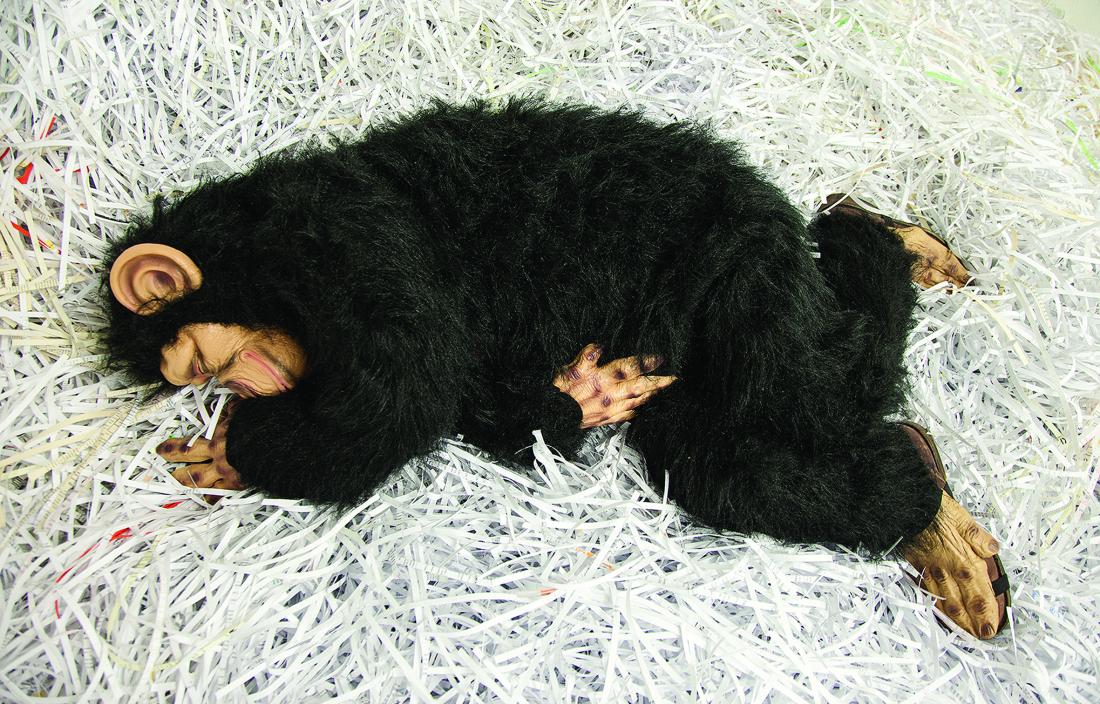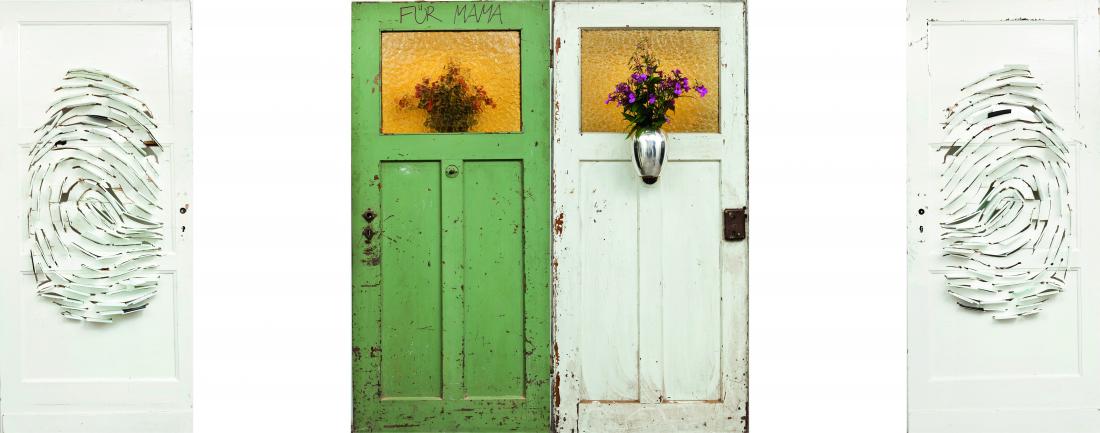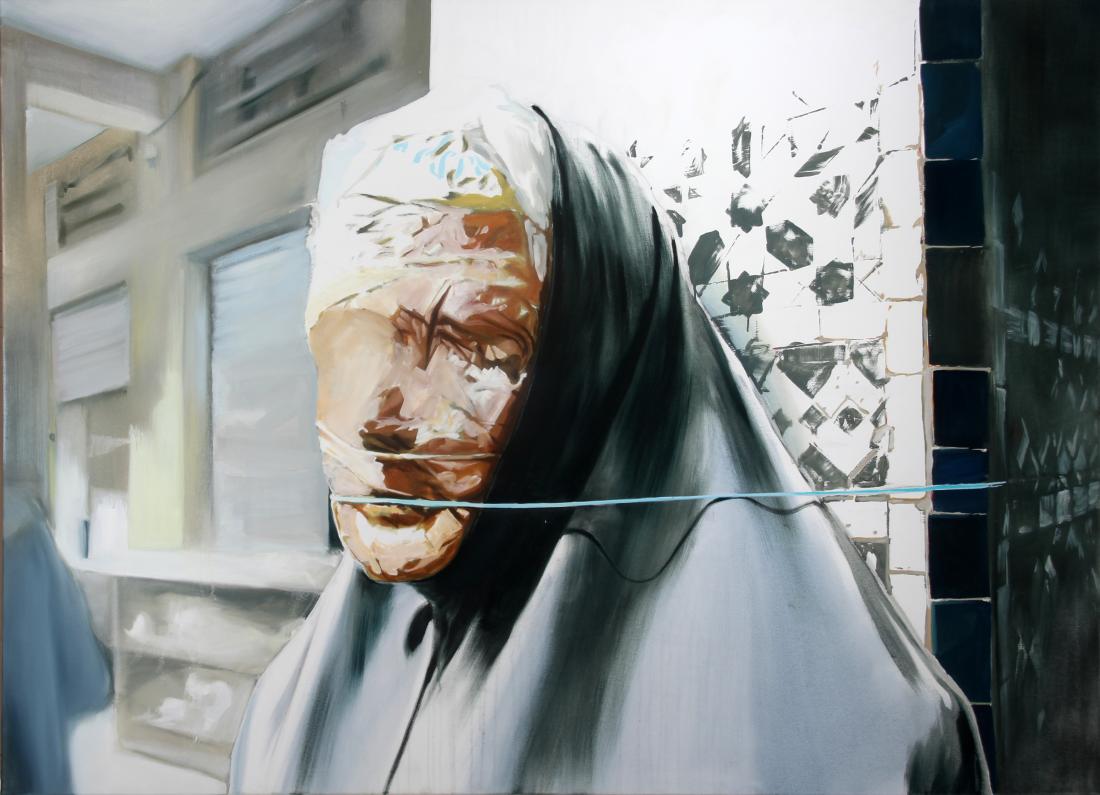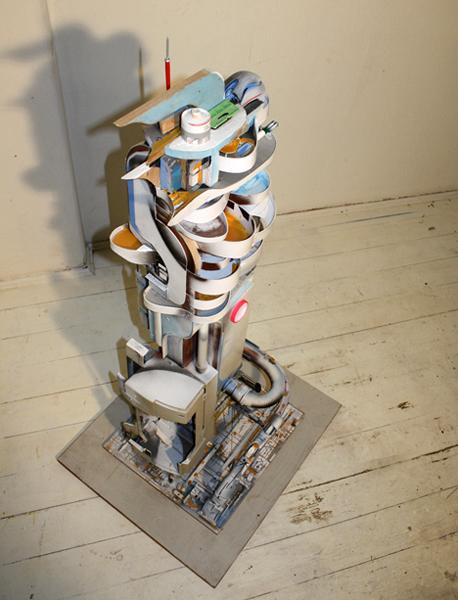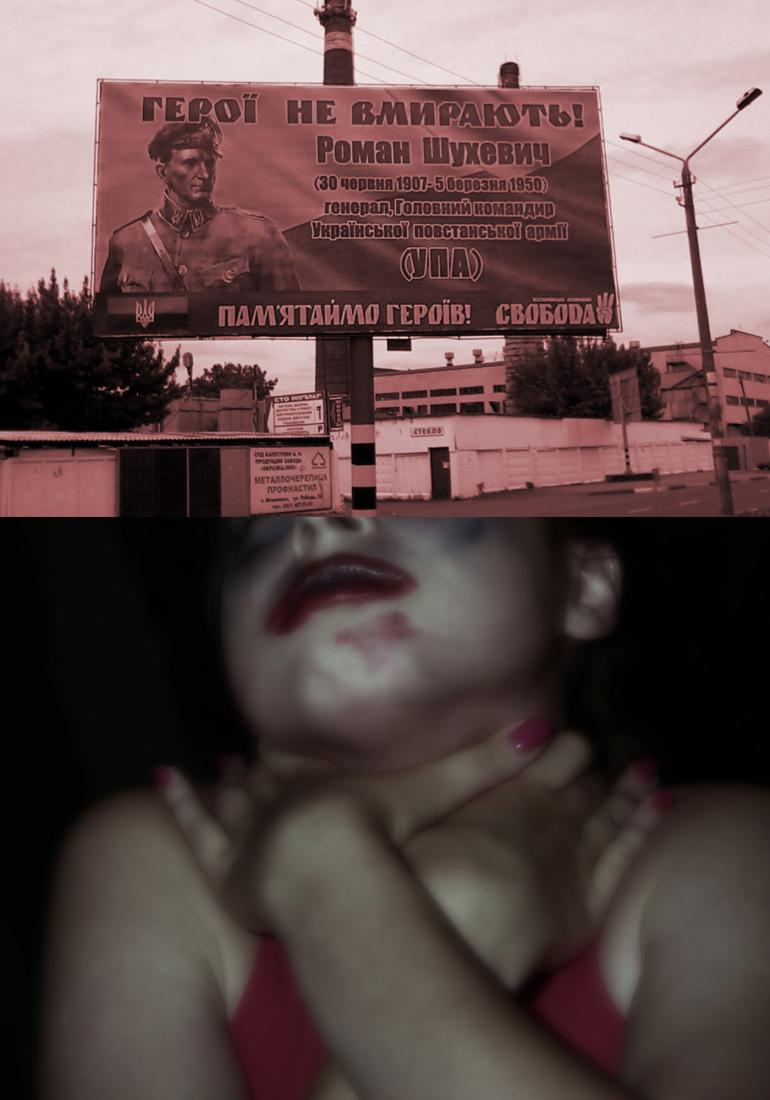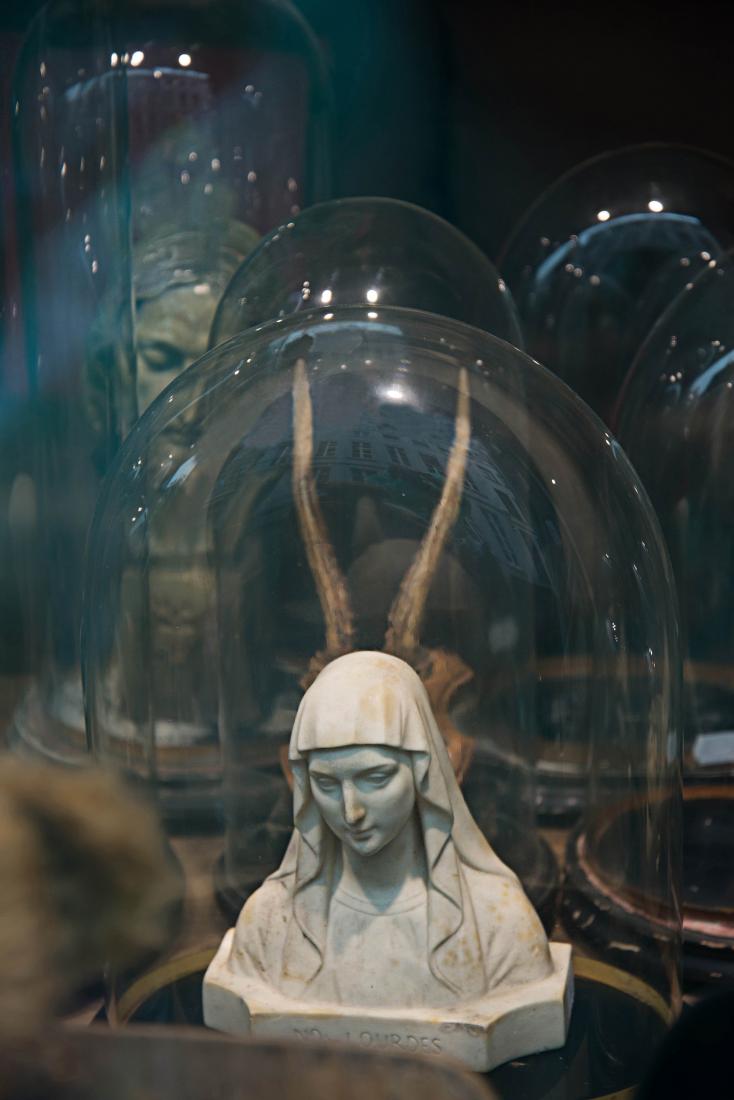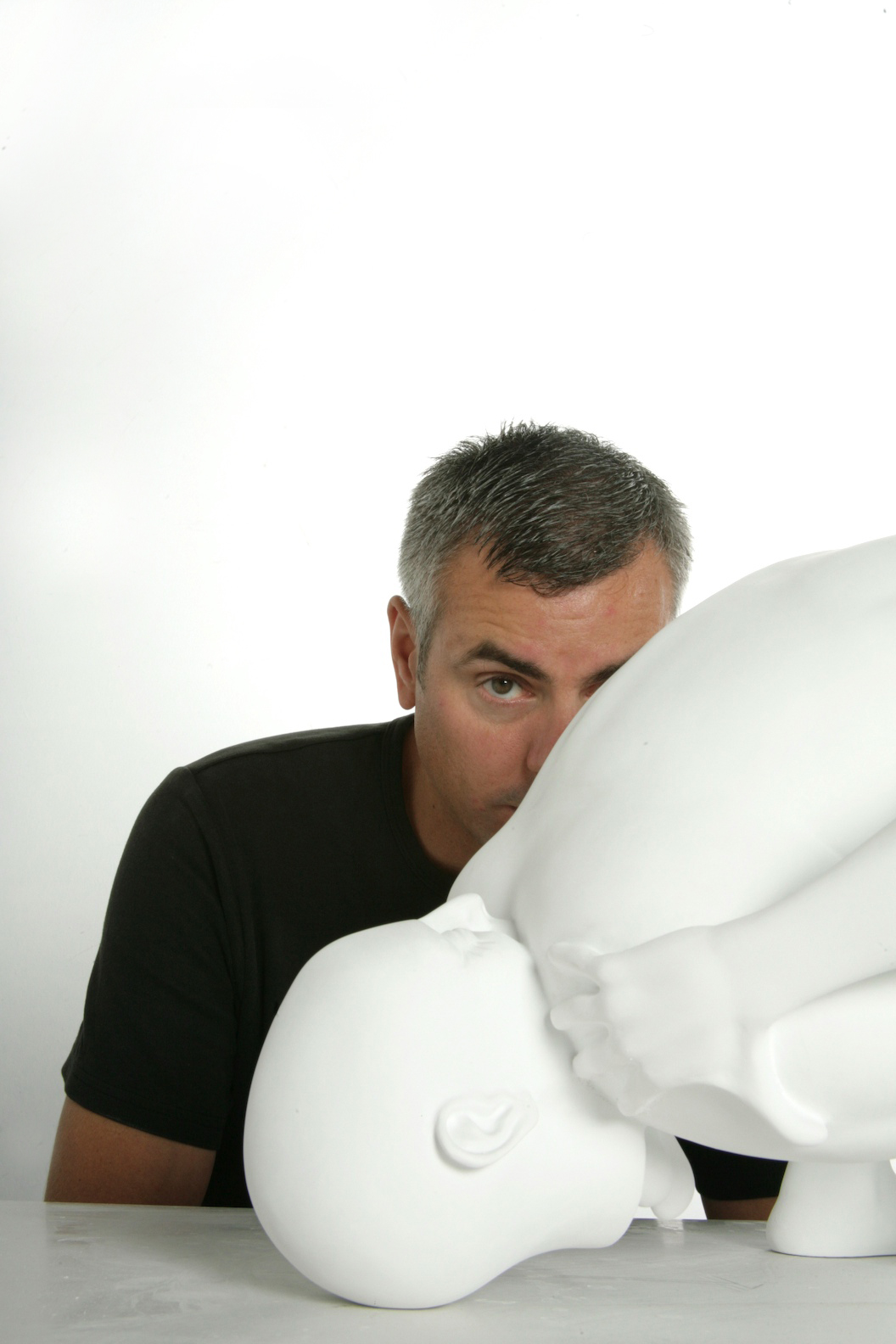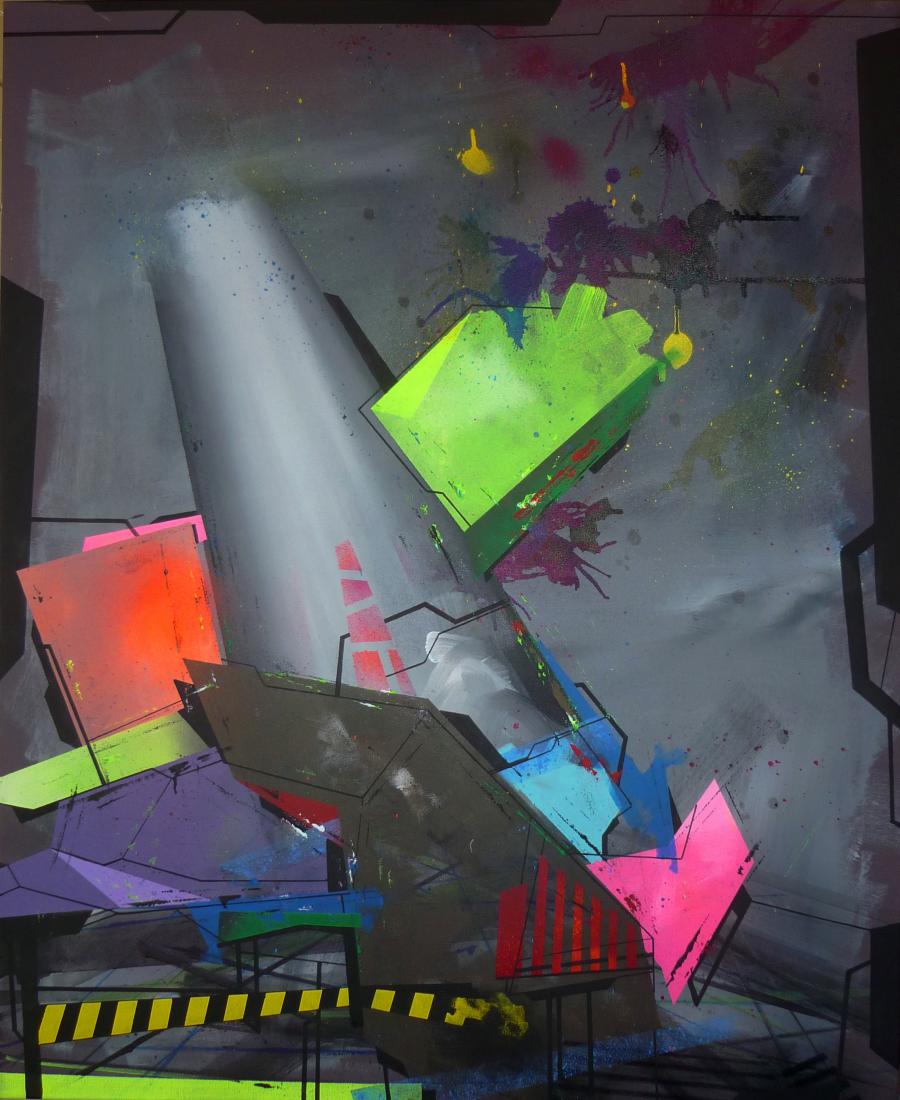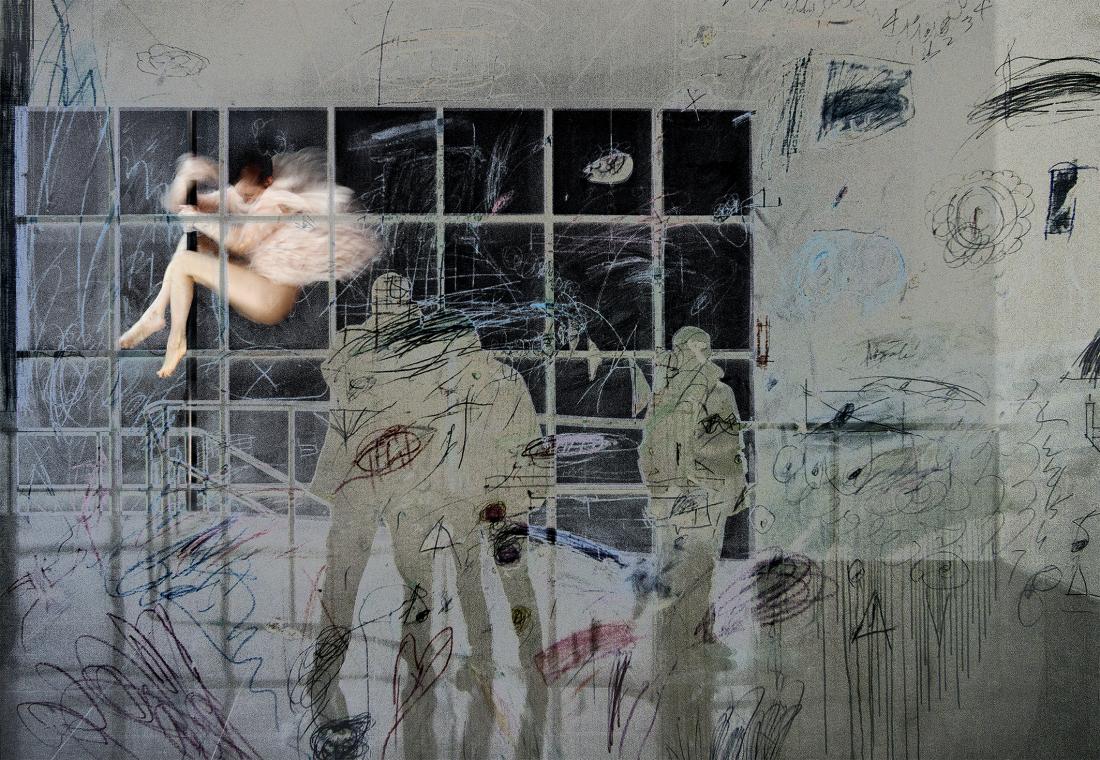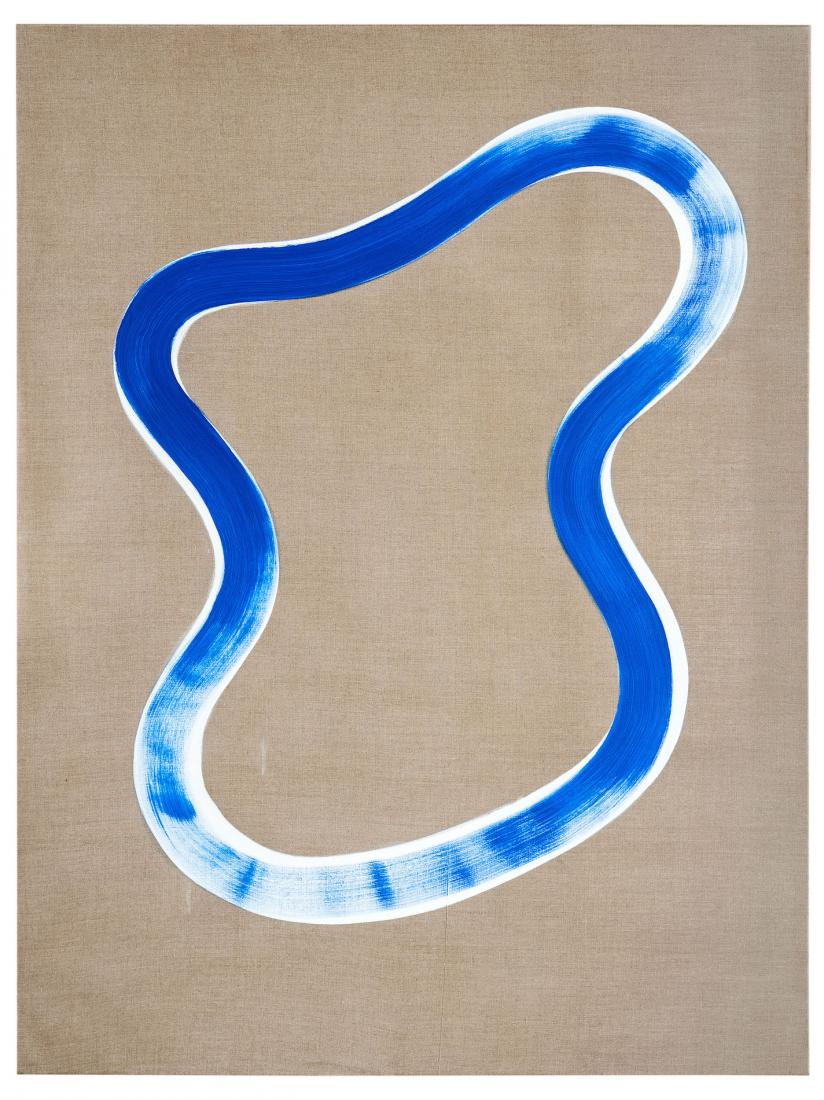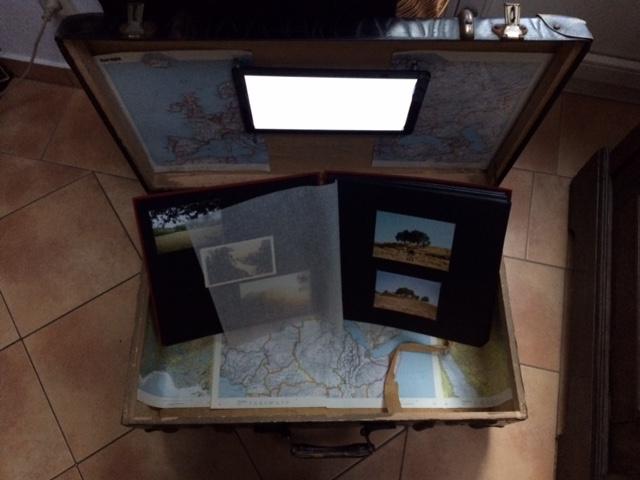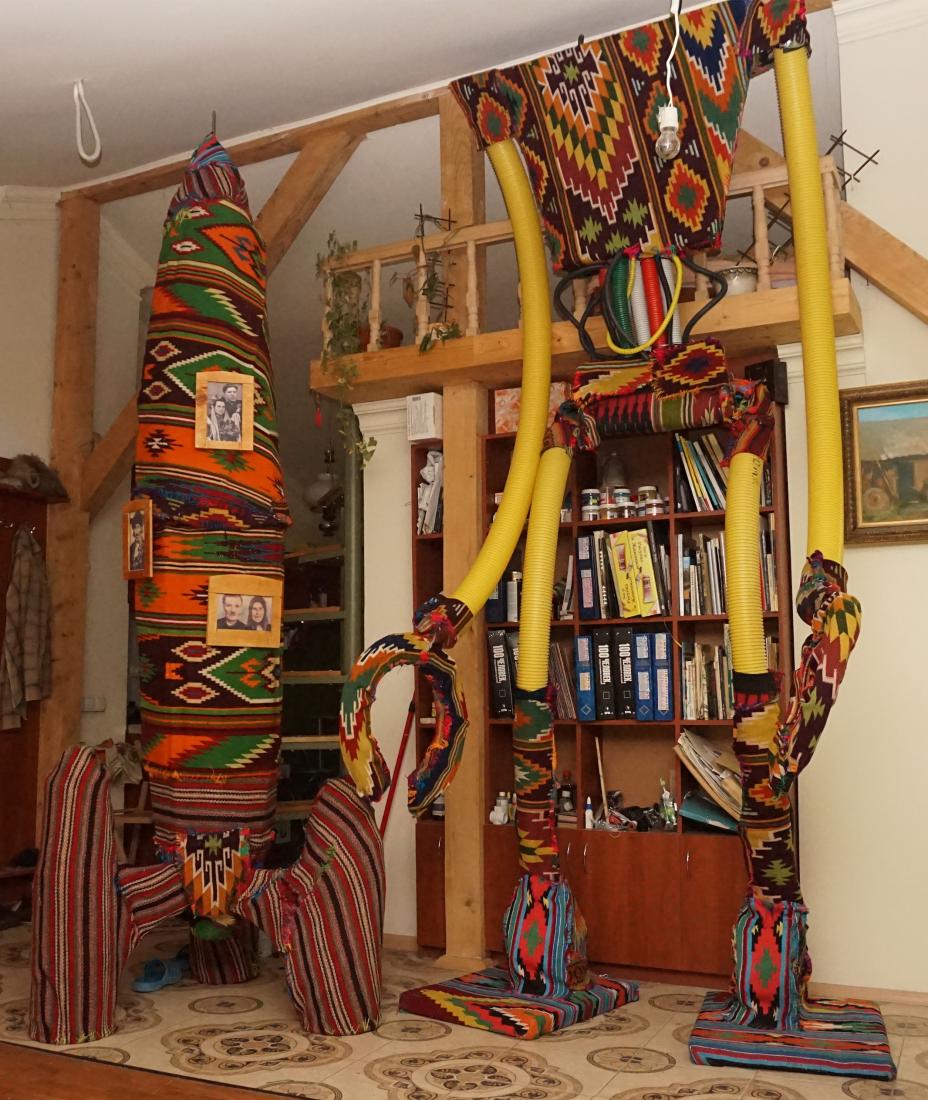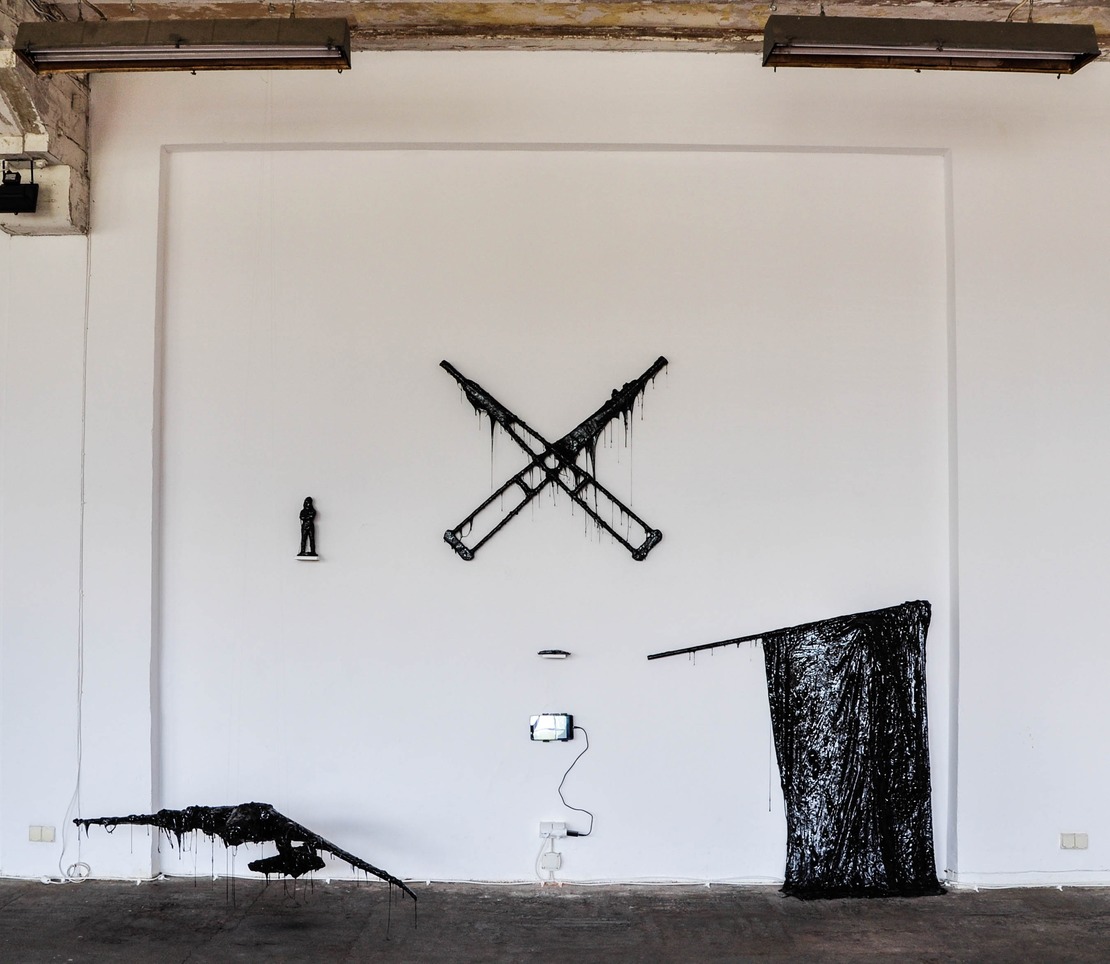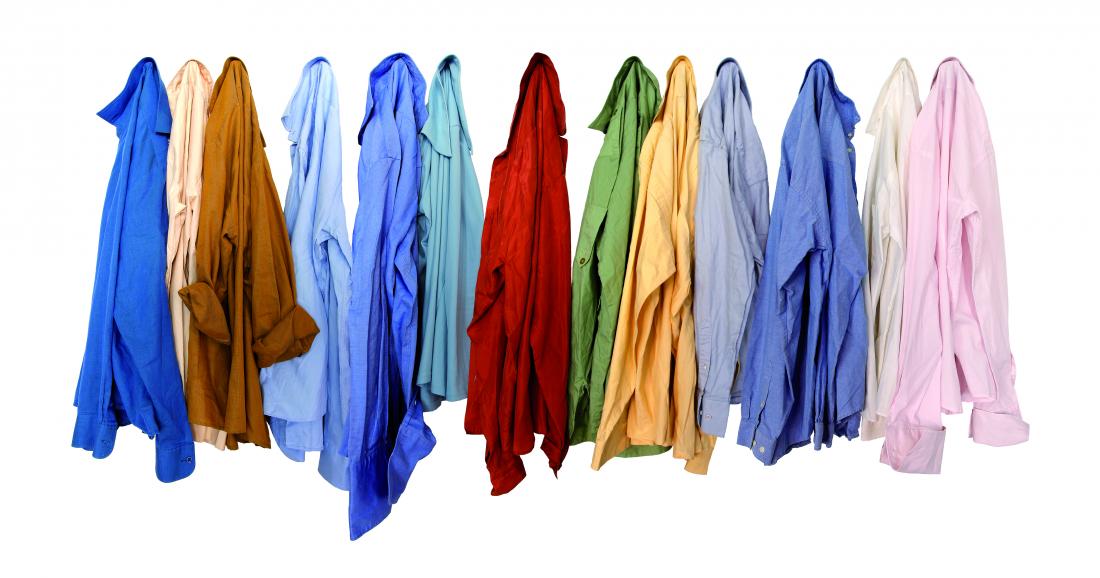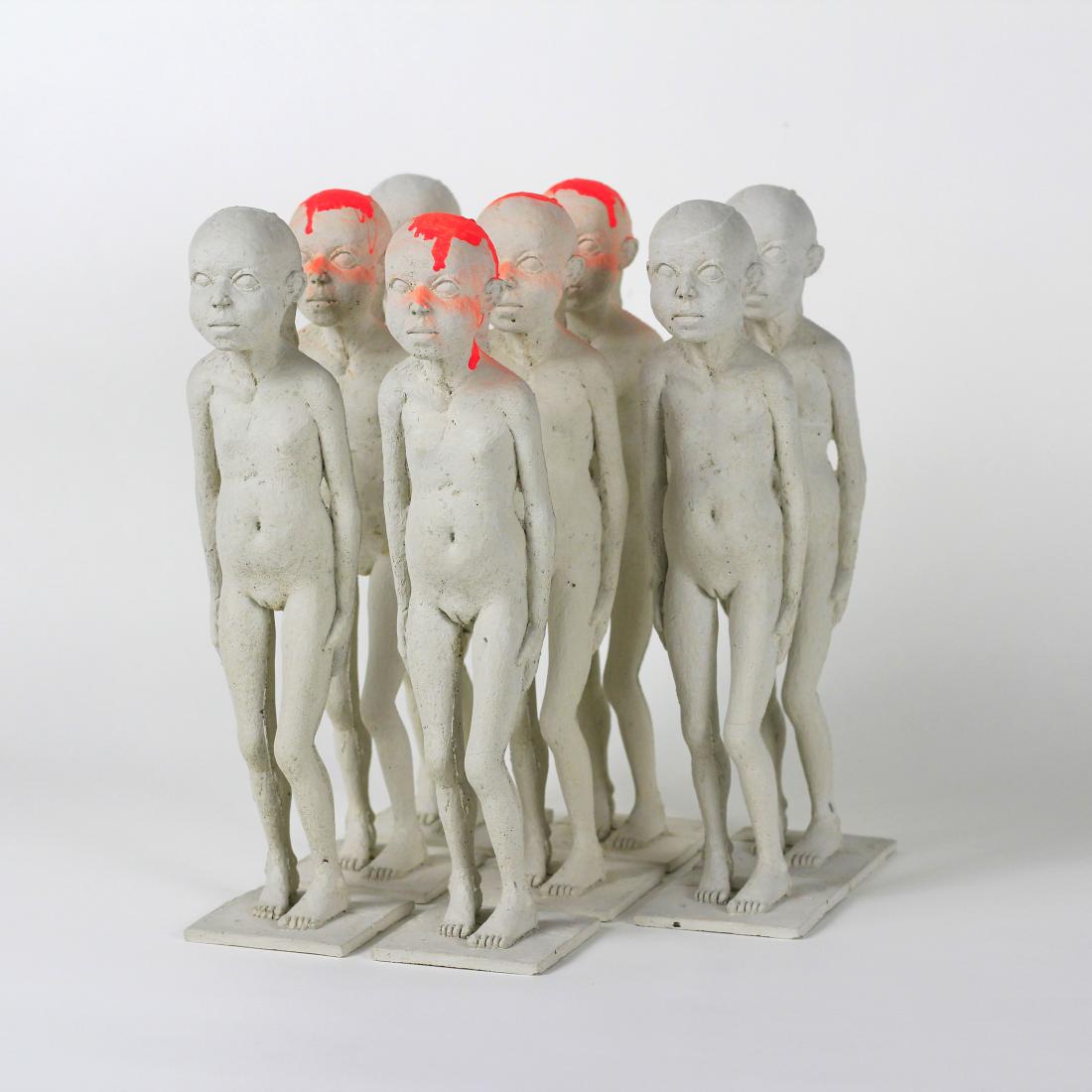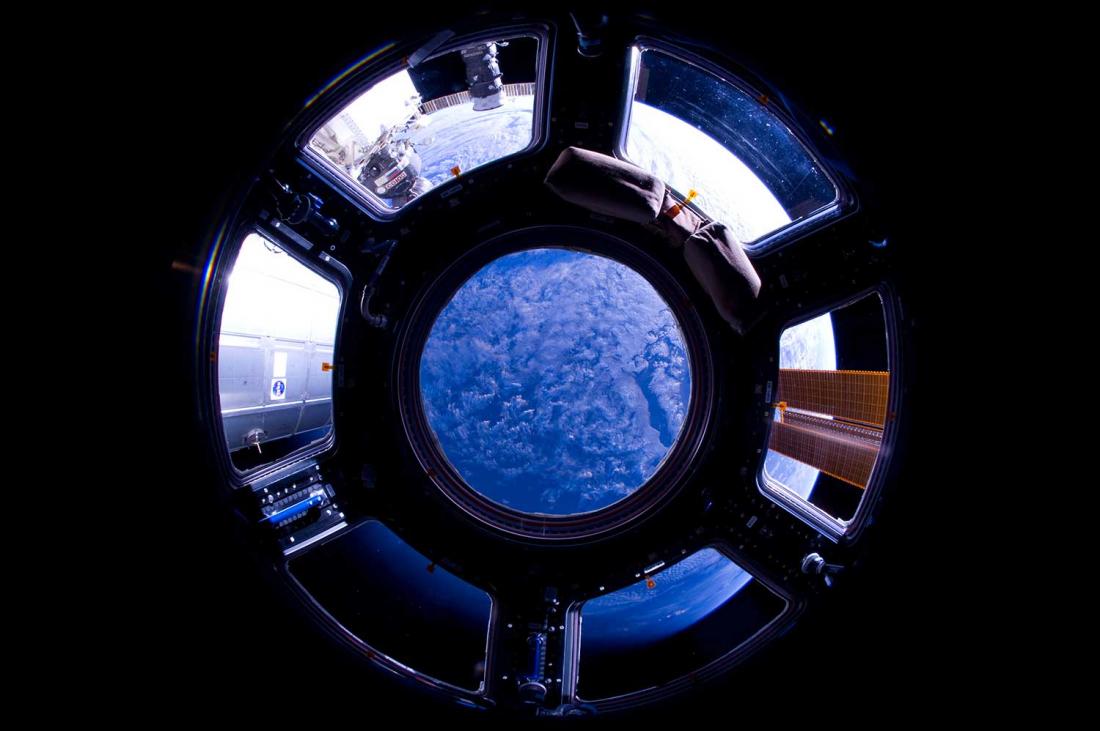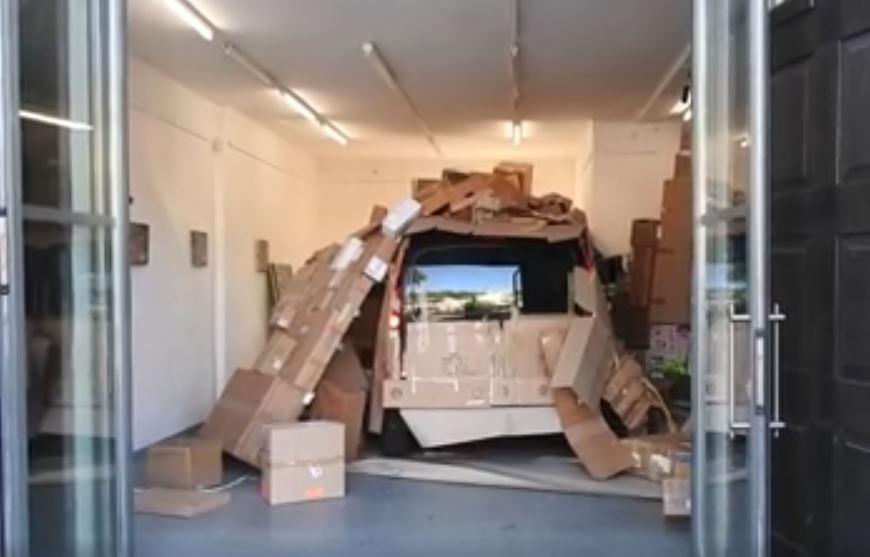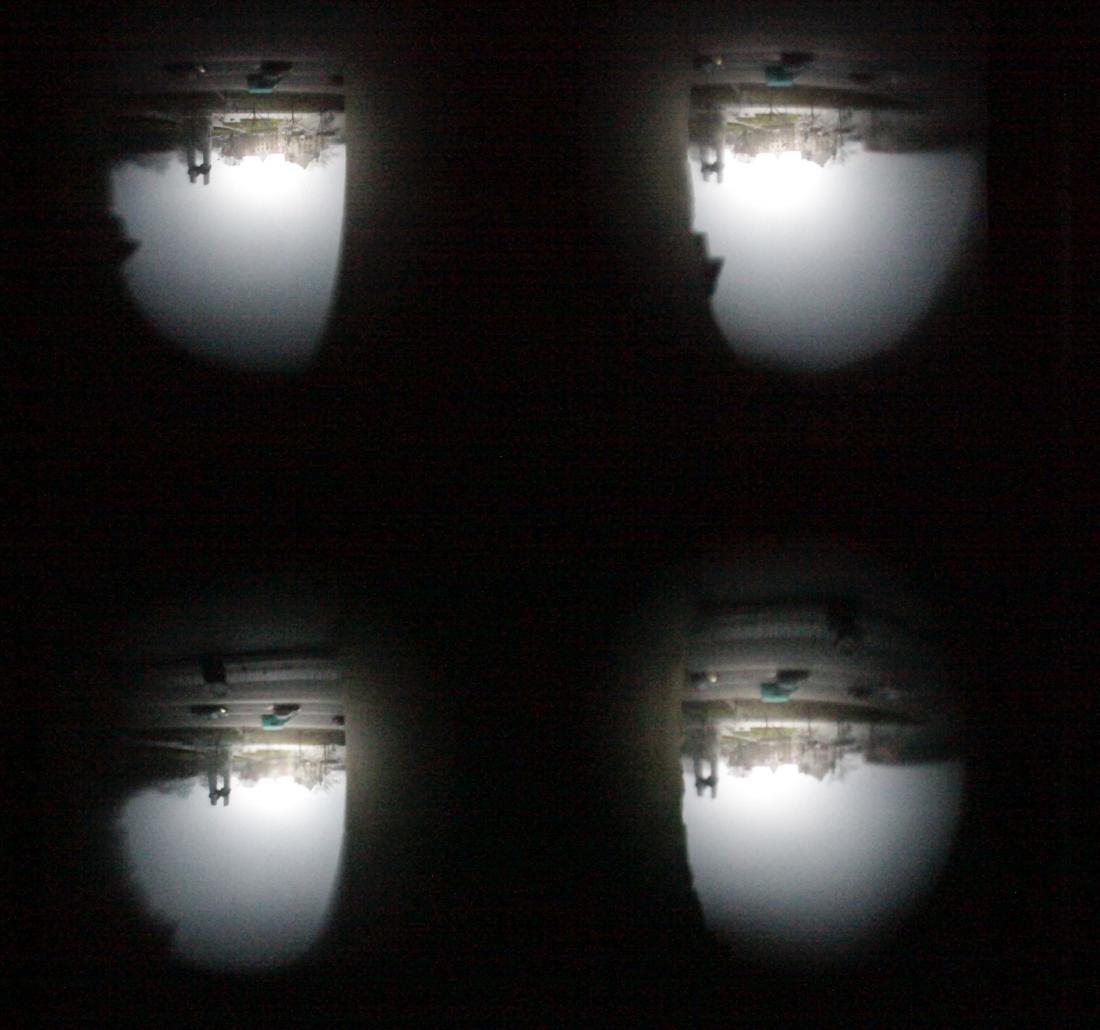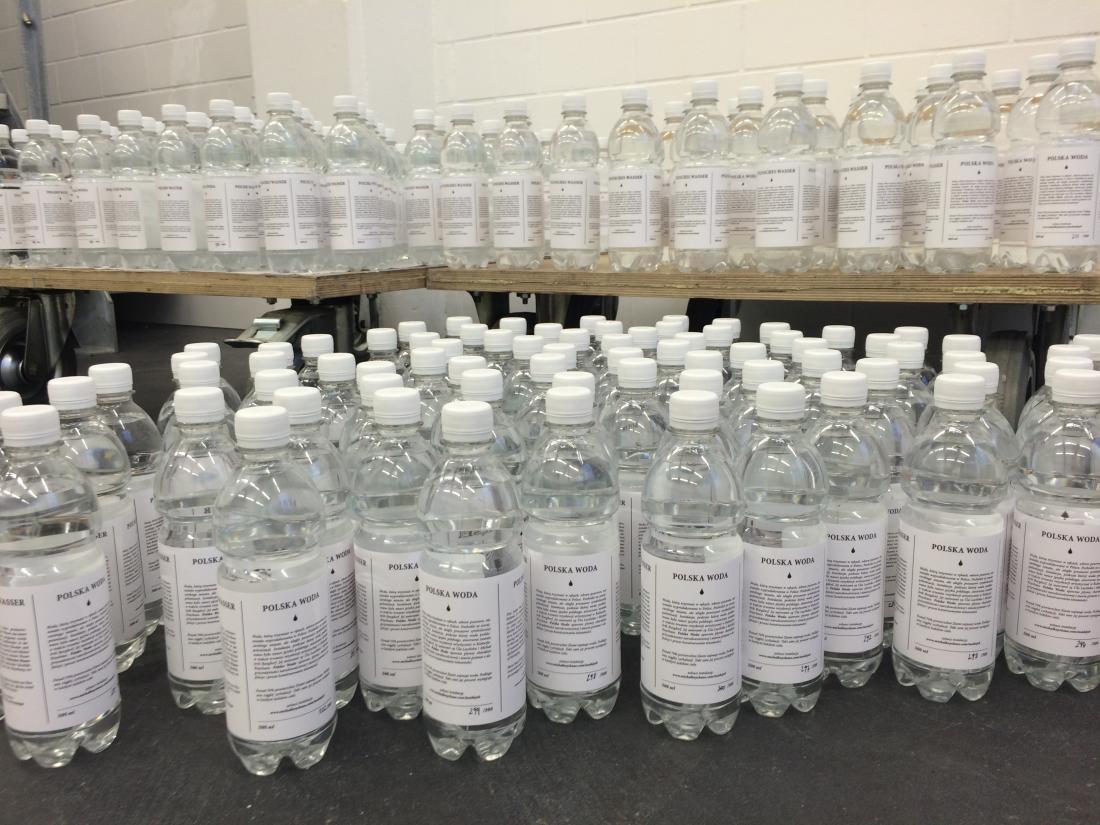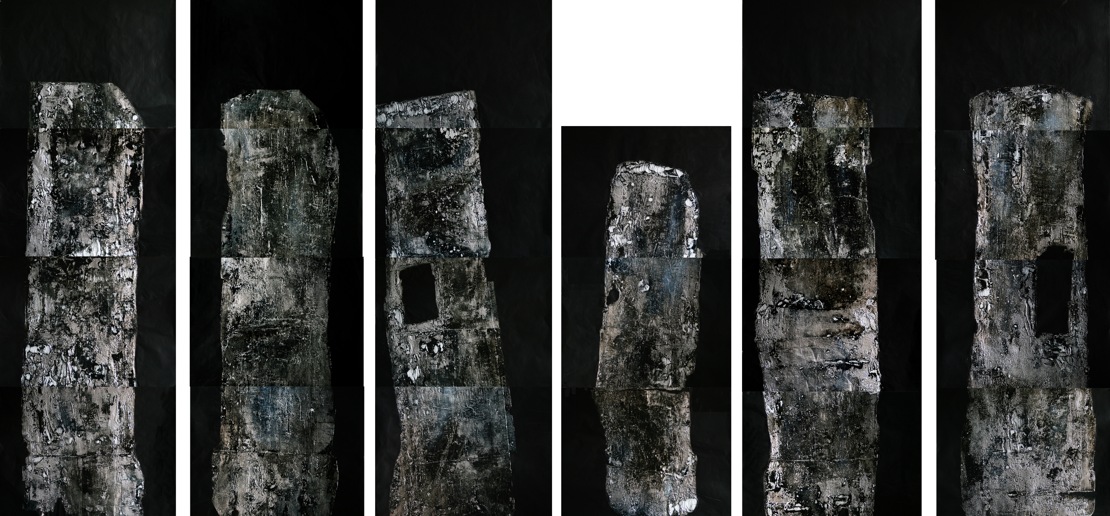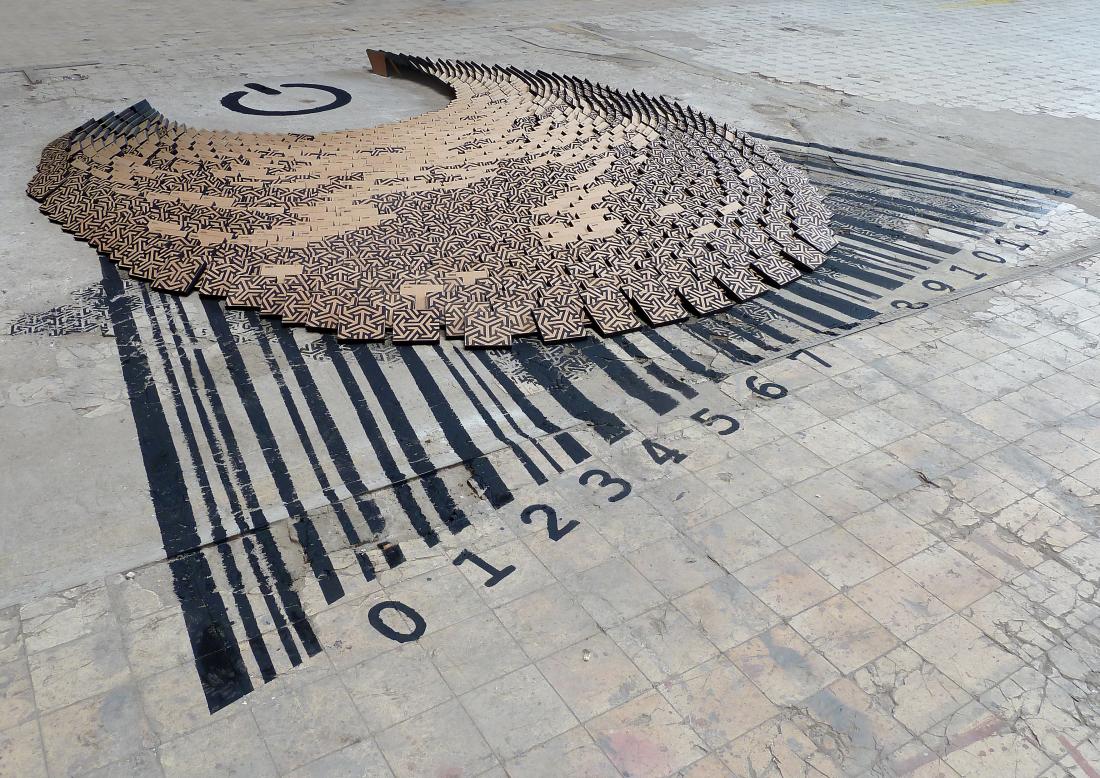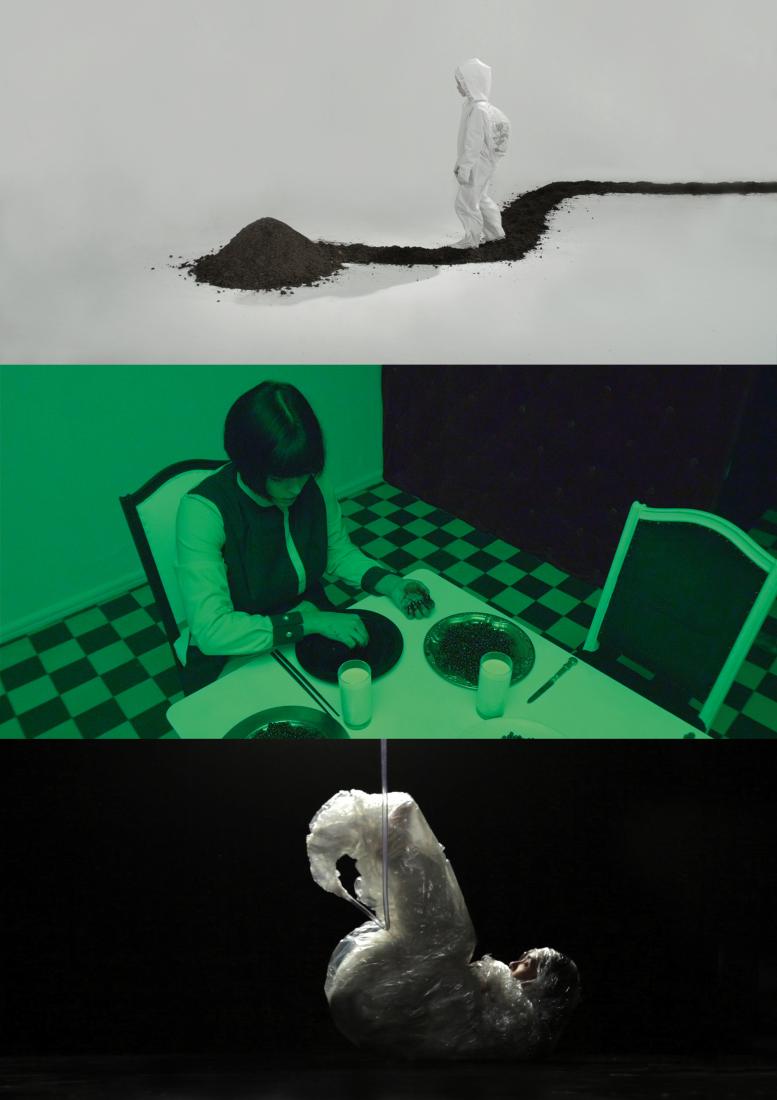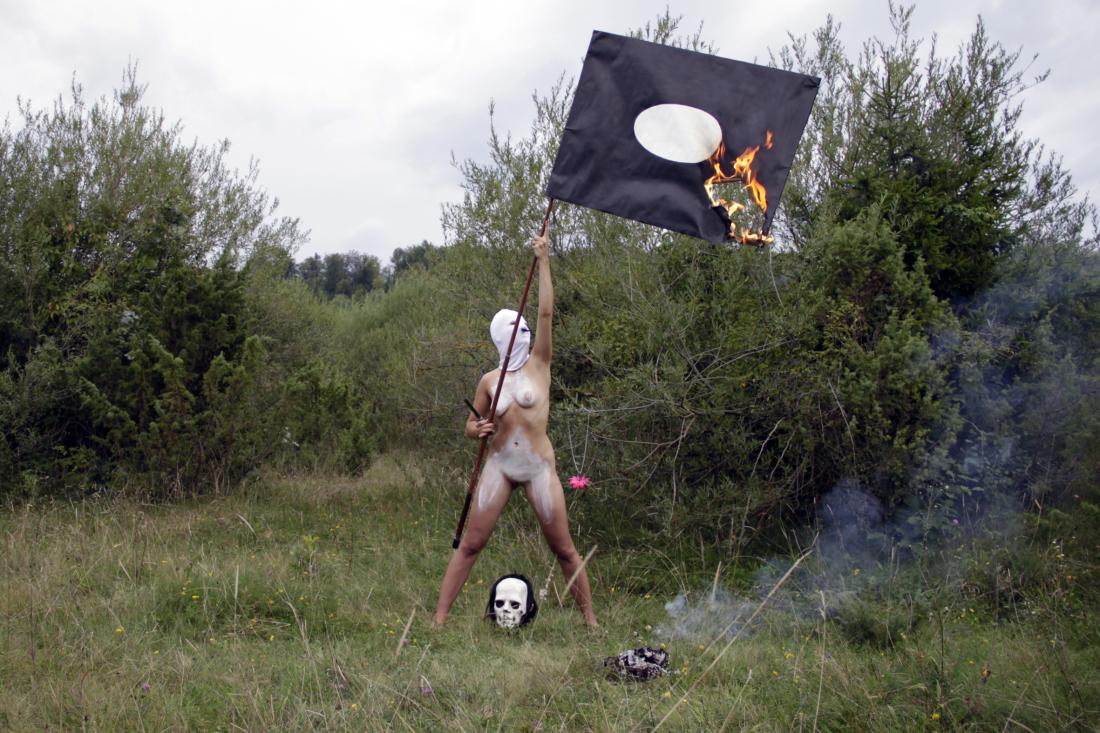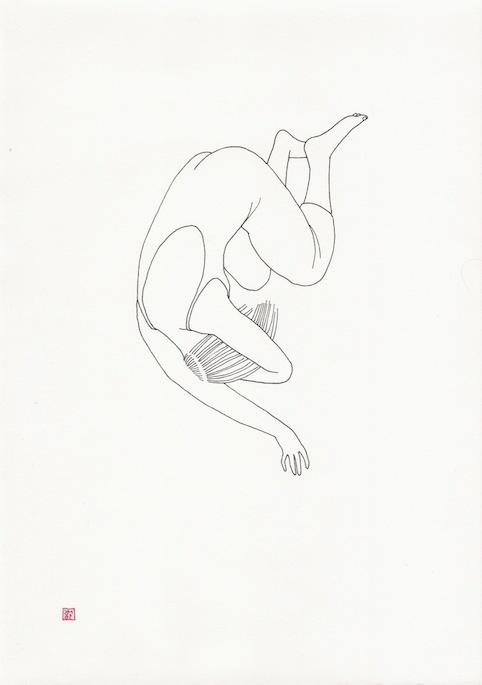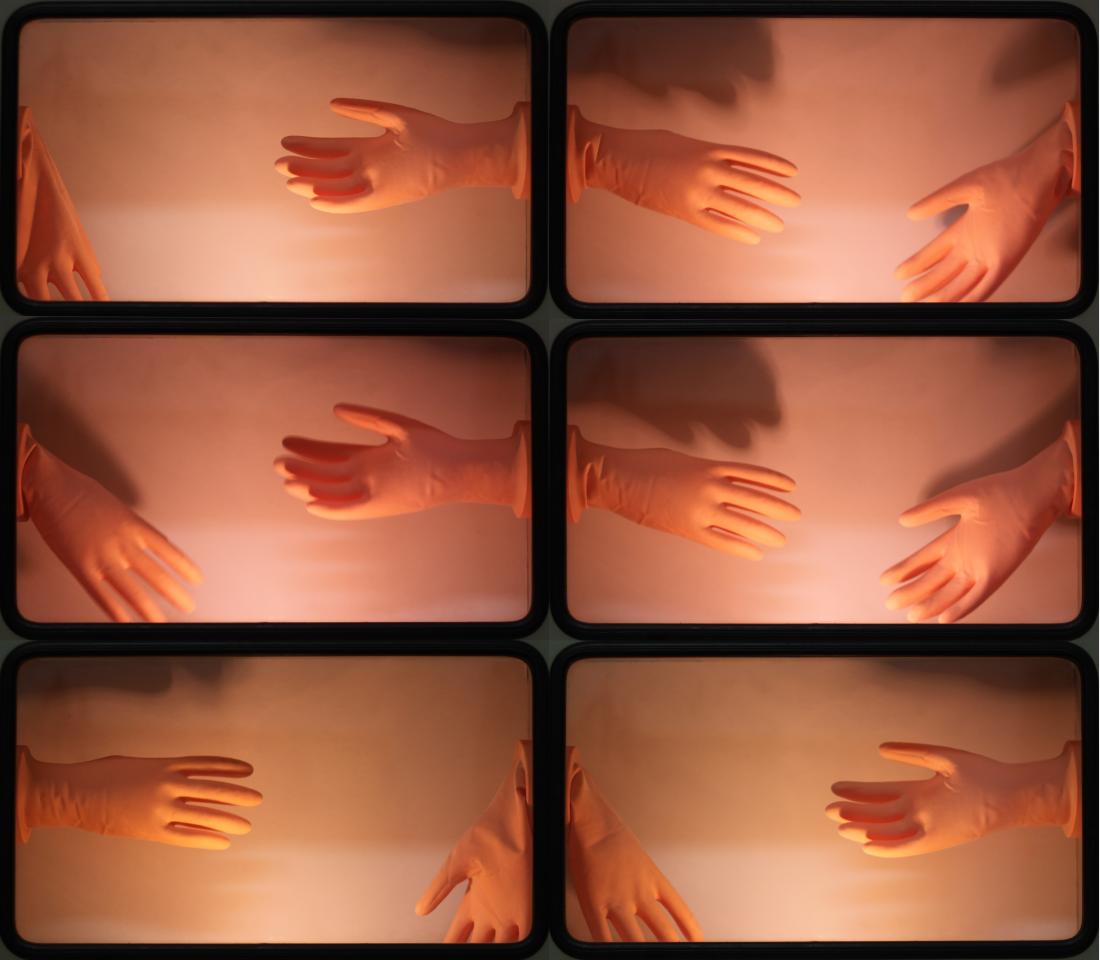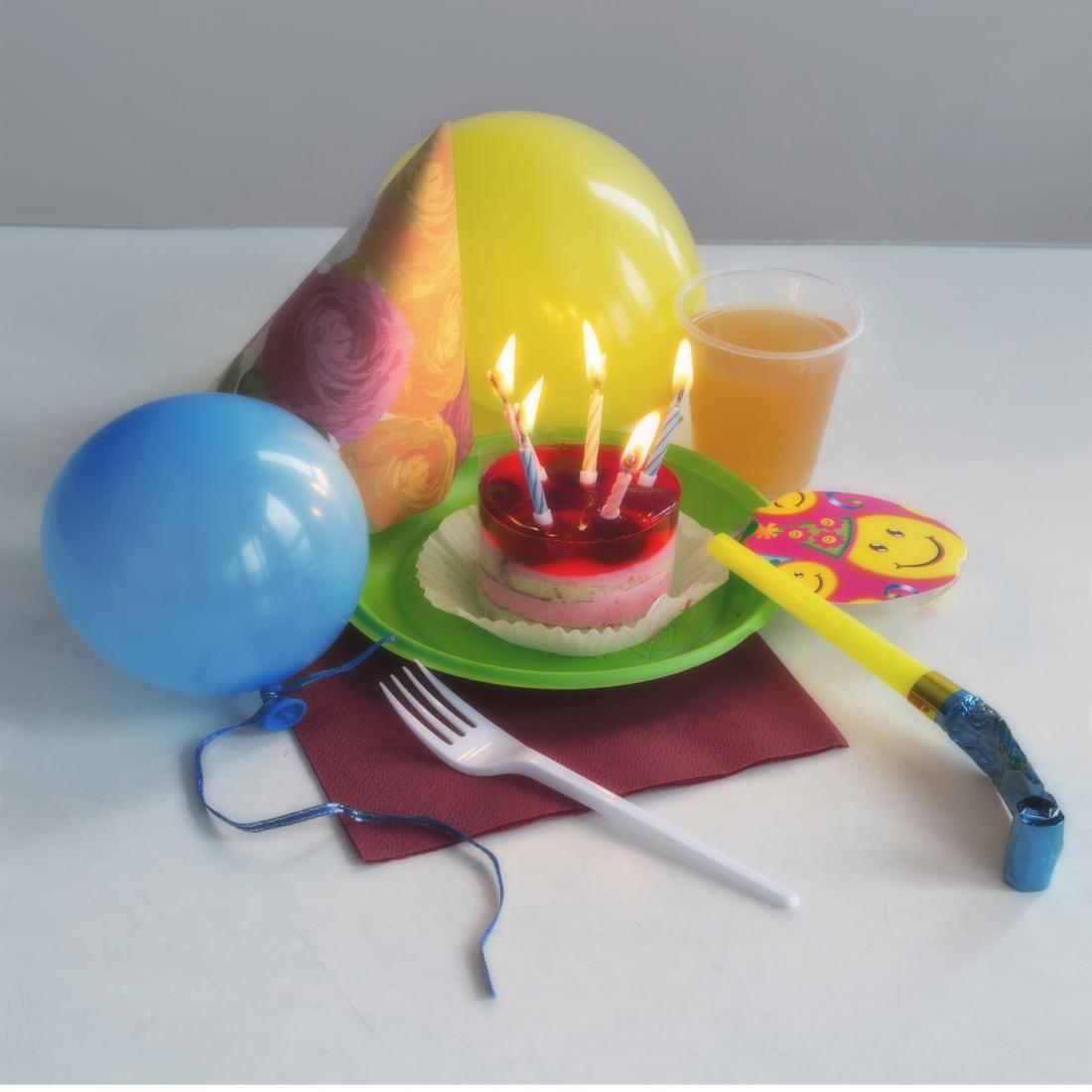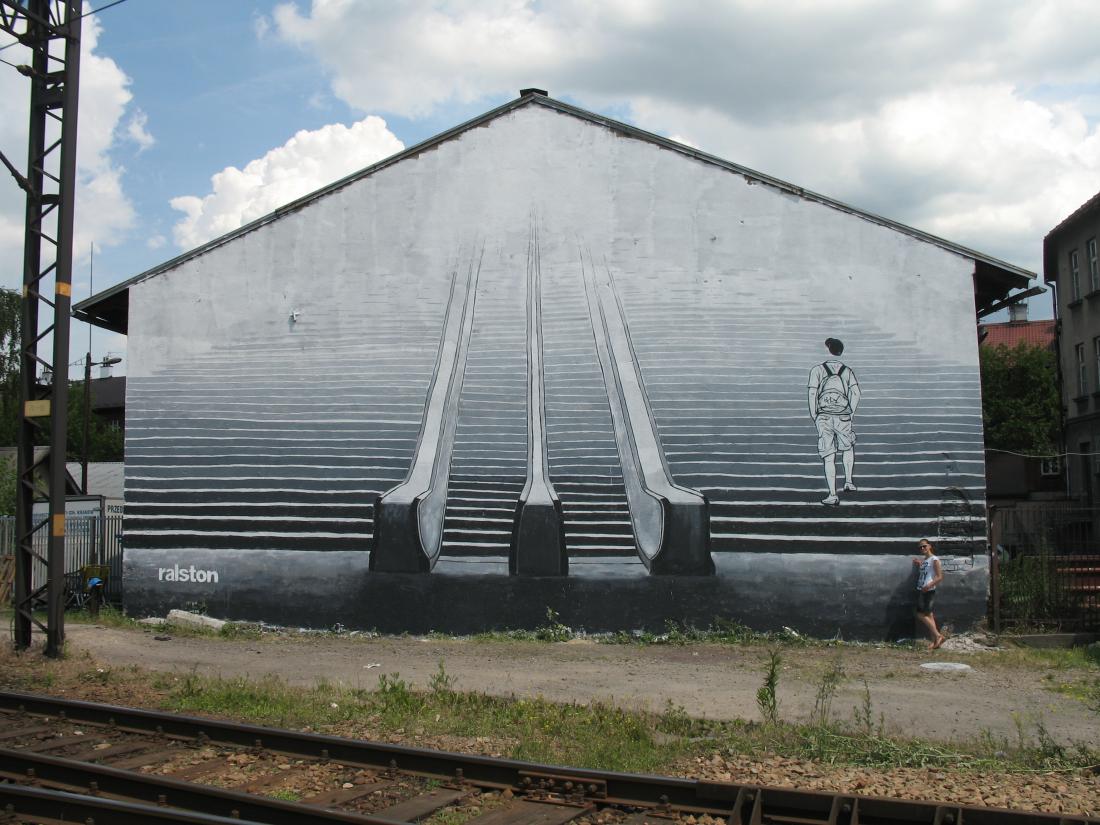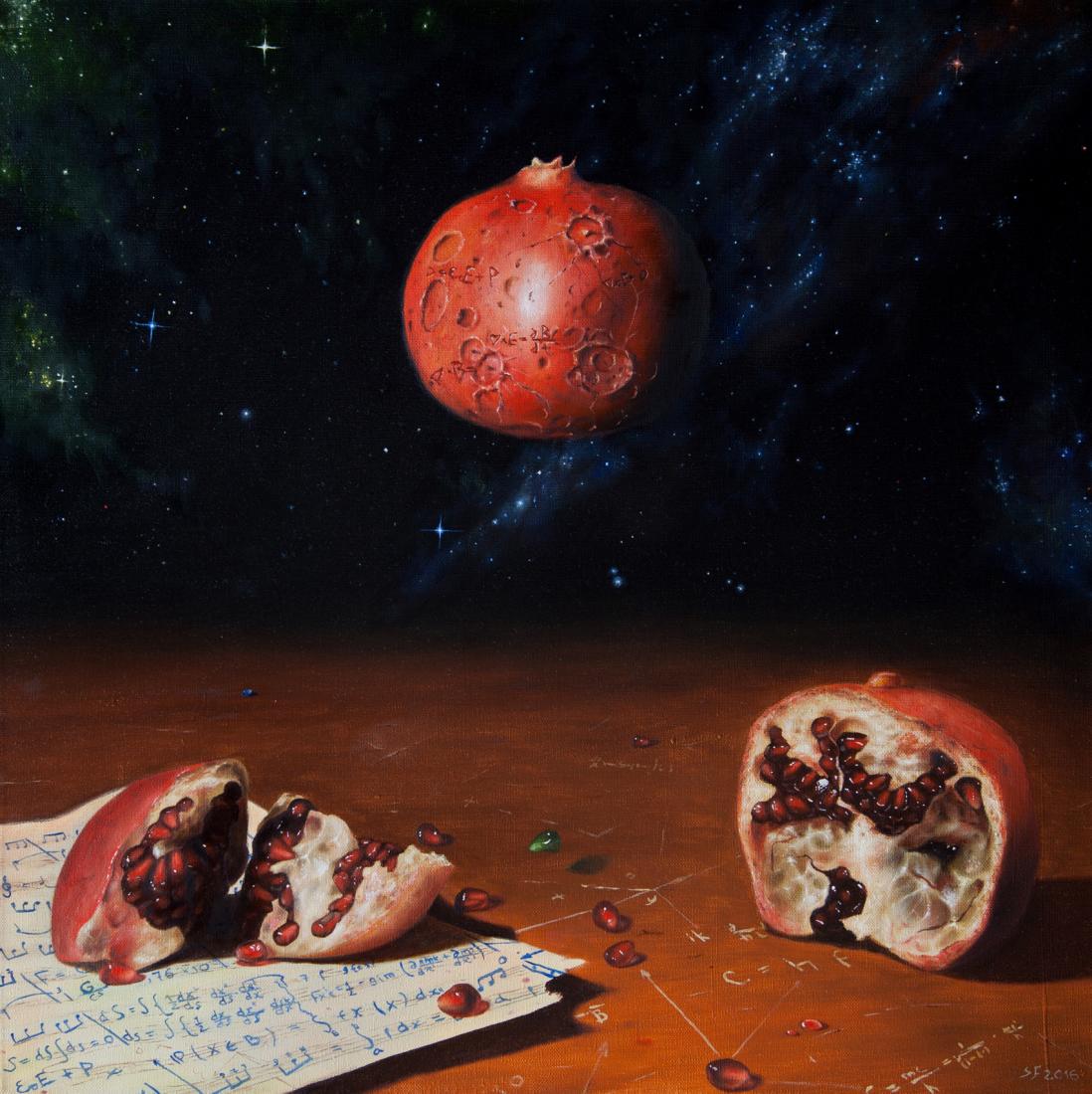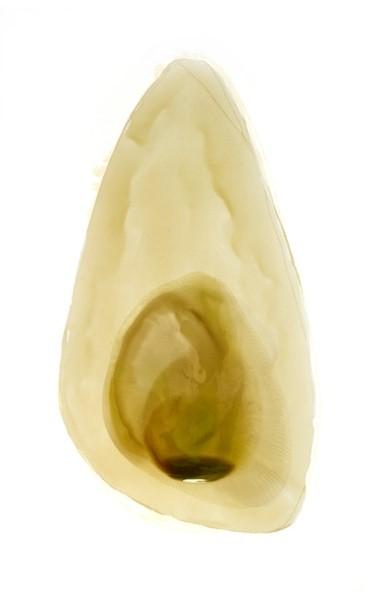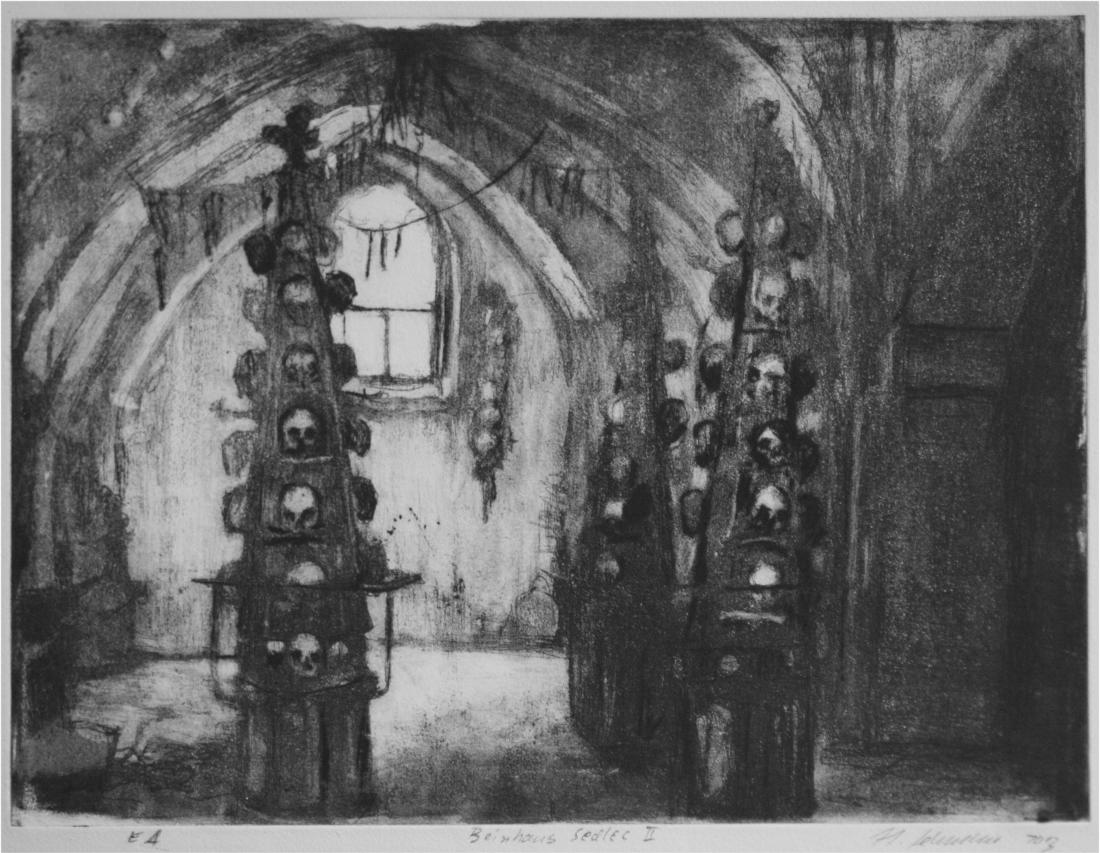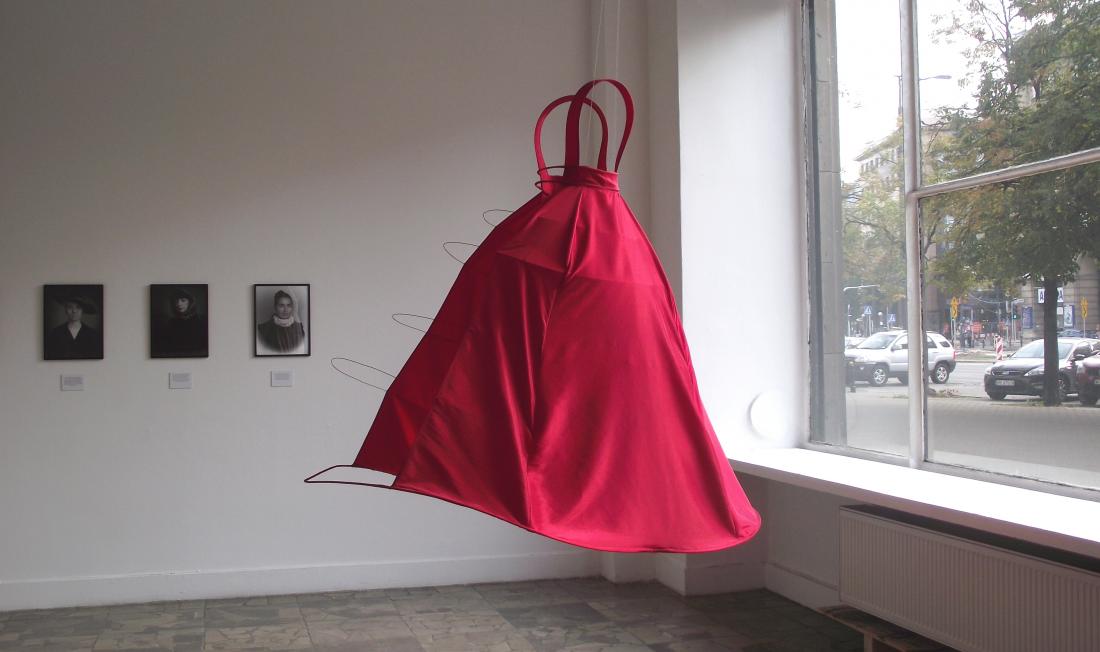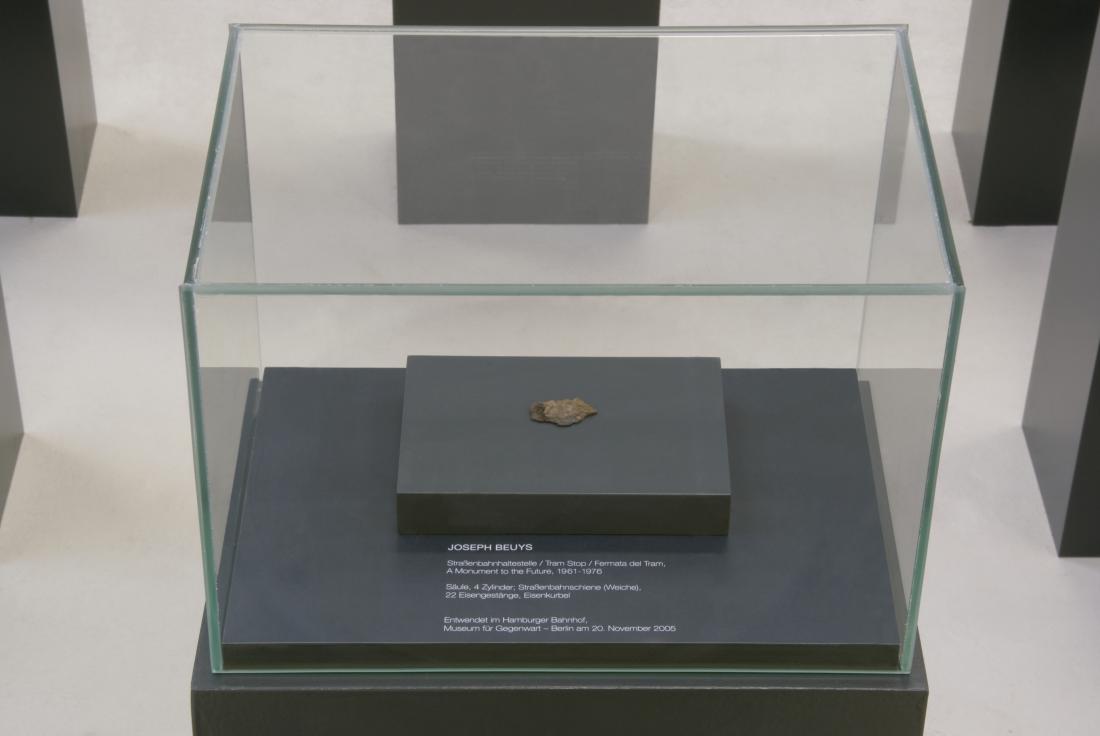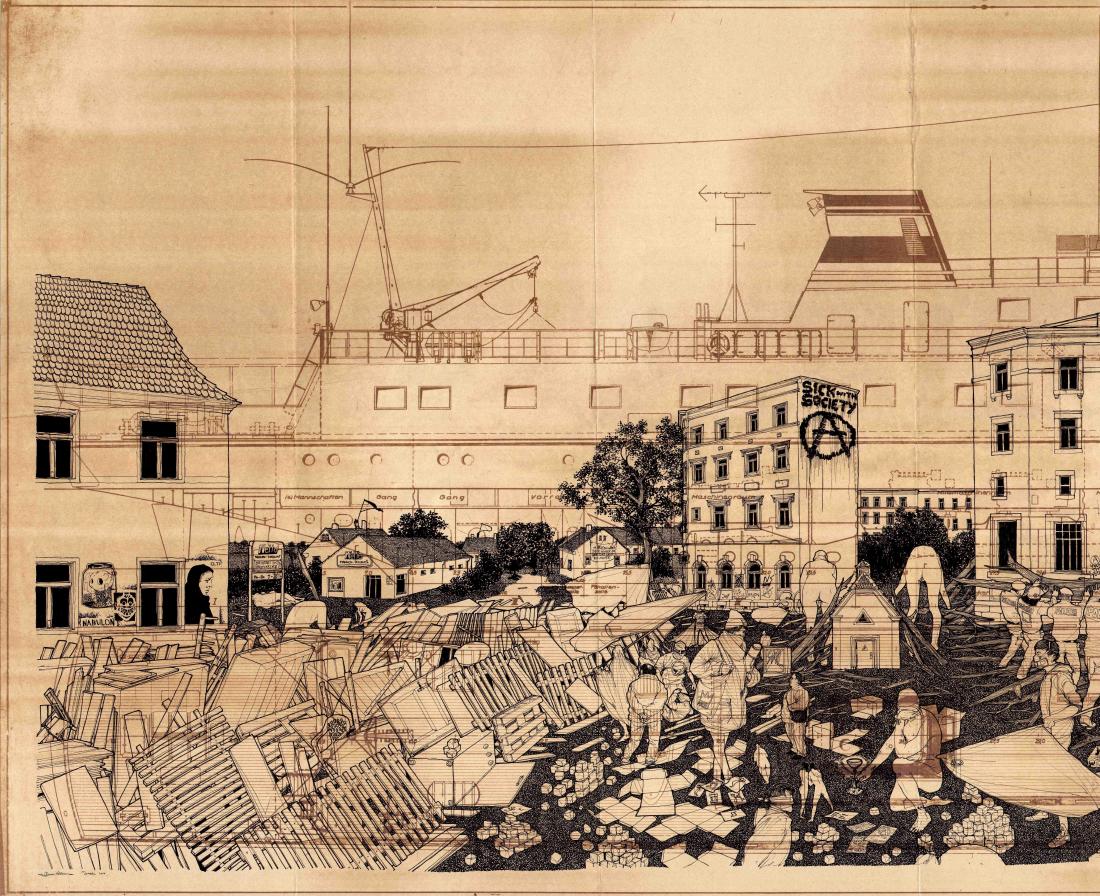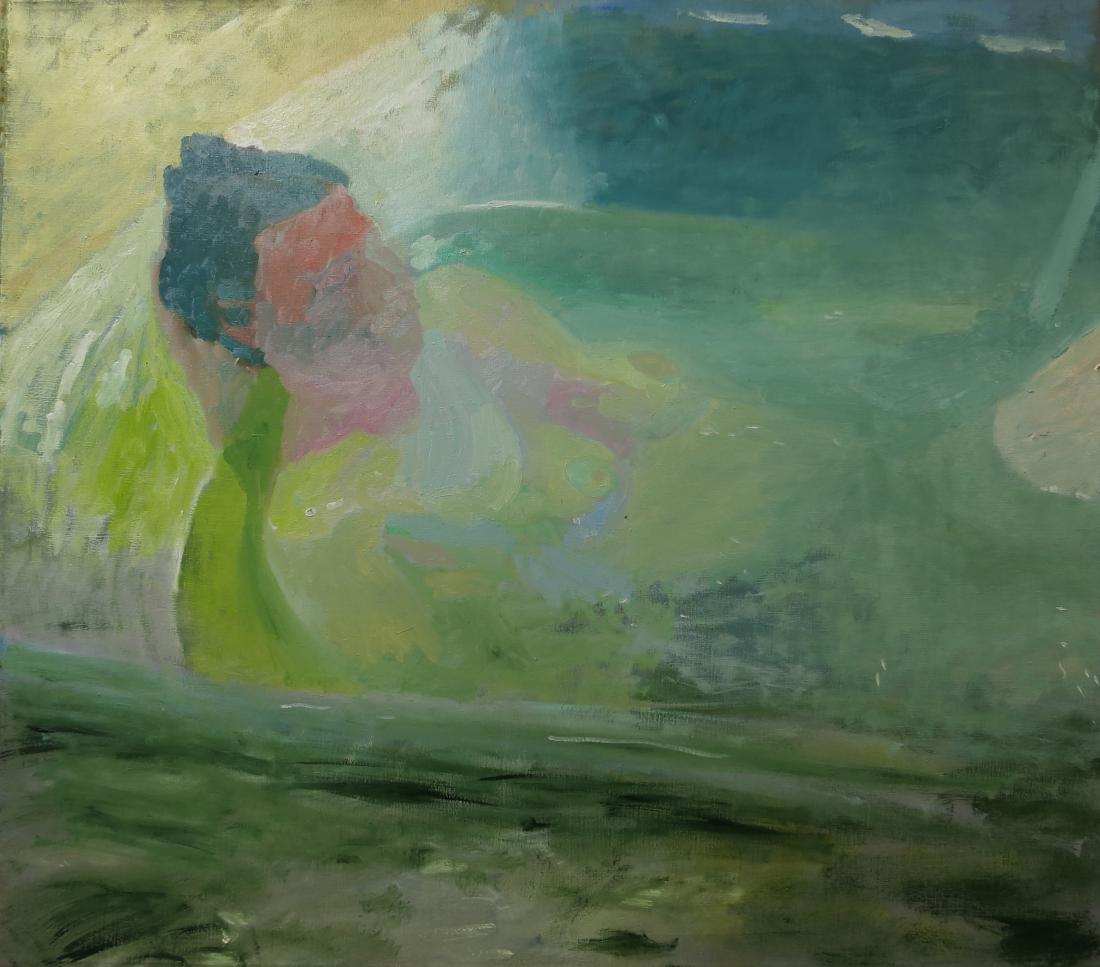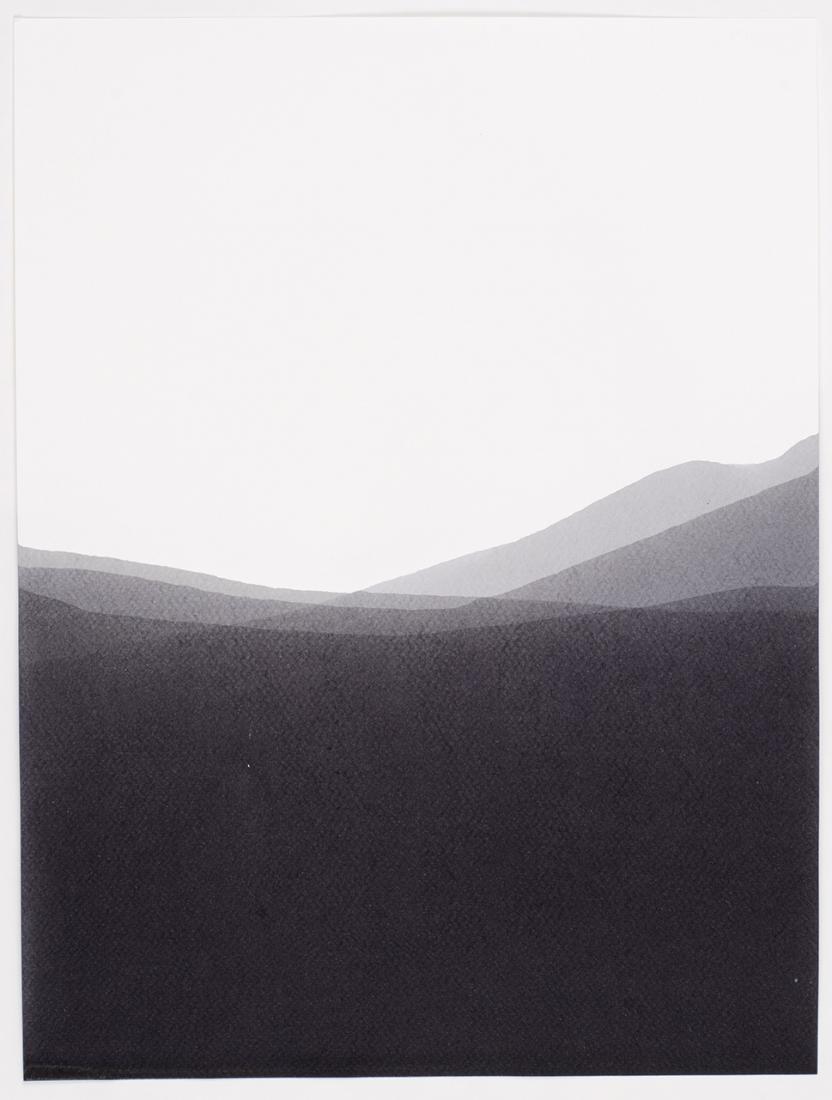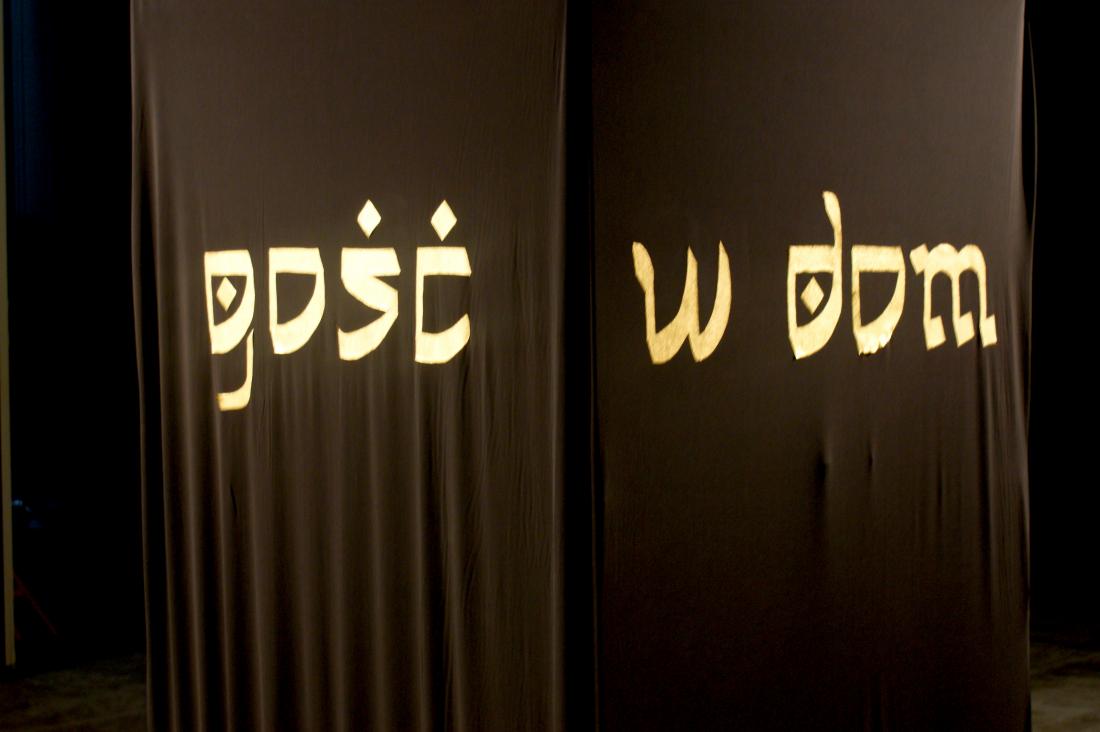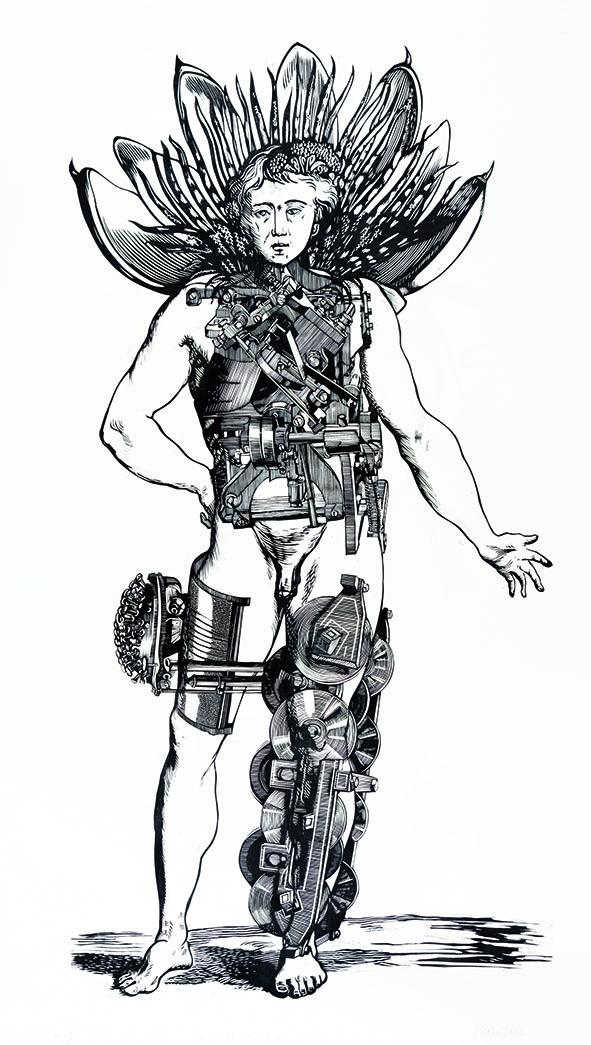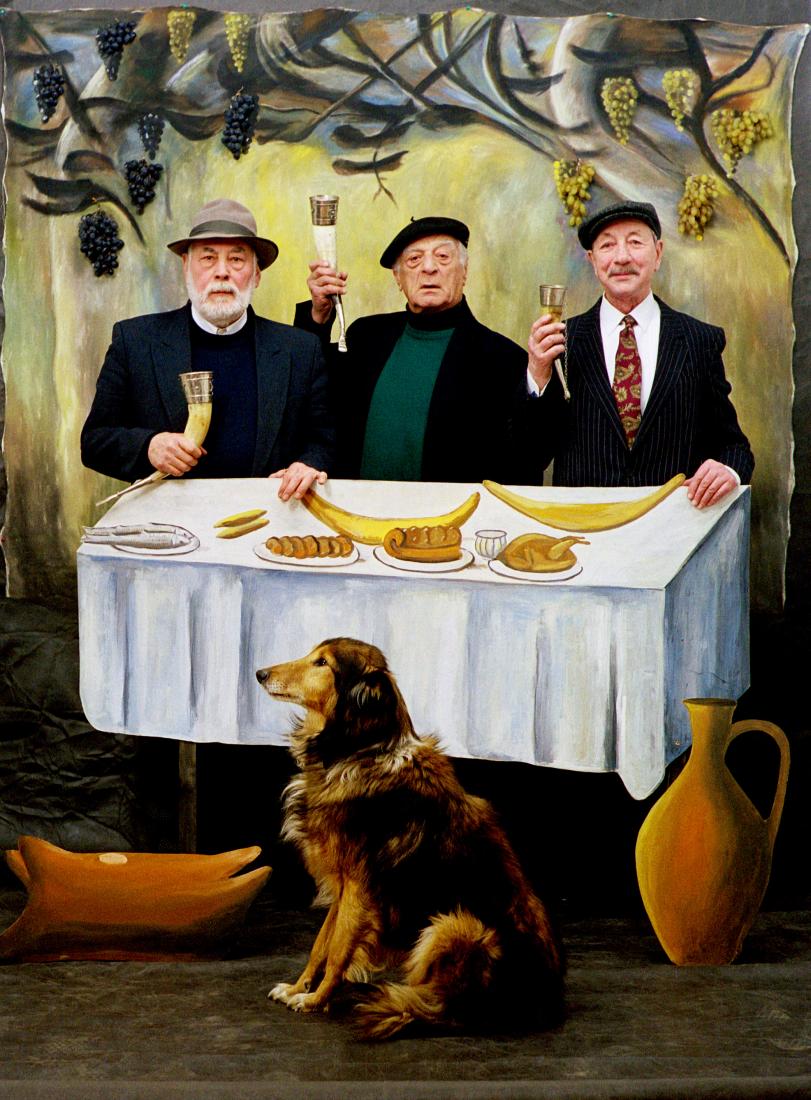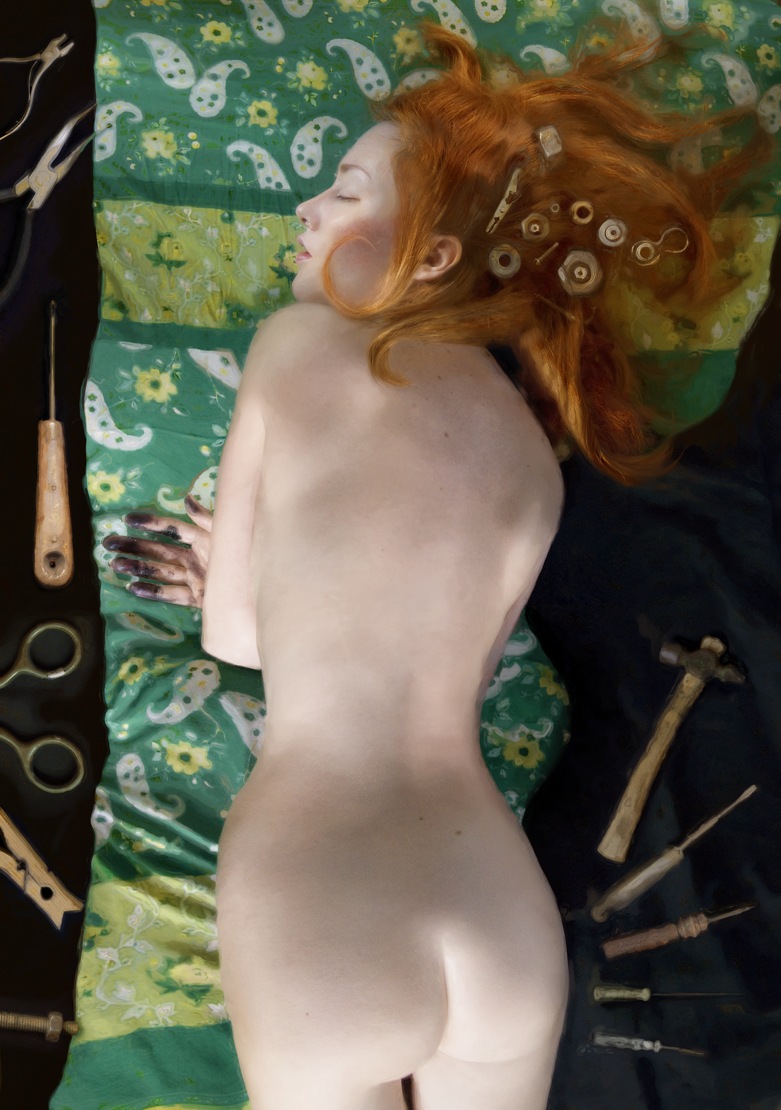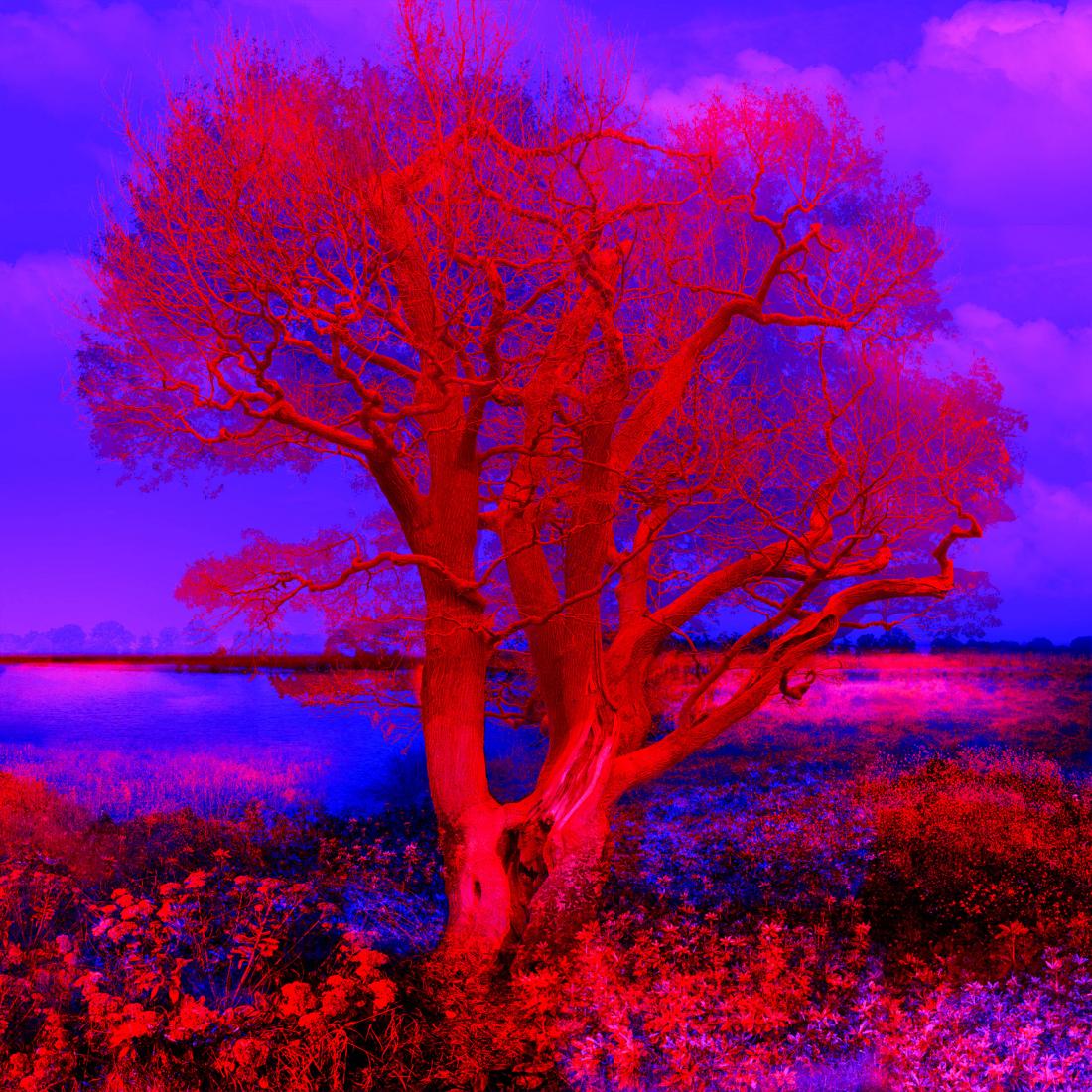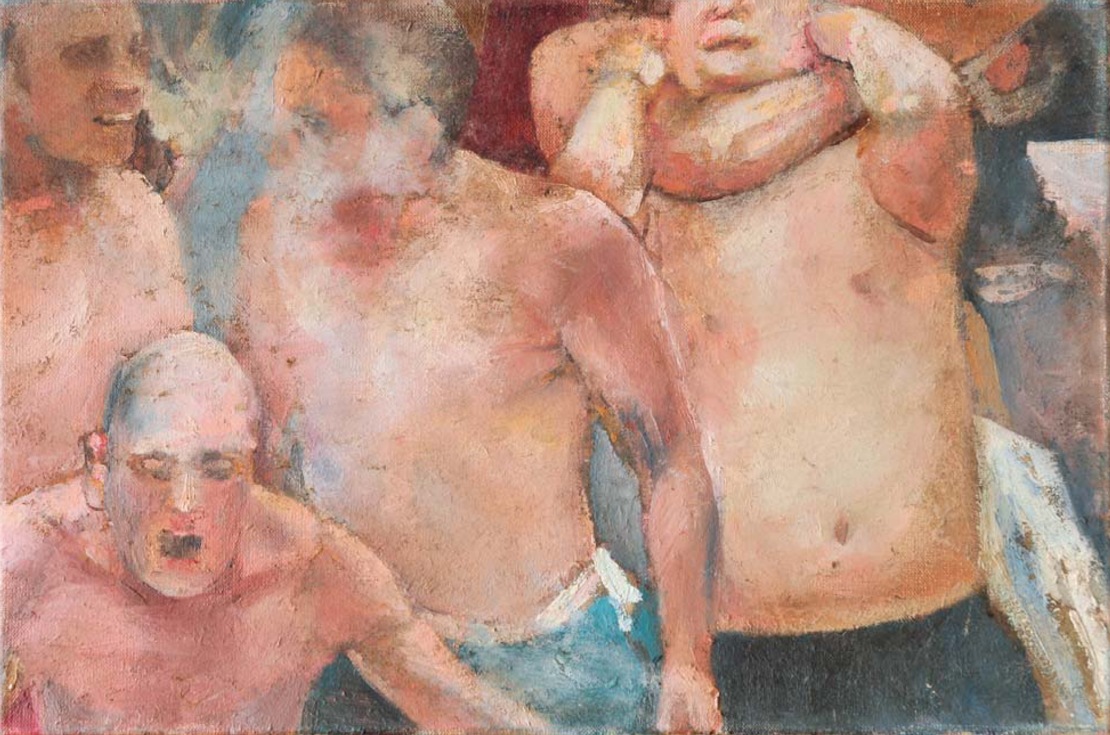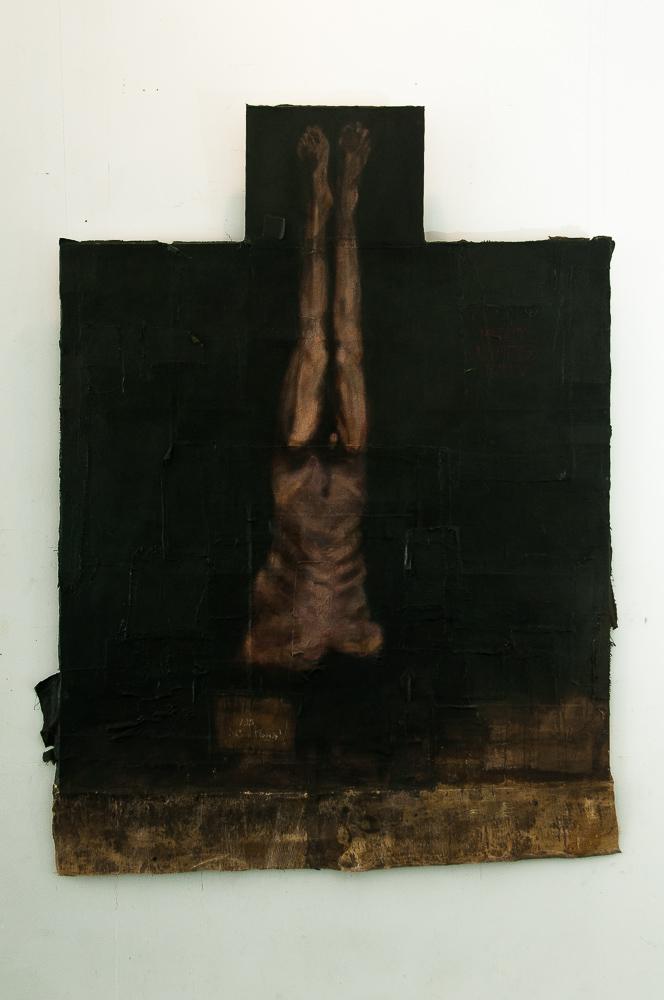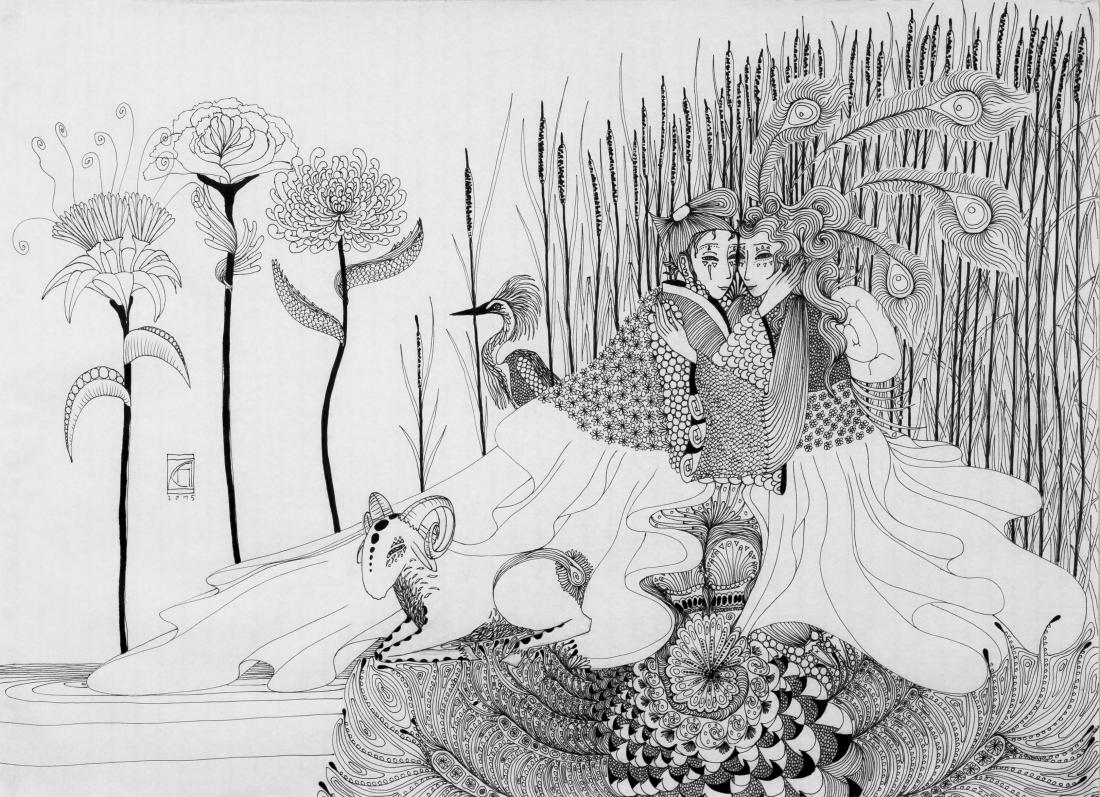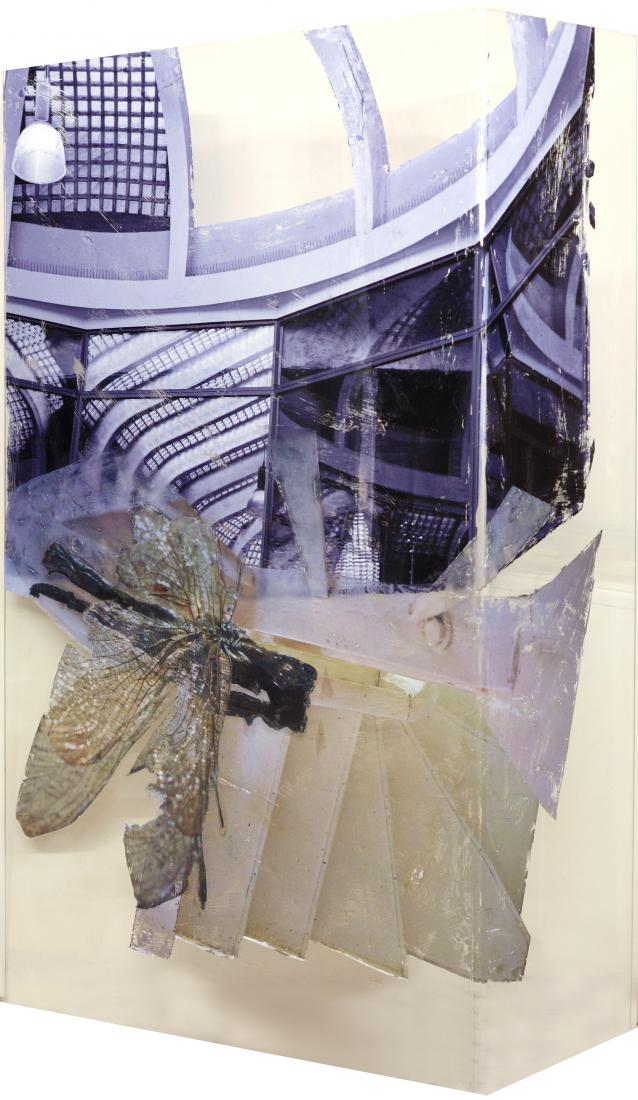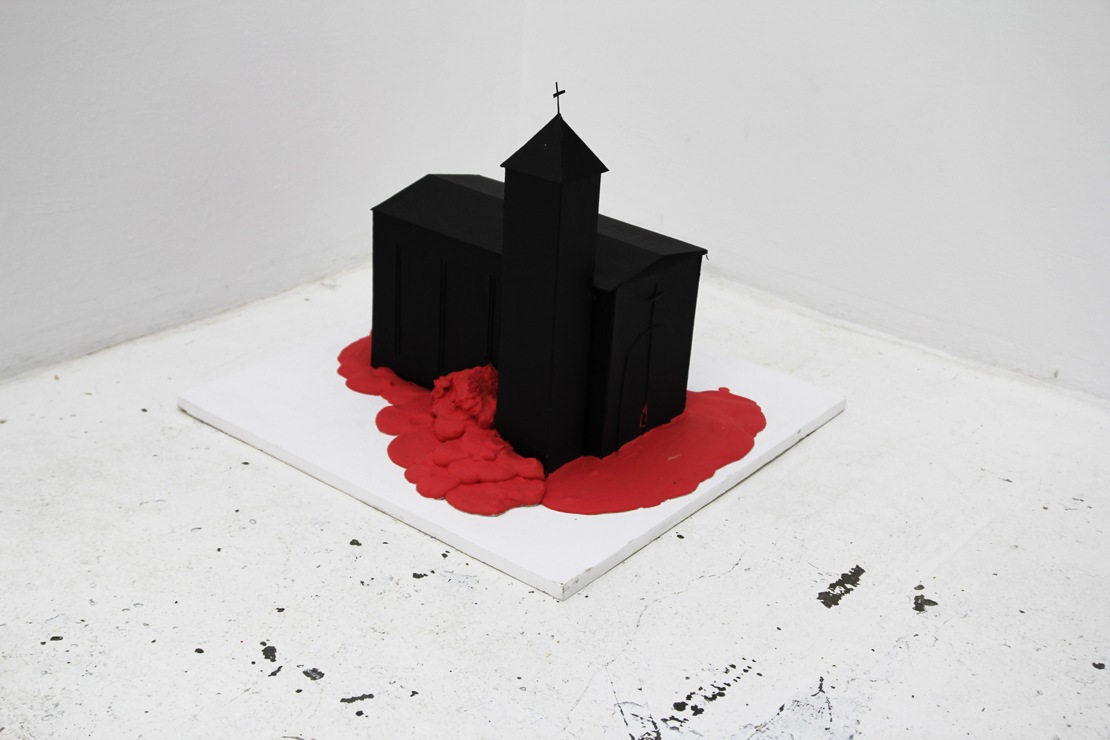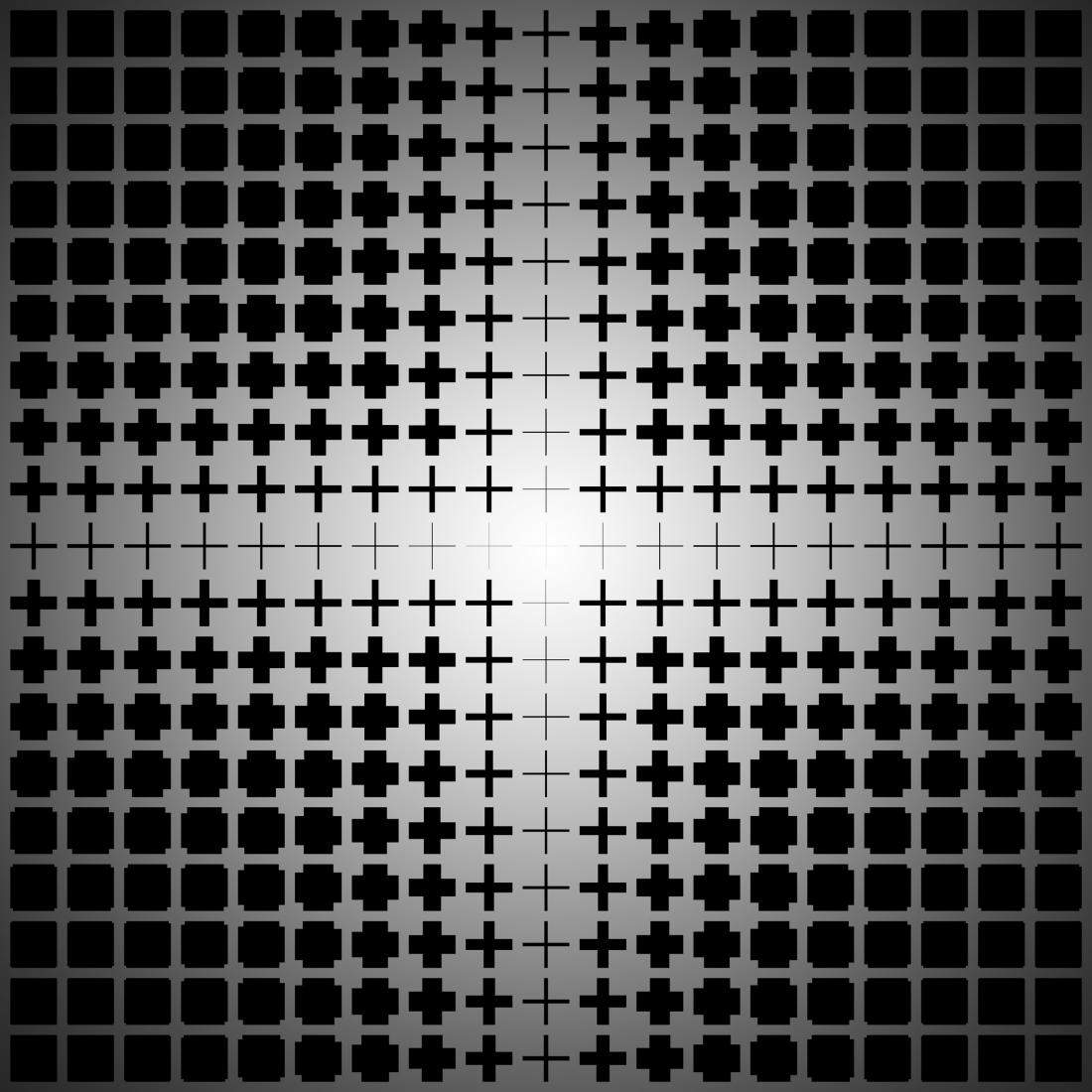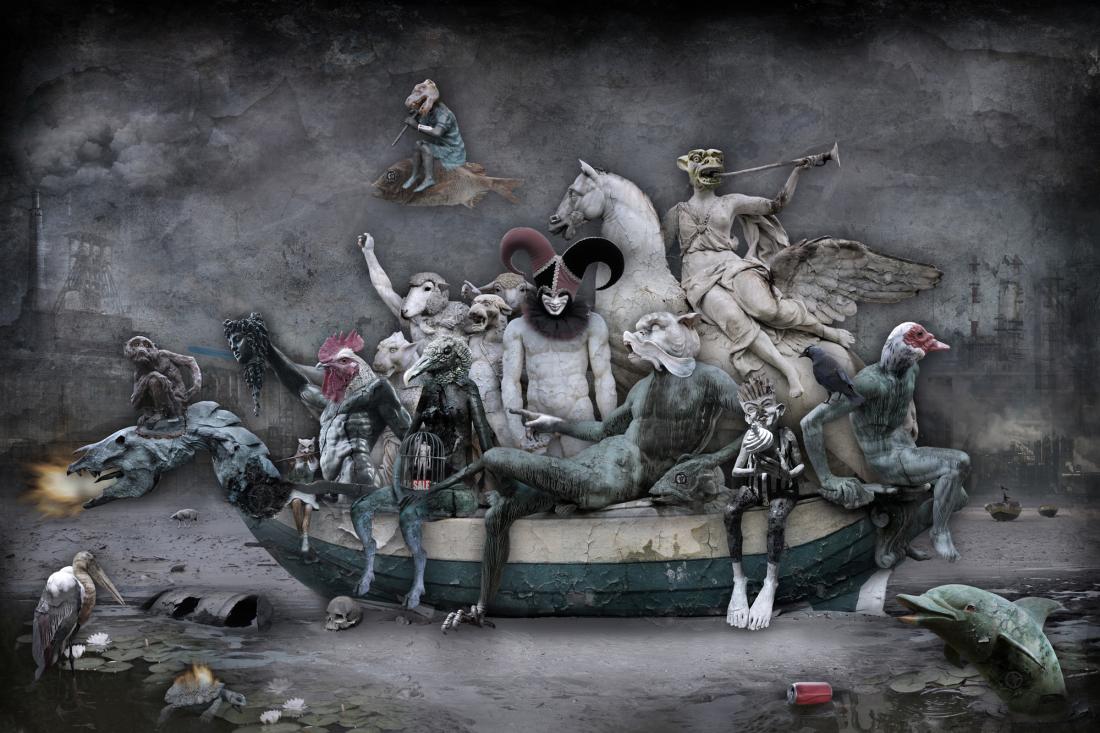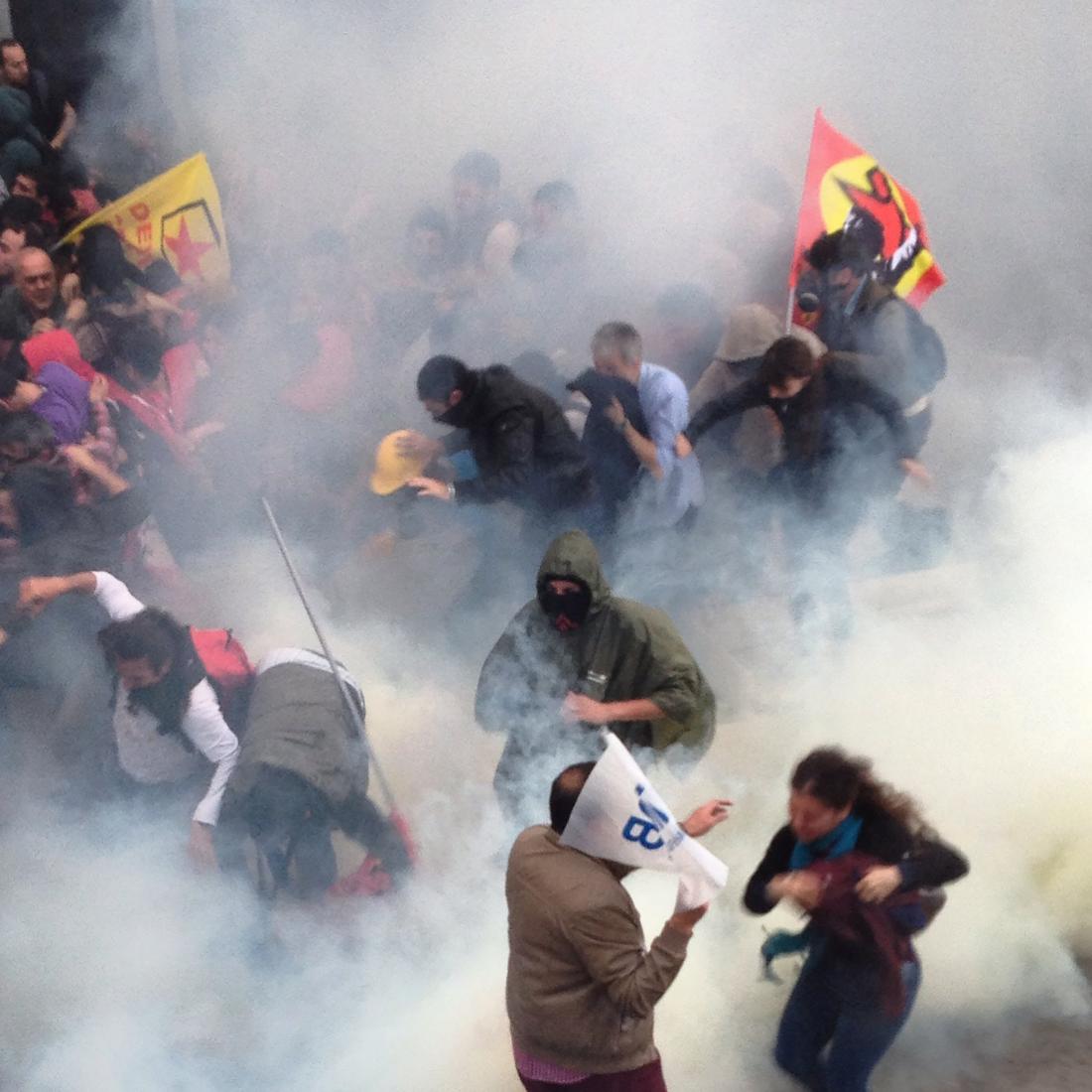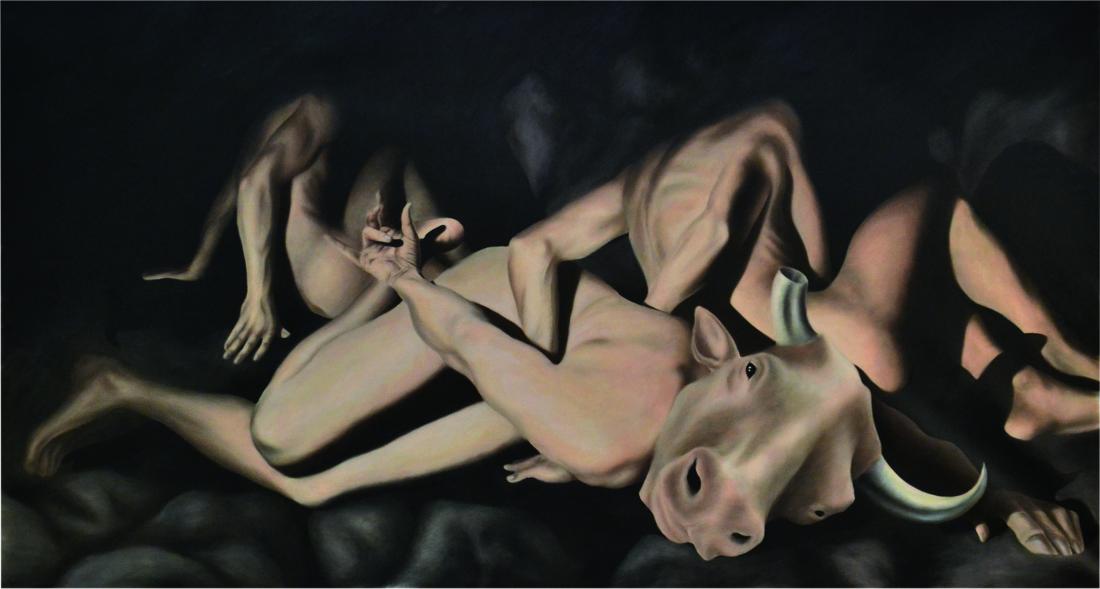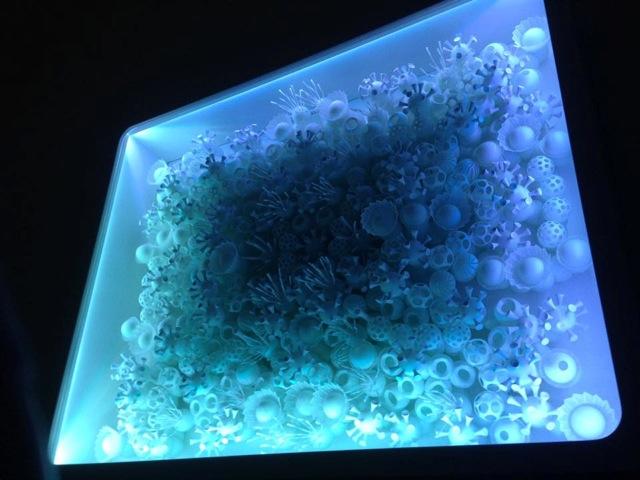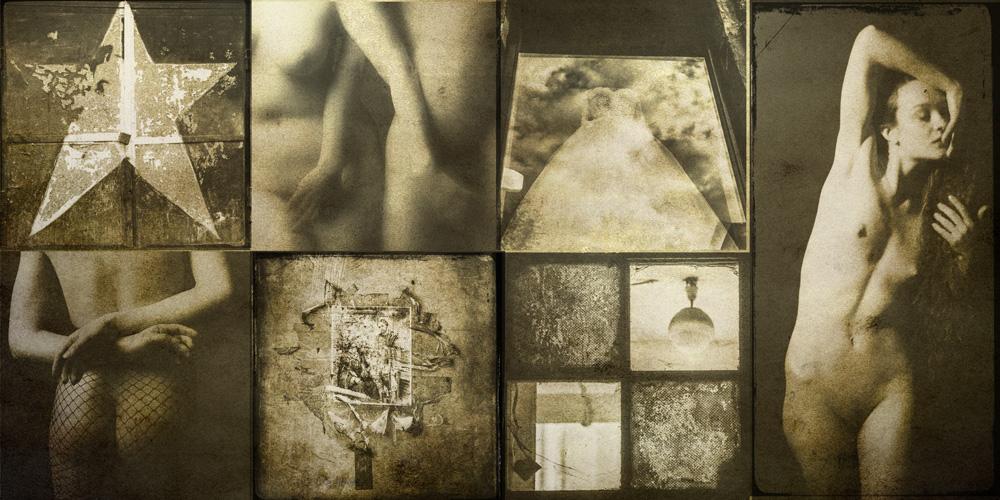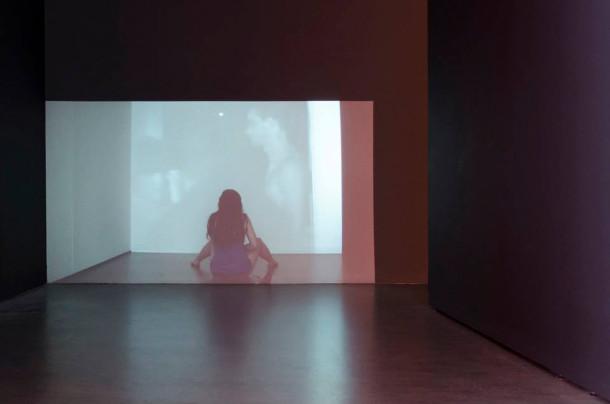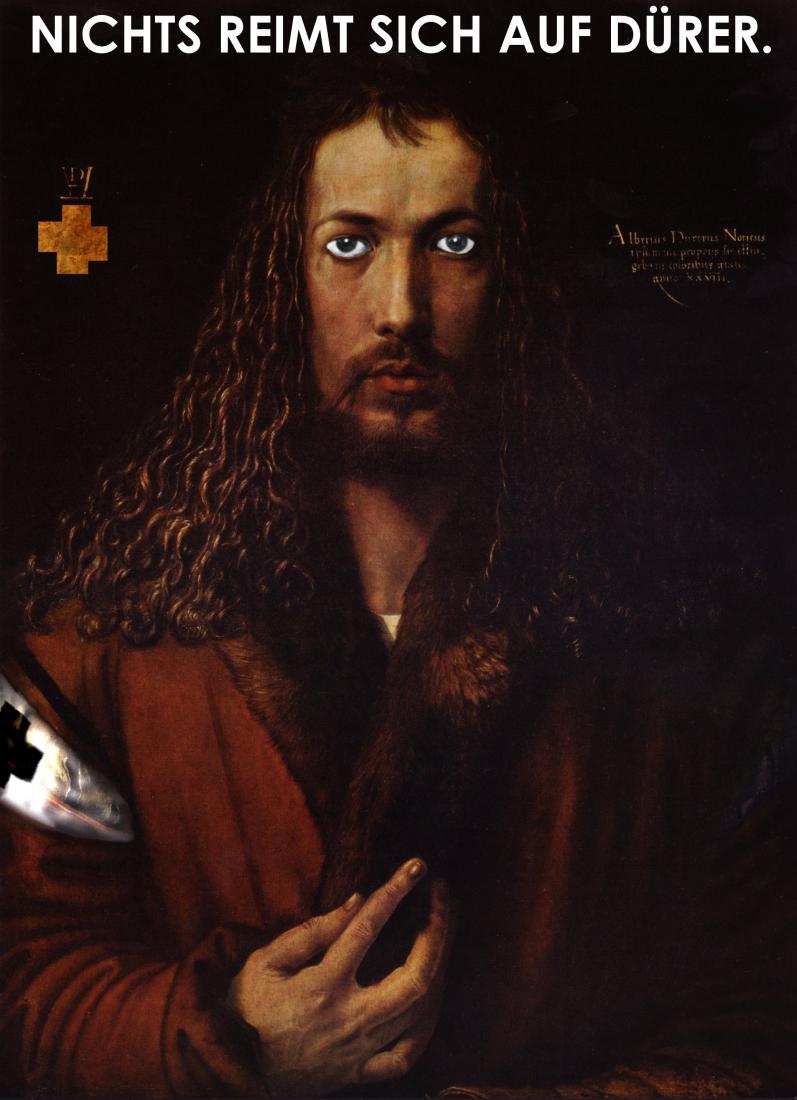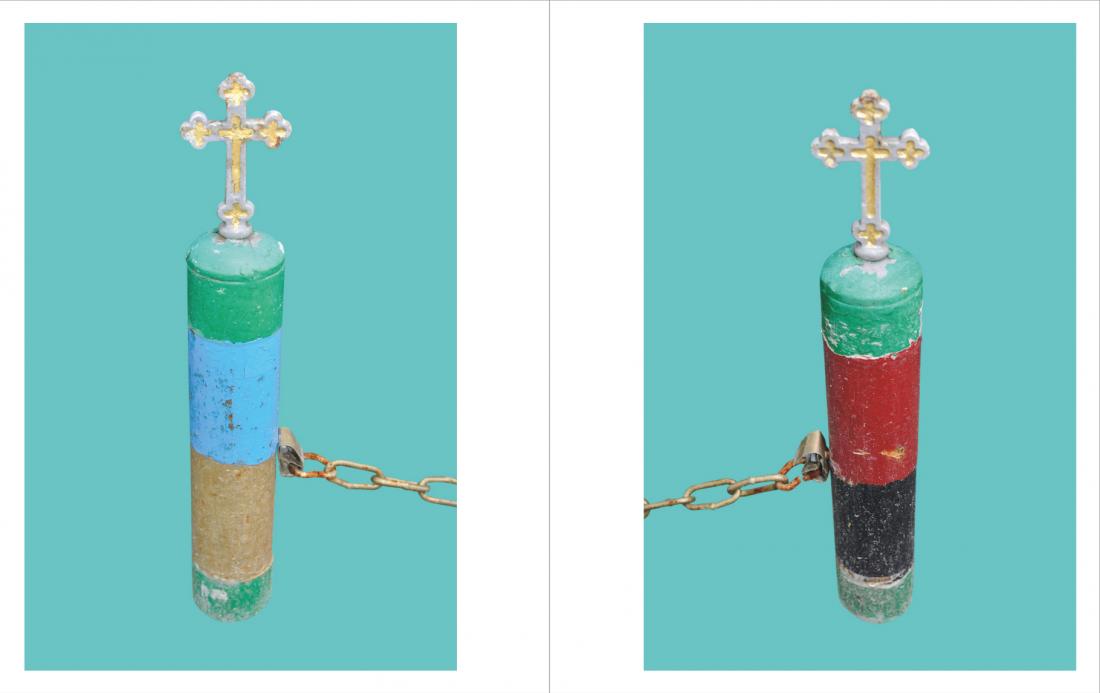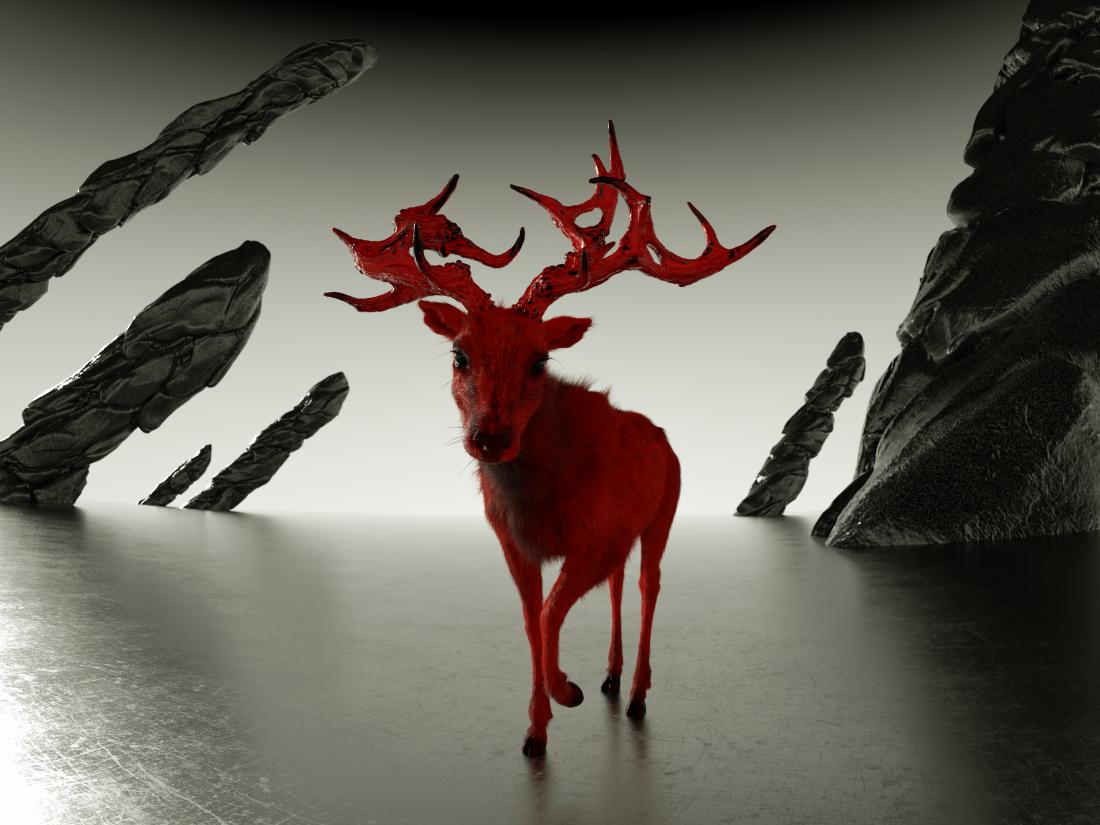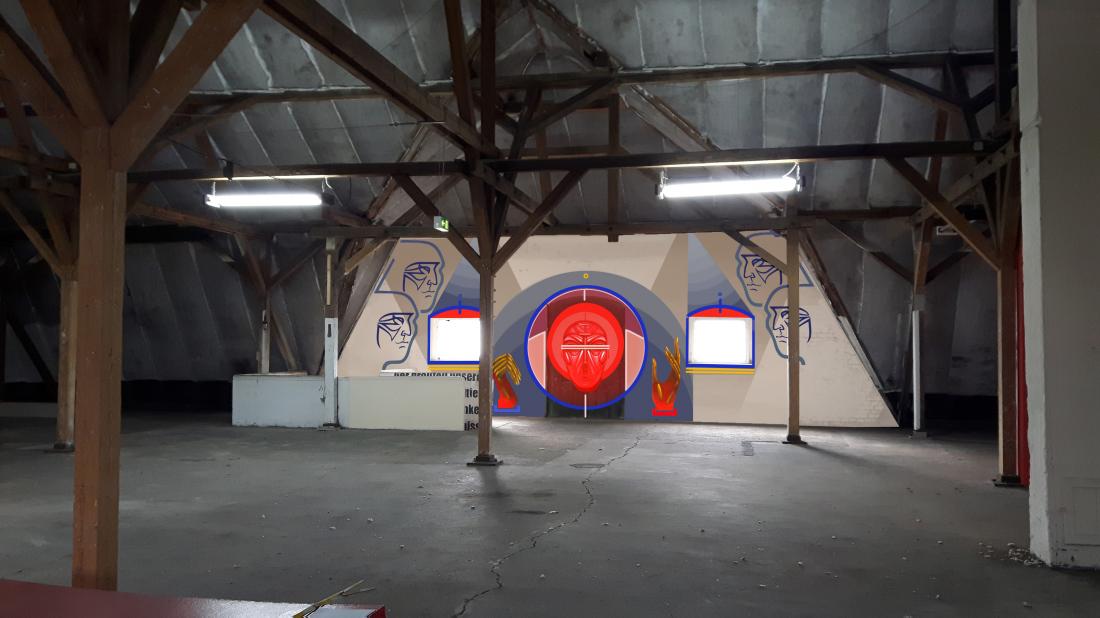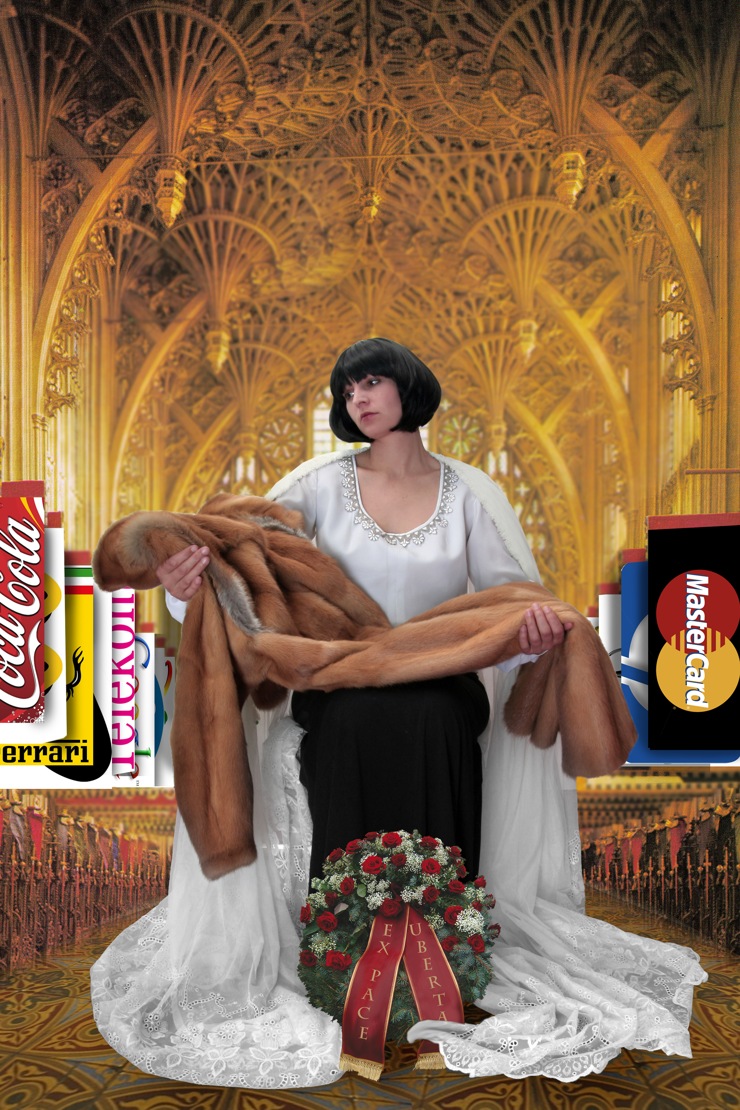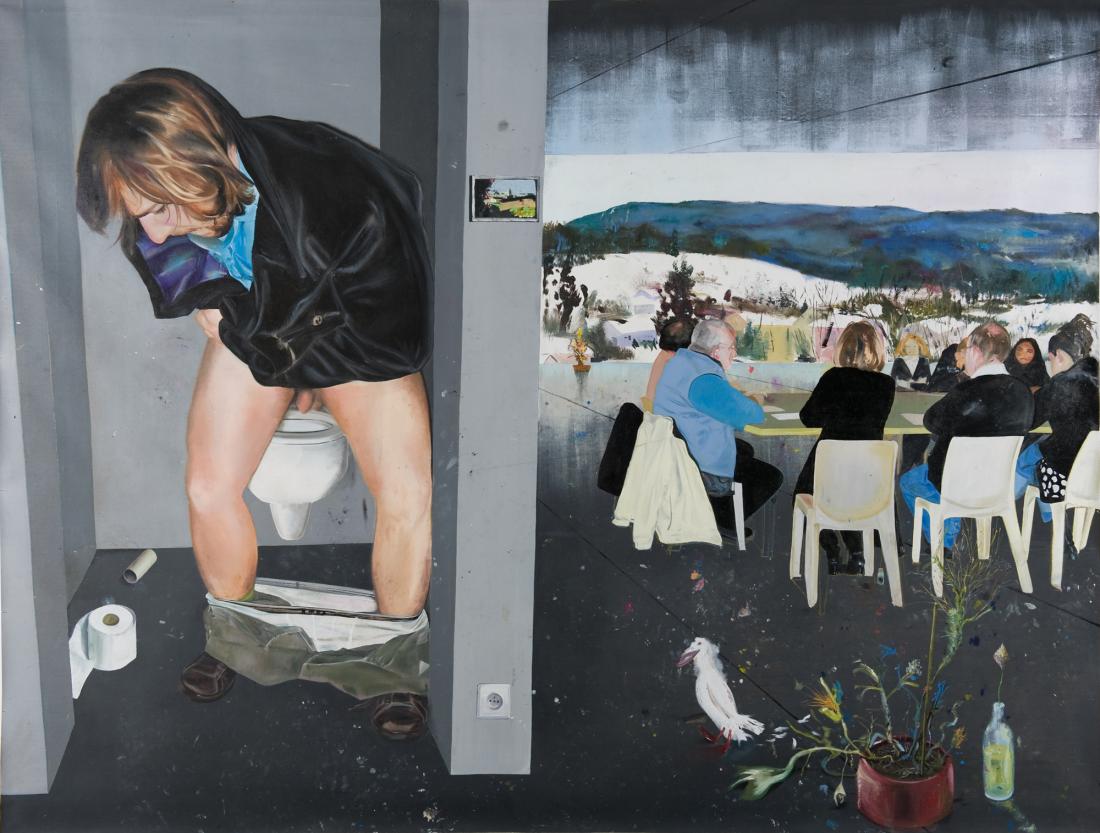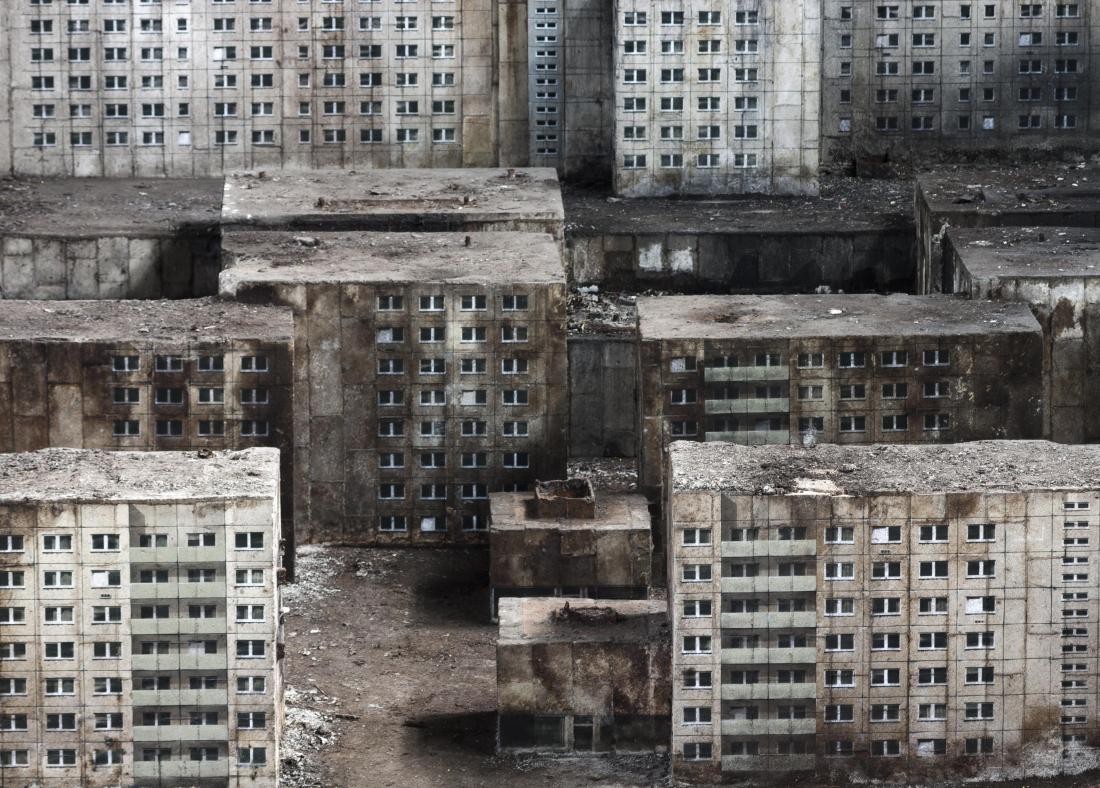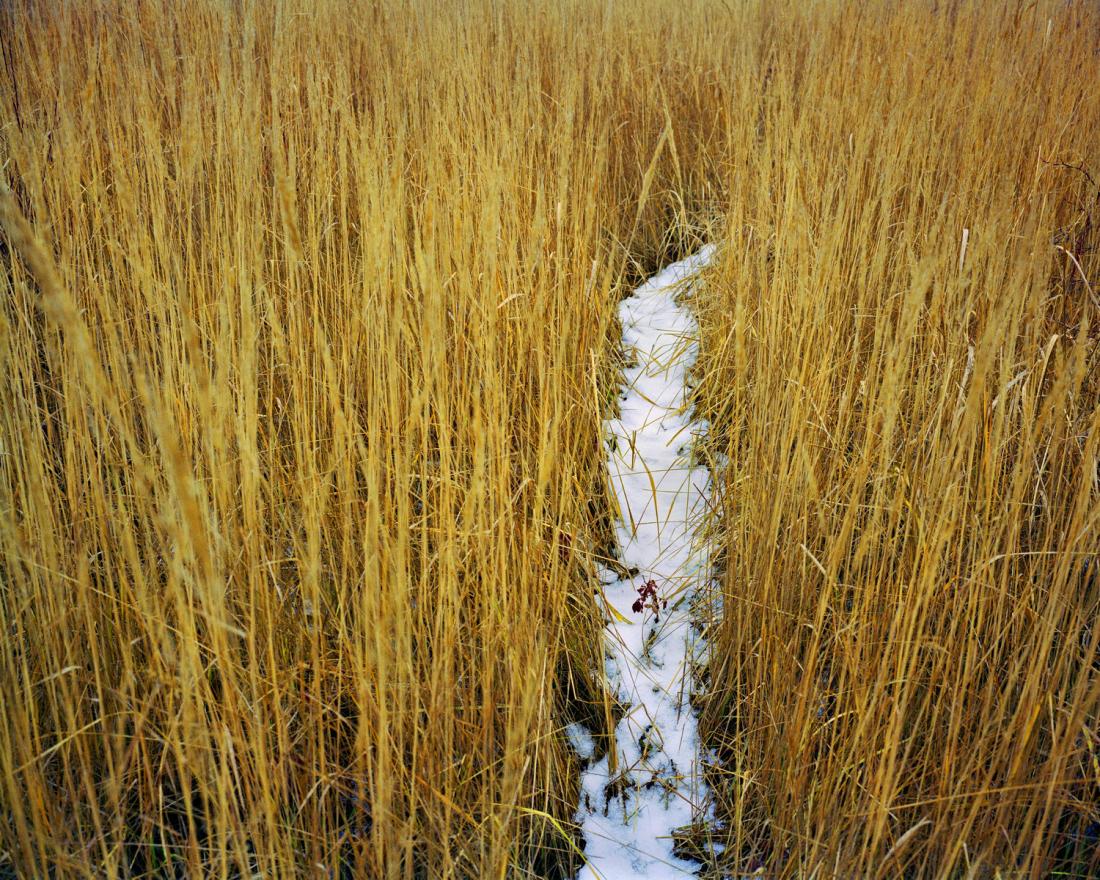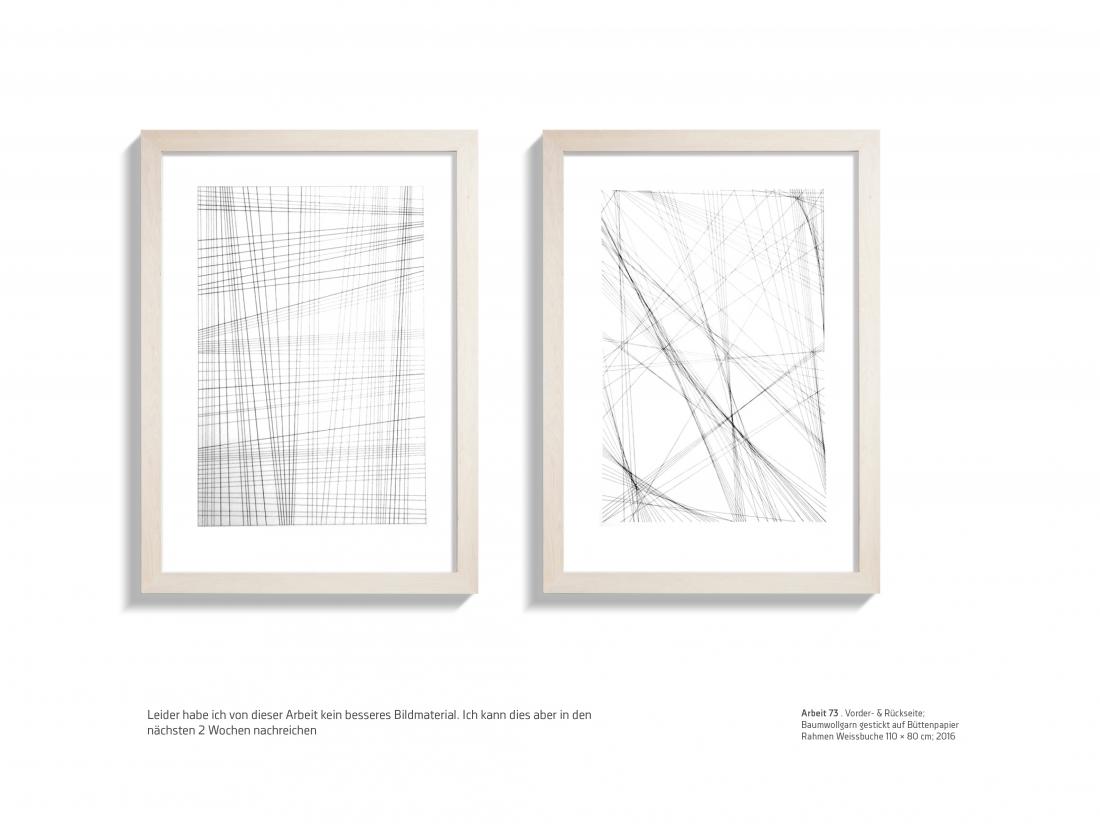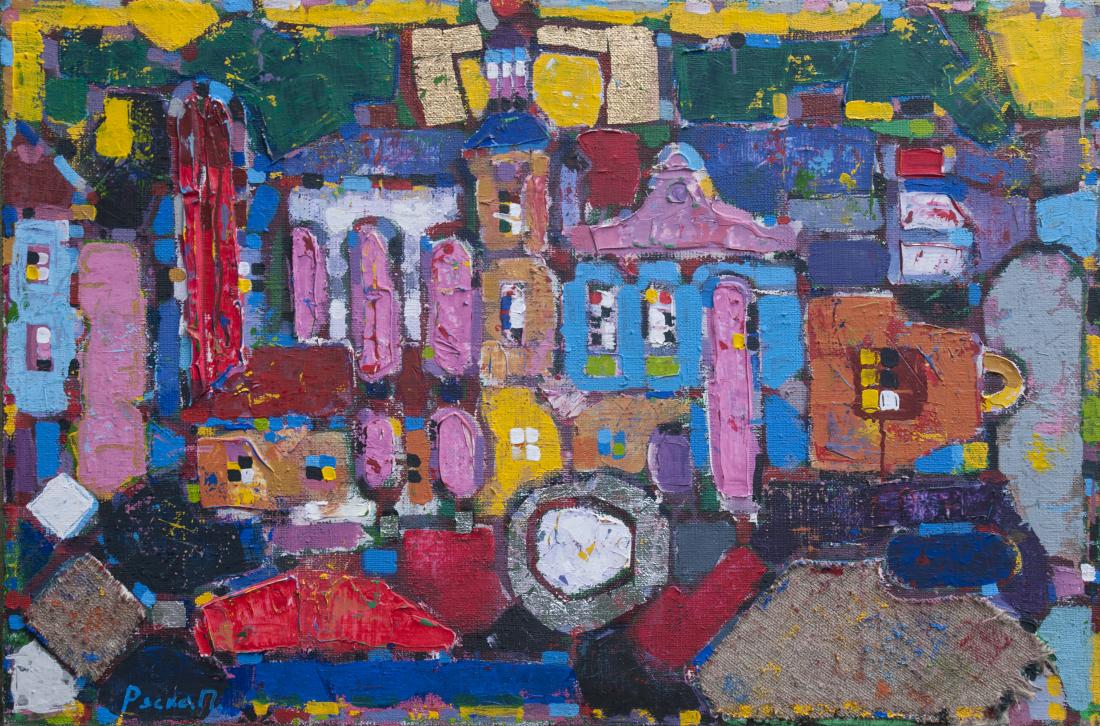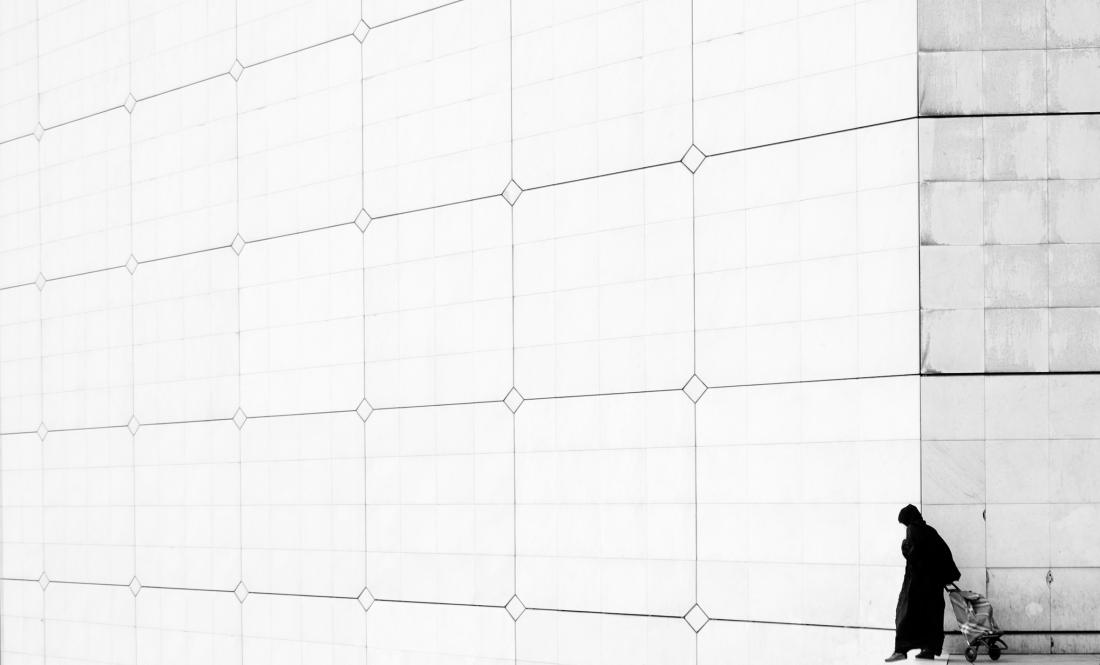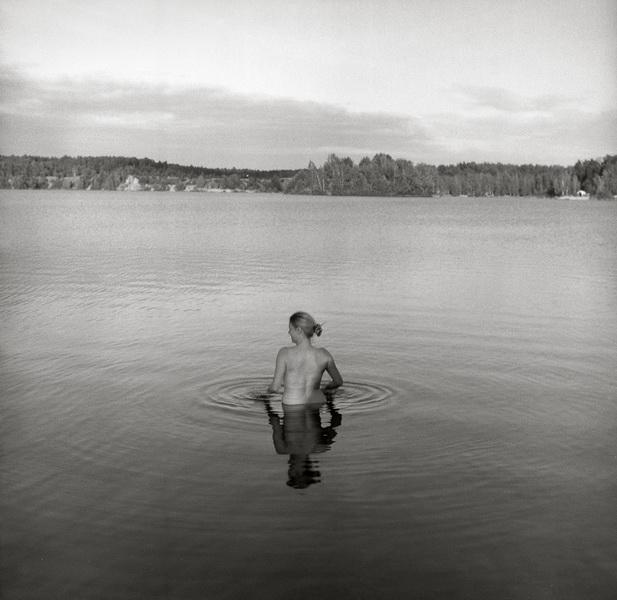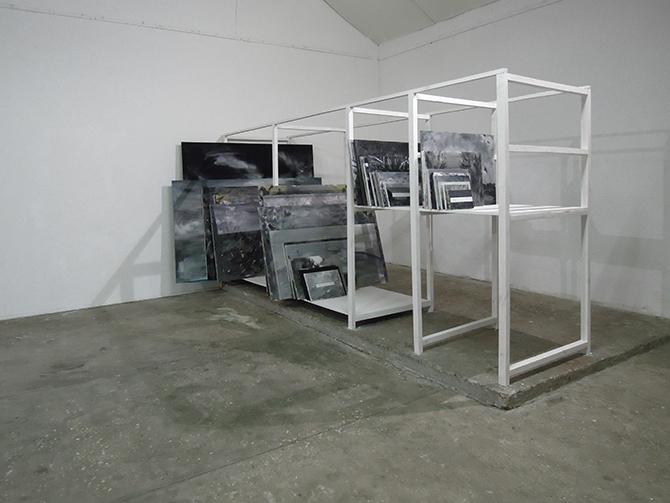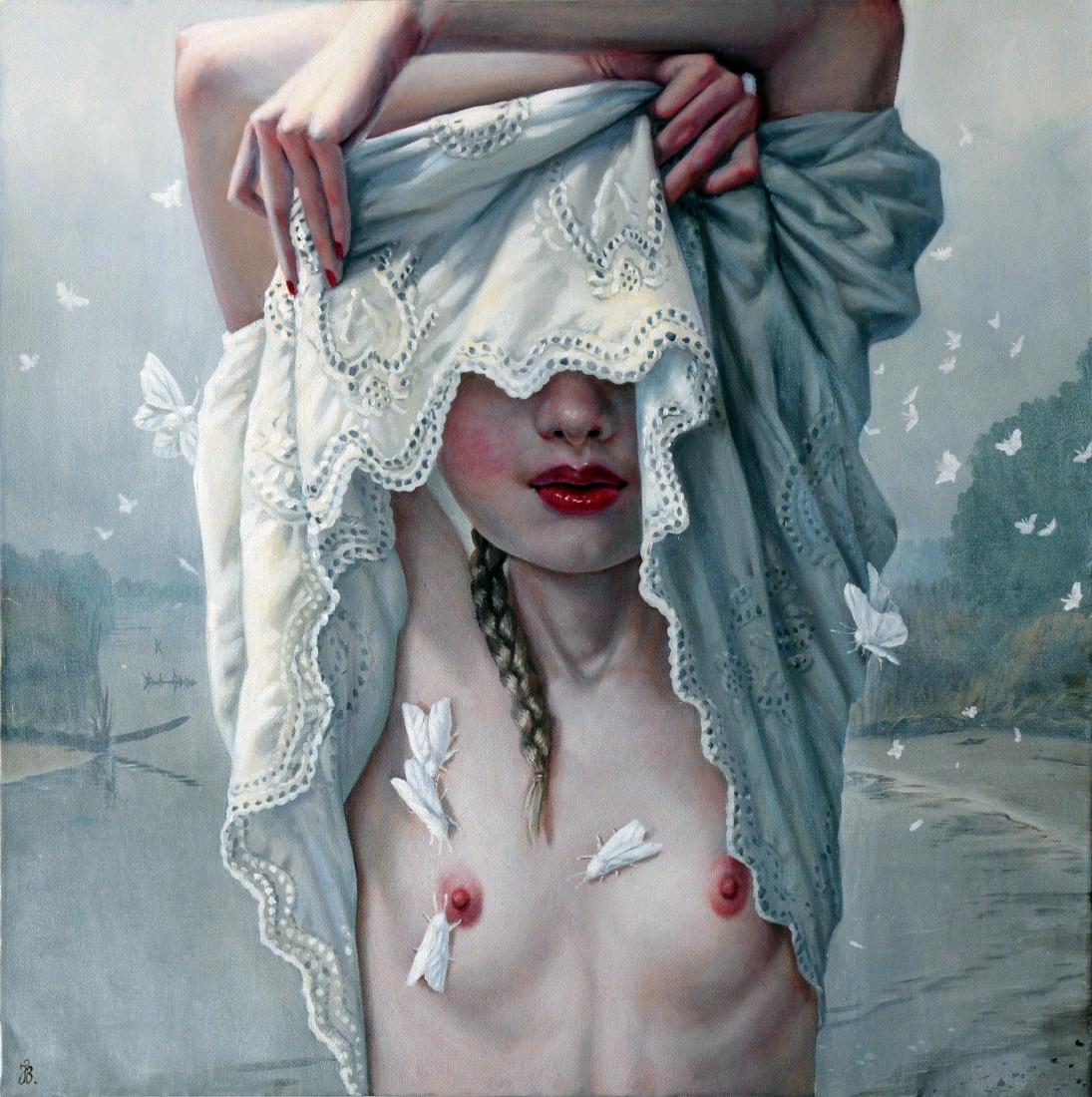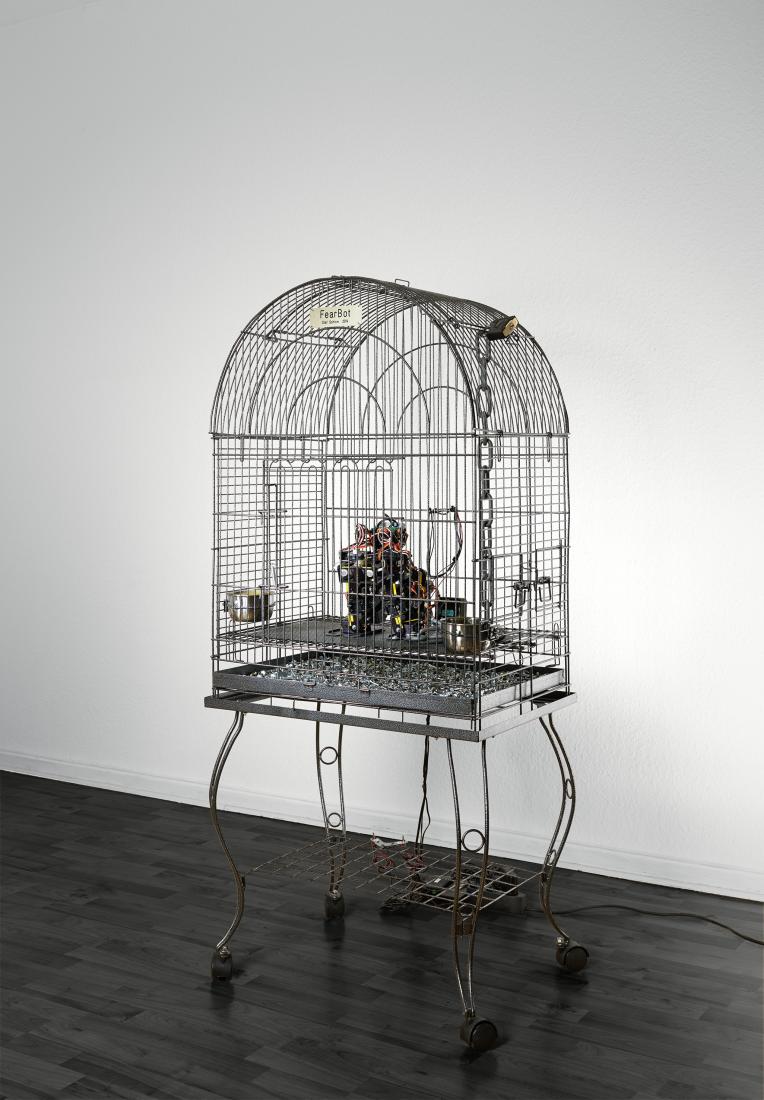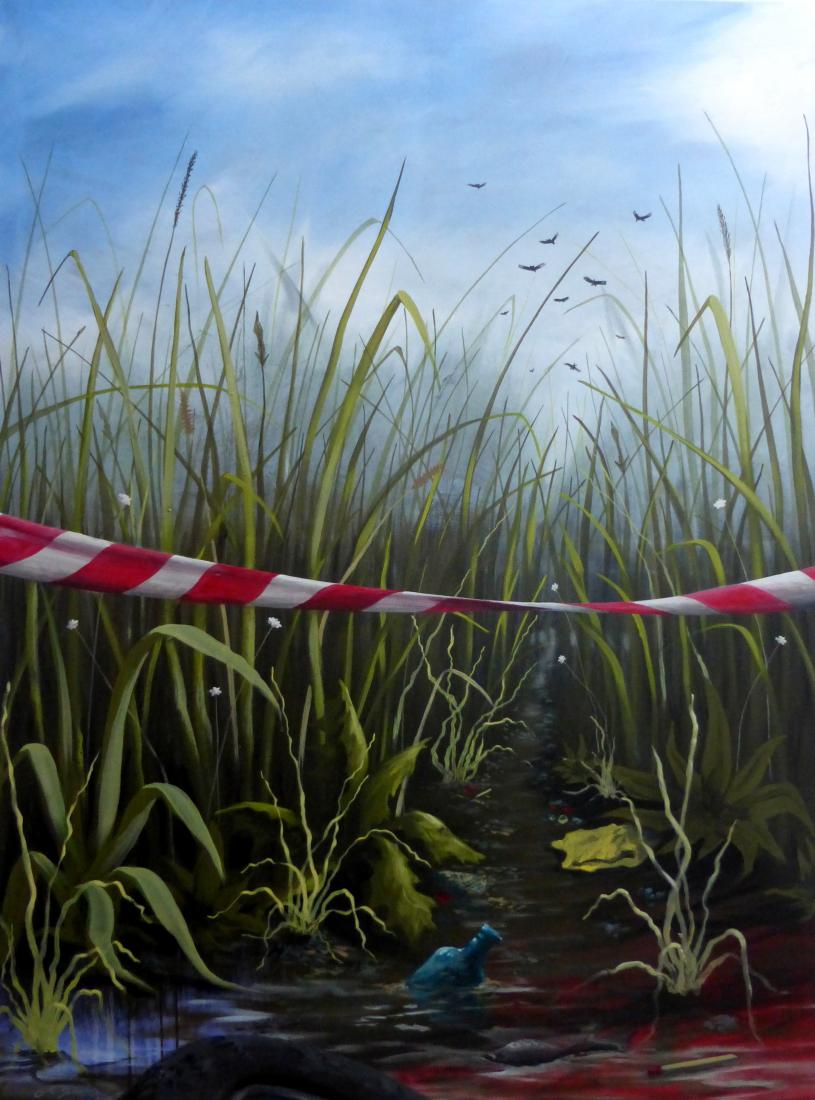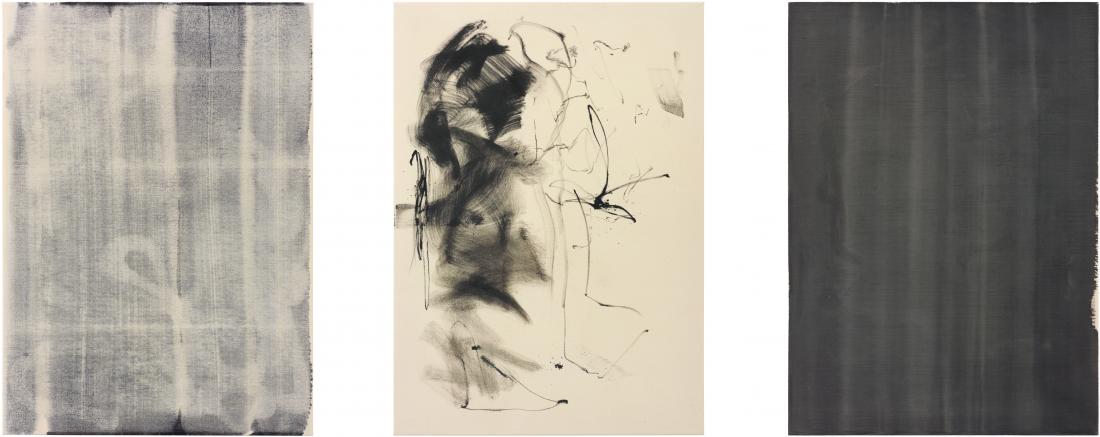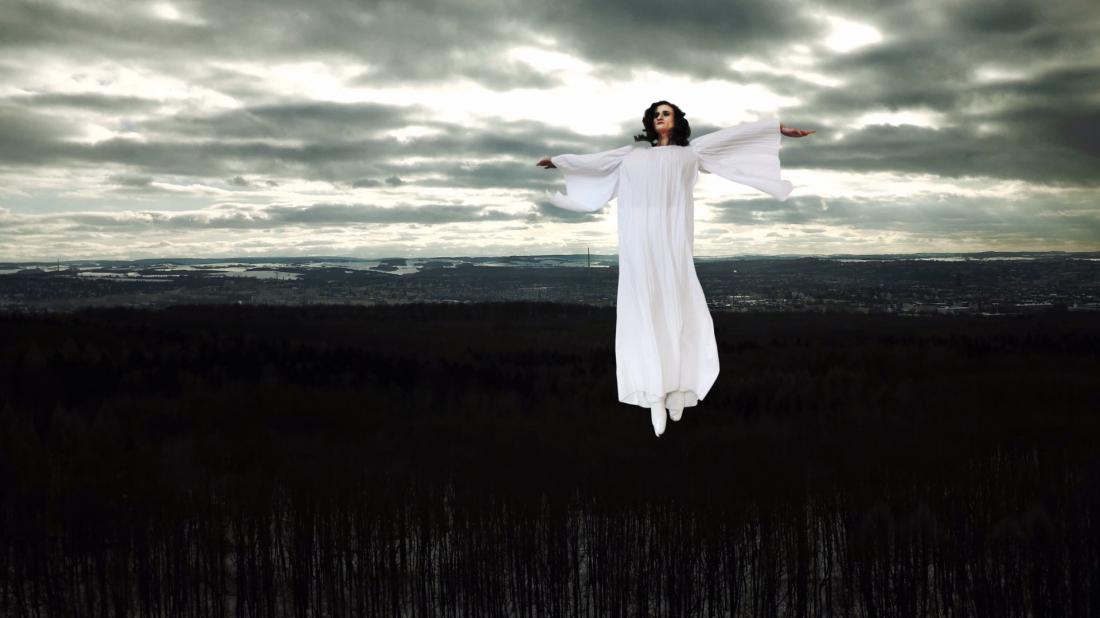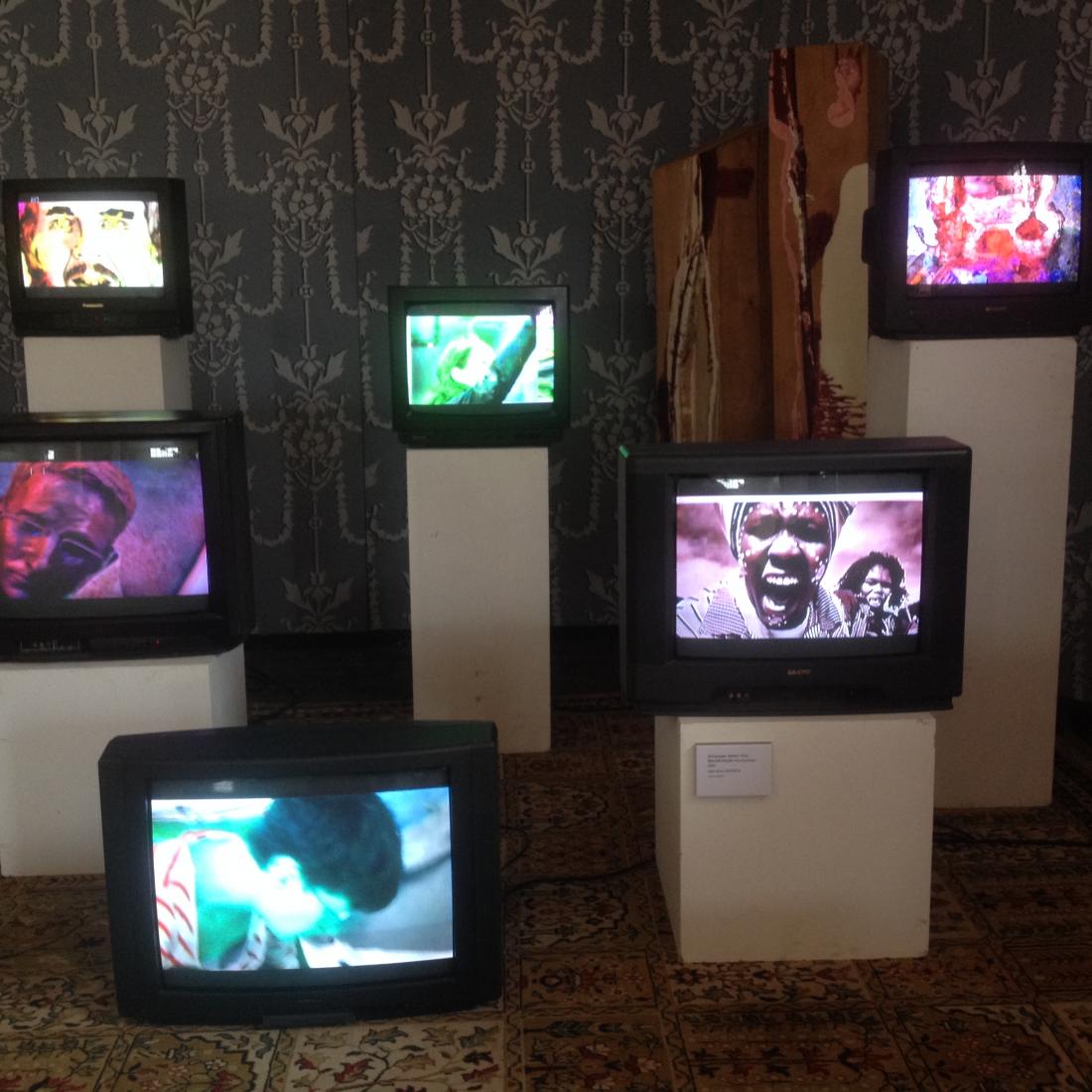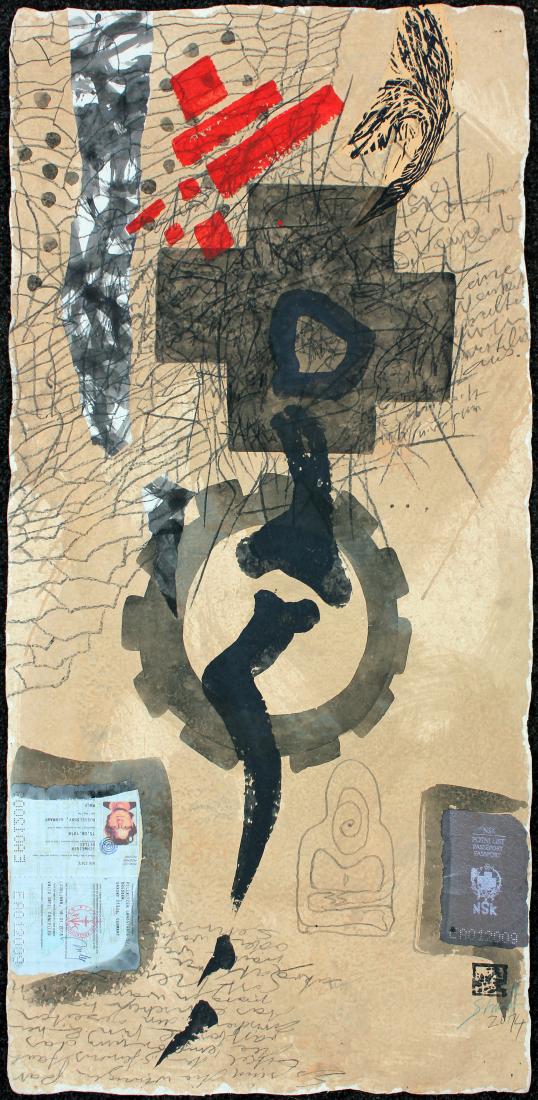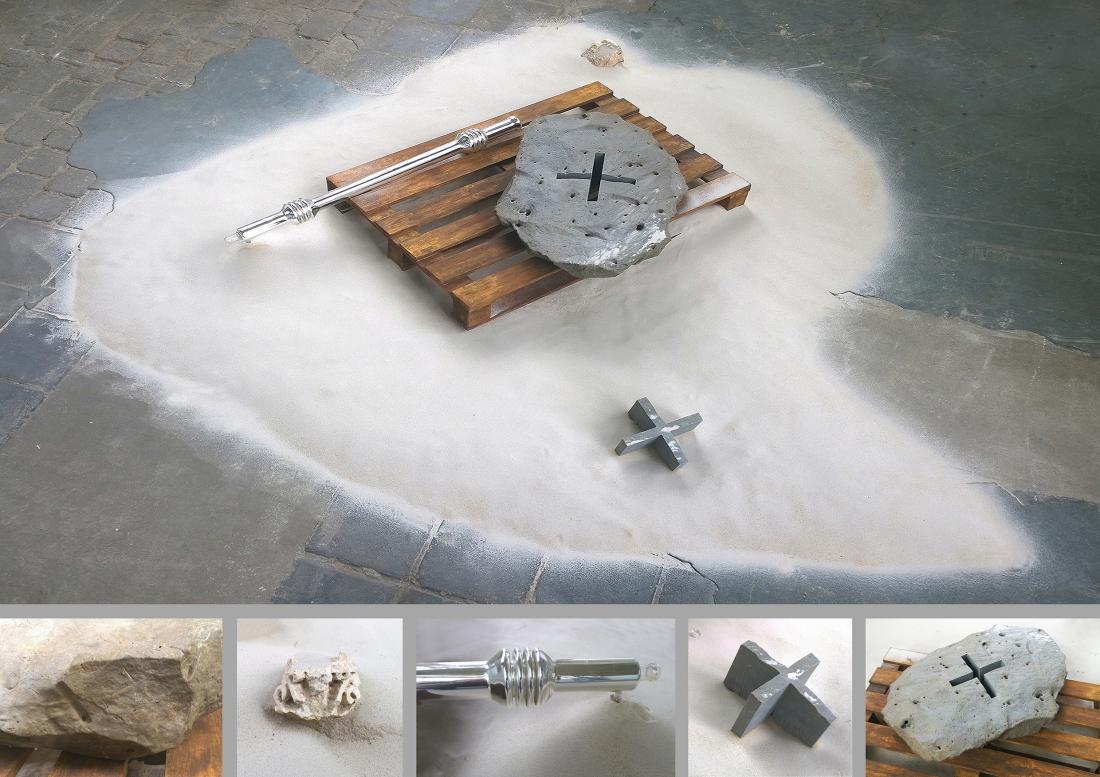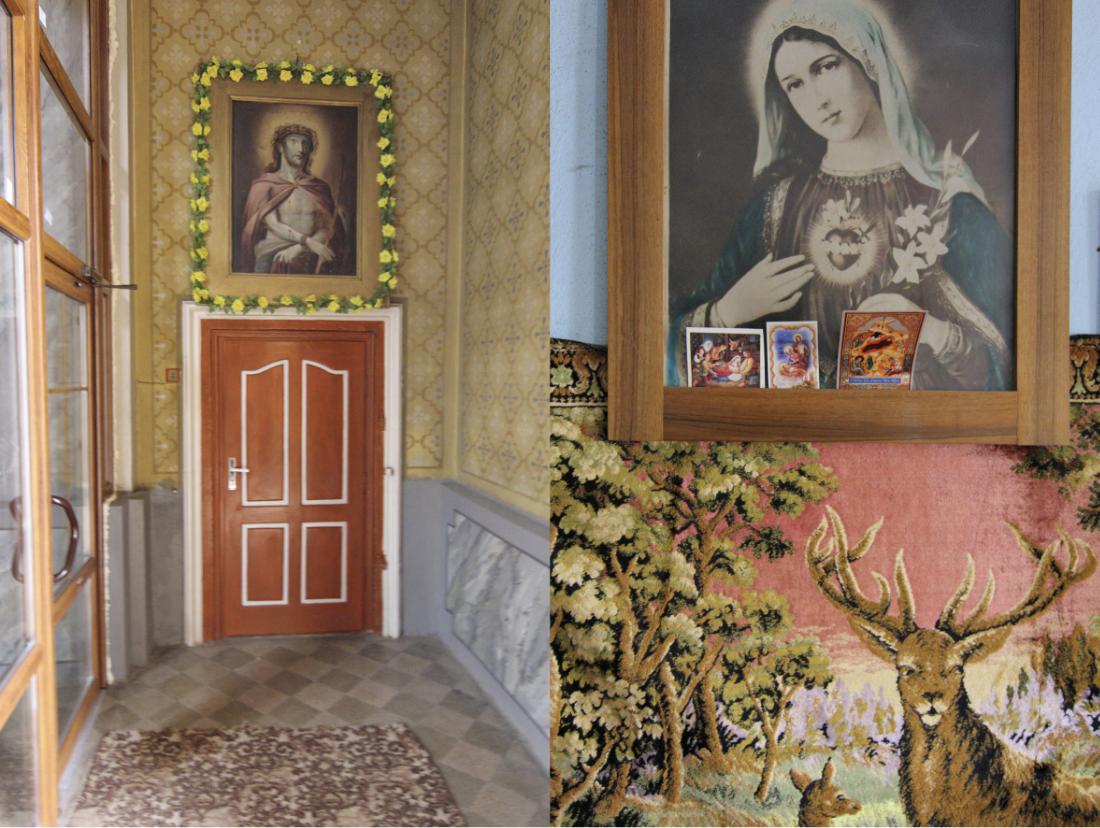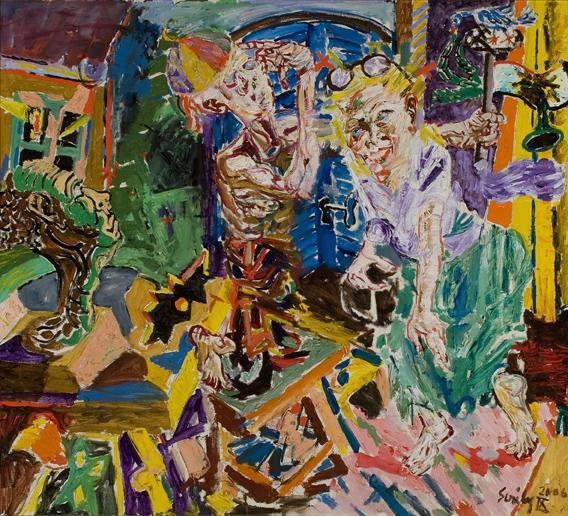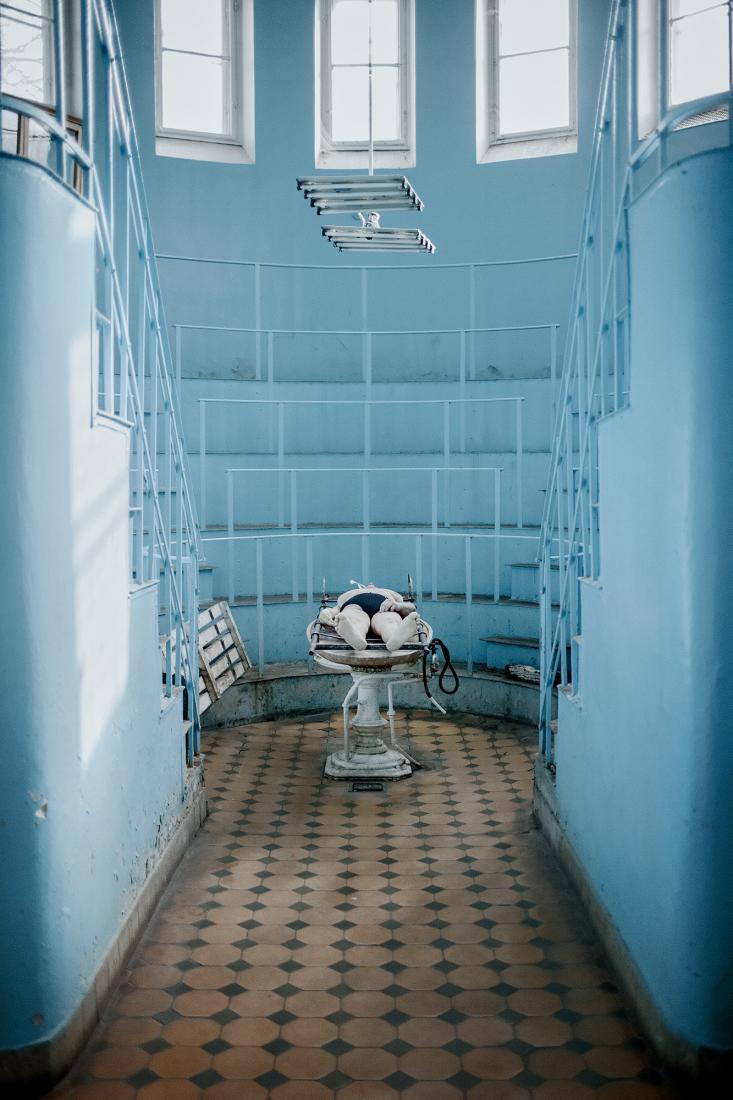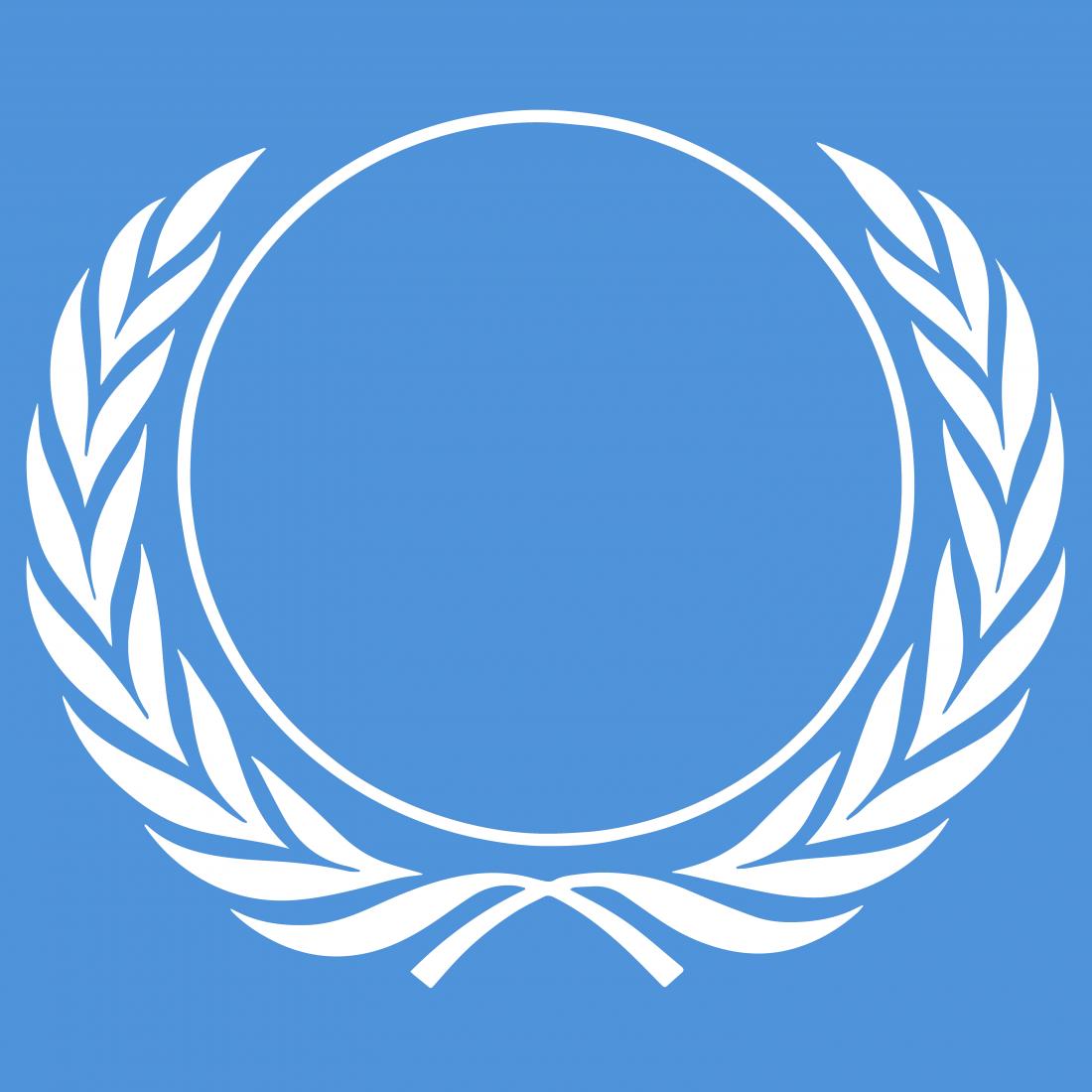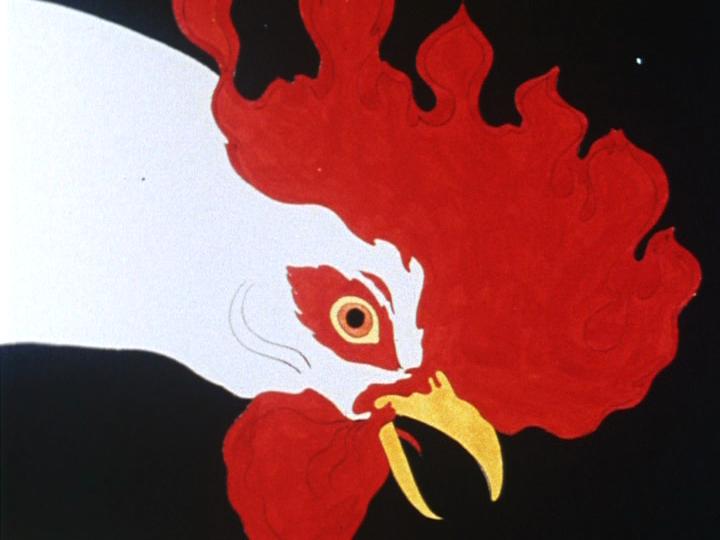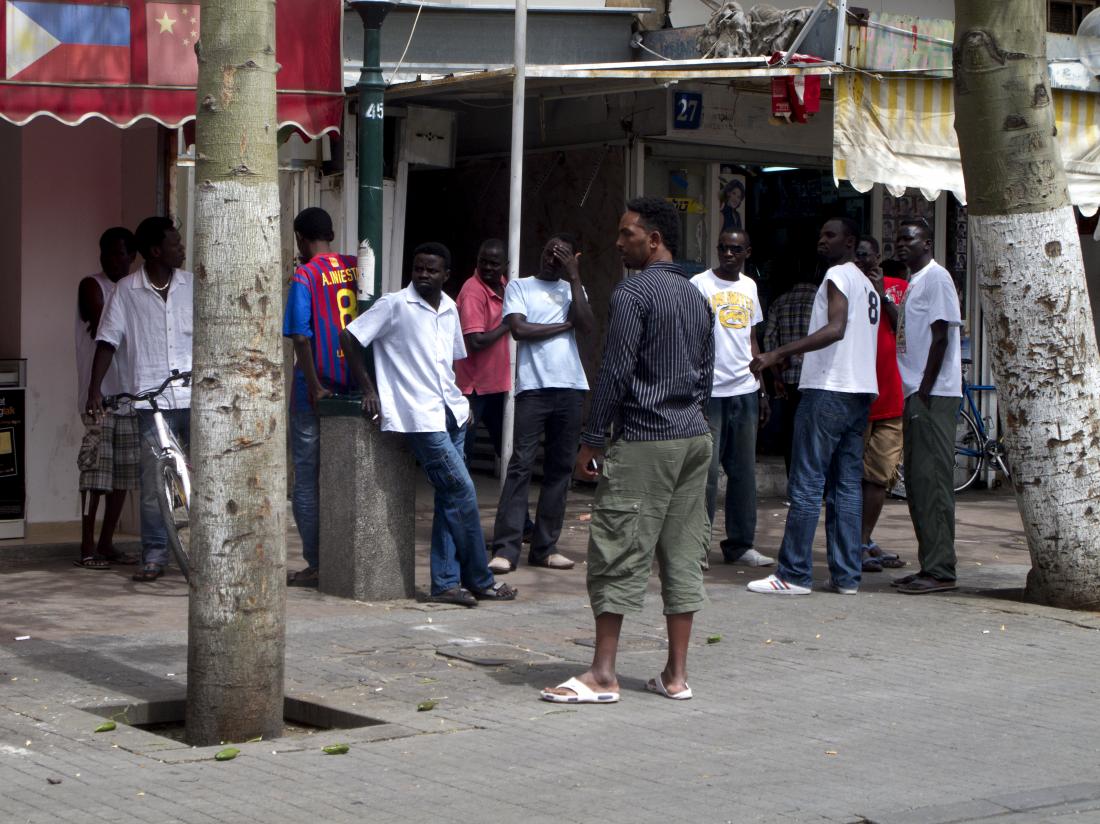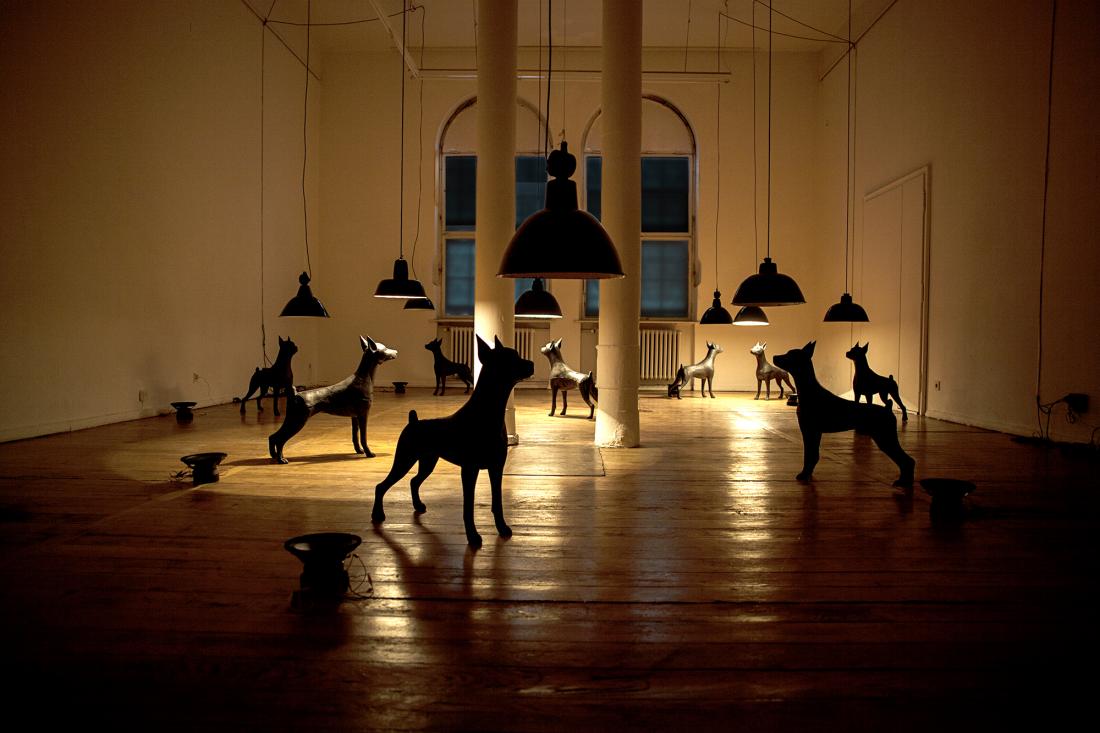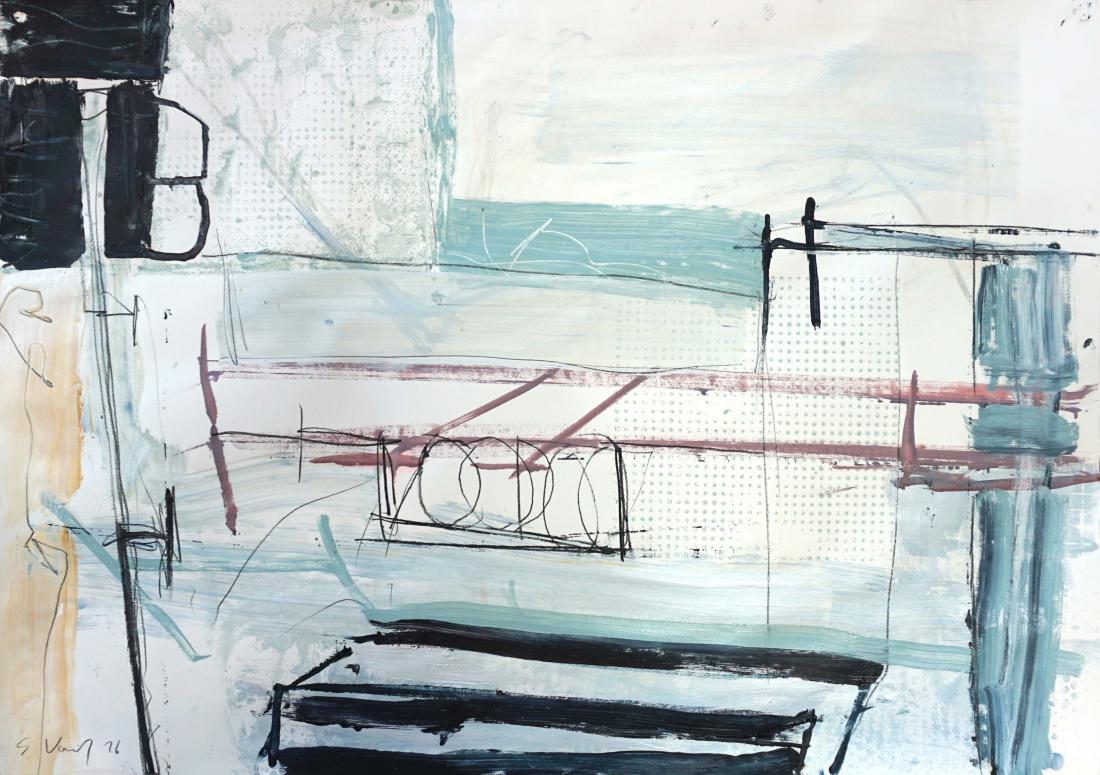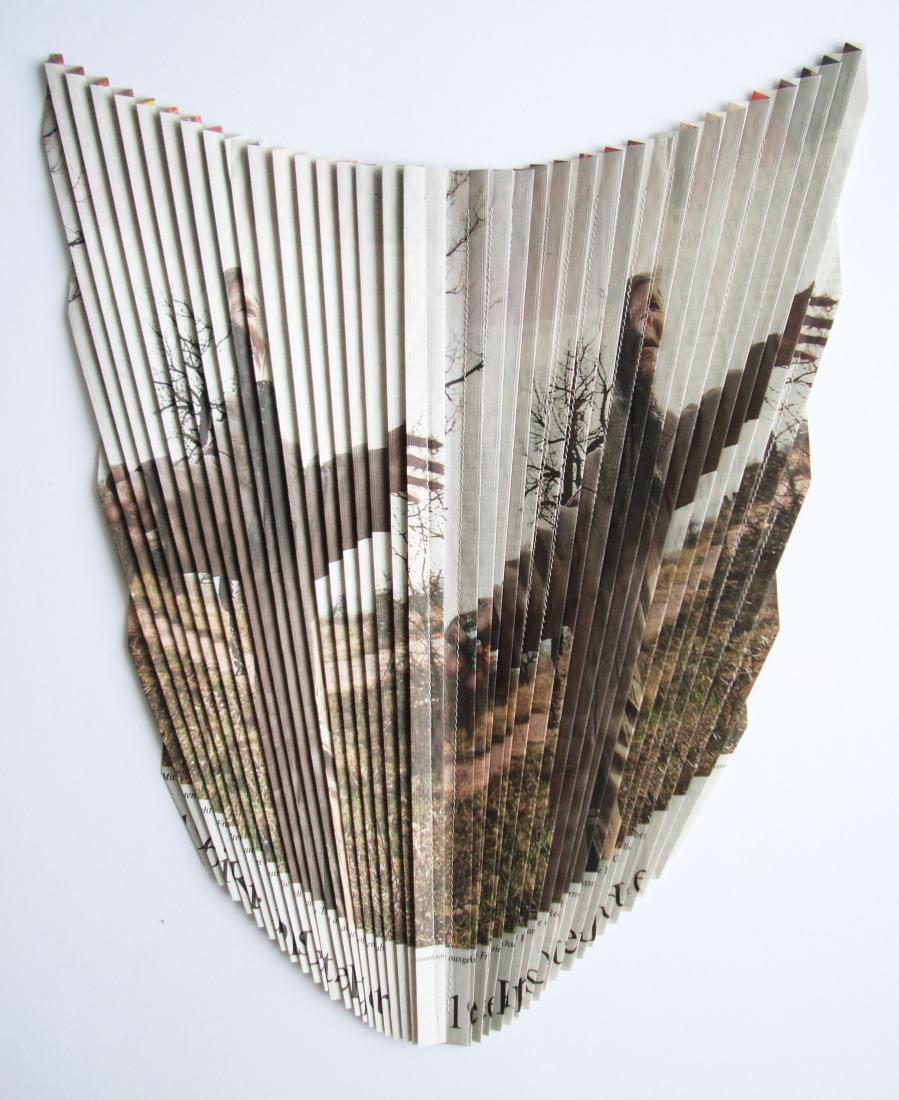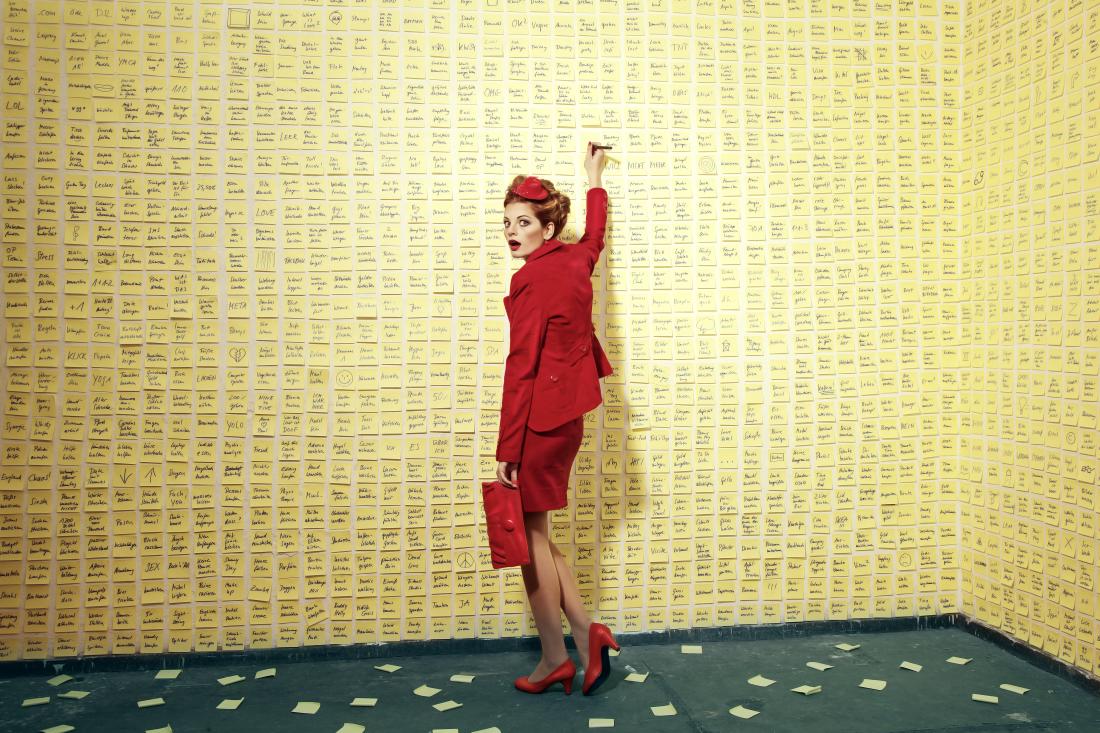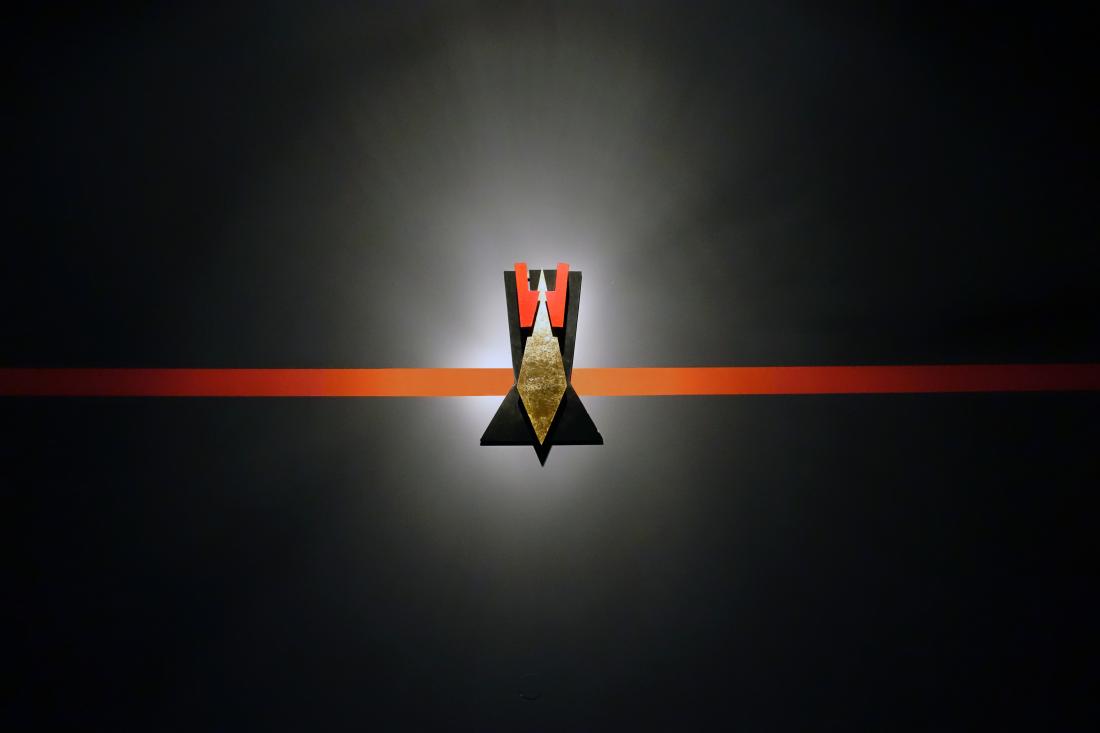re_form
28.7. - 01.10.2017
57 days
164 artists
25 nationalities
29,000 visitors
OSTRALE – Biennale is the third largest exhibition for contemporary art in Germany. It is not a sales exhibition per se, which gives us the freedom to discuss socially relevant issues apart from the market development. OSTRALE's guiding principles, such as peaceful coexistence, acceptance of the stranger / unknown, respect for each other, religious diversity and internationality, are reflected in the exhibitions.
There is close cooperation with Dresden institutions, collectors and galleries as well as with international curators, biennials and cultural institutions. This is how new ways and possibilities are opened up to go abroad. Among other things, we will be in the European Capital of Culture in Valletta (Malta) in 2018.
Furthermore, we maintain good contacts with Saxon schools, which use the OSTRALE for educational purposes. 9,300 pupils and students were at the OSTRALE in 2016 alone. In addition to the exhibition, we offer an extensive framework program (music, dance, performance, etc.). The barrier-free infrastructure, a blind and hearing-impaired app, as well as targeted workshops with special target group participation, enable socio-cultural participation.
„re_form"
By definition a reform is a systematic and non-violent change of existing conditions without ignoring the essential intellectual and cultural foundations. The aim of a reform is improvement. Contemporary Art can ask questions and generate solution approaches in a nessecary re_form-process. The guiding theme „re_form" deals especially with the question of organised change of existing cultural policy and cultural systems in Europe, Germany and particularly in our town, that is preparing to apply as „European Capital of Culture 2025".
Ideas for a re_form concerning ourselves
By switching from an annual exhibition to a Biennale-concept OSTRALE itself is in a state of re_form. Furthermore, the special exhibition space of OSTRALE in the heritage protected buildings of the outstanding architect Hans Erlwein have to be rehabilitated after the exhibition in order to enable a further use.
re_form in Art
re_form is a basic element of Art and essential feature of creativity and artistic work. The pieces of Art function as mediators. Unlike the times of the Avantgardes it seems today that statements of novelty in Art are mostly based on rediscovery and forerunnership. What moves artists to turn increasingly to role models and how do the associated homages, references, quotations and appropriations reveal in the respective piece of Art? Which prospects emerge for the future from studying the past?
re_form: A question of identity
The 11th edition of OSTRALE will take up an essential topic of the European Capitals of Culture: We raise the questions about human identity and new spaces in light of the refugee and migration movements in past and present, an amplified tendency toward nationalism as well as the dissolution of the European community of values (e.g. „Brexit"). Could Art in its materiality be a bridge between different identities, that overlap but don't merge?
Outlook 2017
– New invitation process
– Development of new European partnerships (cooperation projects)
– Support of new EU projects and European exchange
– School programs in light of artistic mediation and education policy
– Artist in Residency programs
– Discussions, expert panels
Further topics that move us in 2017
A) Theory of the „creative class"
If cities brand themselves as creative, economic growth will follow. This was stated by Richard Florida. The american economist saw a correlation between the economical strength of an urban region and the relation between highly industrialized workers, artists, musicians and homosexual people. Florida's theory found its way into urbanism and city planning. But: Who will profit from the generated prosperity? Frequently „creative professional groups" form a complete city zone and make it more attractive just to watch a following, ruthless economic takeover!
B) A pilgrim's path to Art or why opening urban spaces is so important
Travelling to Art places, especially if they are out-of-town and in relatively unknown areas, can touch, amuse, influence or even change humans as strongly as Art itself. The journey creates new ways of thinking. It is important to show Art even on hard-to-reach locations. The involved voyage is a meaningful effort, physically and mentally.
C) re_form & reformation, Luther, Reformator, 500 years
The placarding of the 95 propositions 500 years ago paved the way for a new and free, independent thinking and the freedom of conscience concerning faith and Christian doctrine. The human being has a free will – especially making seperate choices concerning religious matters. What do we think about this issue today?
Exhibition venues: the Western and Eastern feeding stalls in the historical Erlwein slaughterhouse of Dresden, Messe Dresden
Curators: Mykola Dzhychka/Ukraine, Oliver Kratz, Detlef Schweiger, Holger Wendland, Antka Hofmann, Andrea Hilger
OUT of OSTRALE O18: In the context of the new Biennale Concept of the OSTRALE, we will be involved in the European Capital of Culture Valletta 2018 at the Museum St. James Cavalier, at the German Maltese Circle and at Valletta Contamporary in Malta from May to July 2018.


